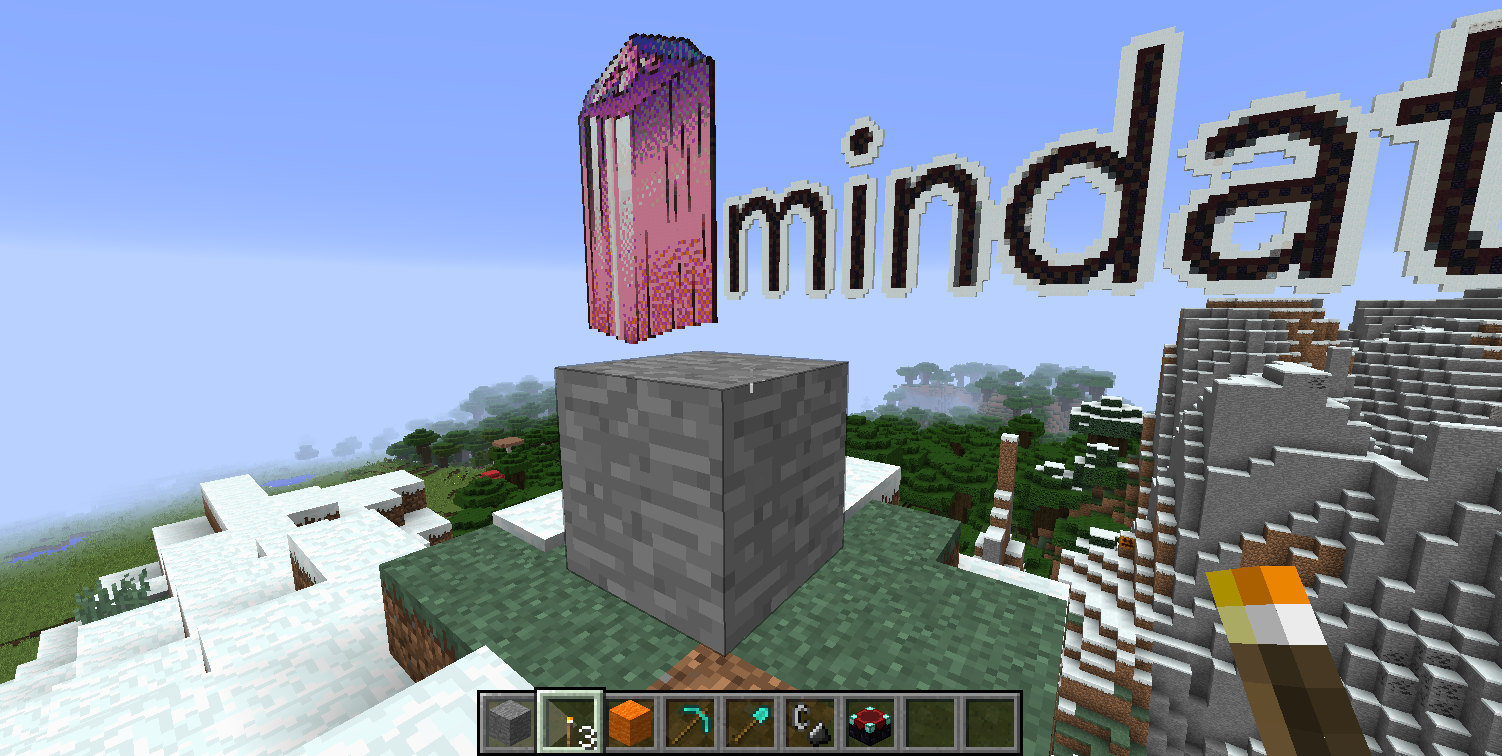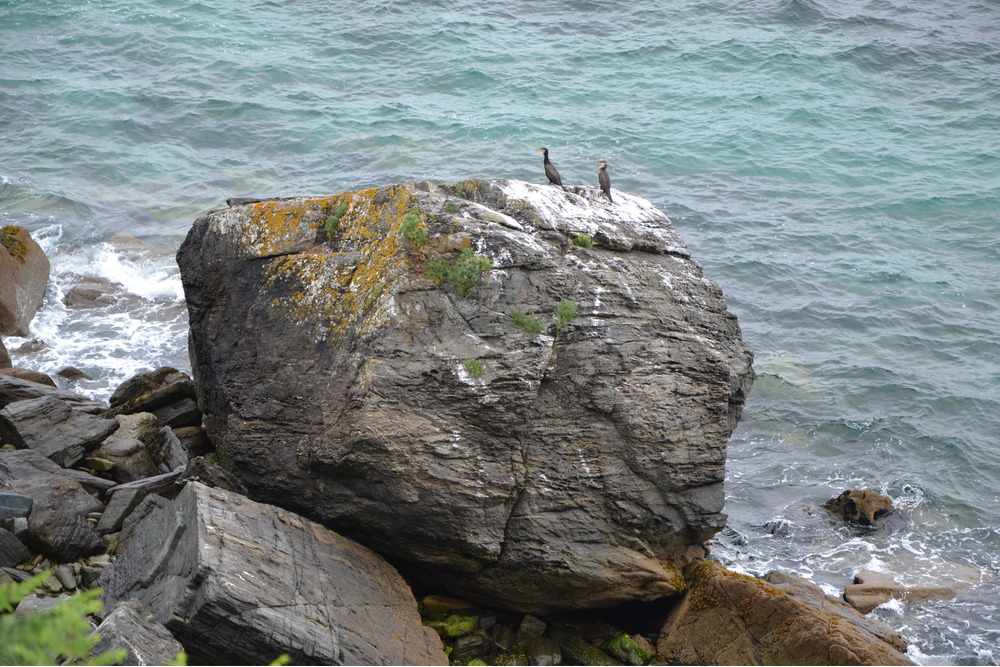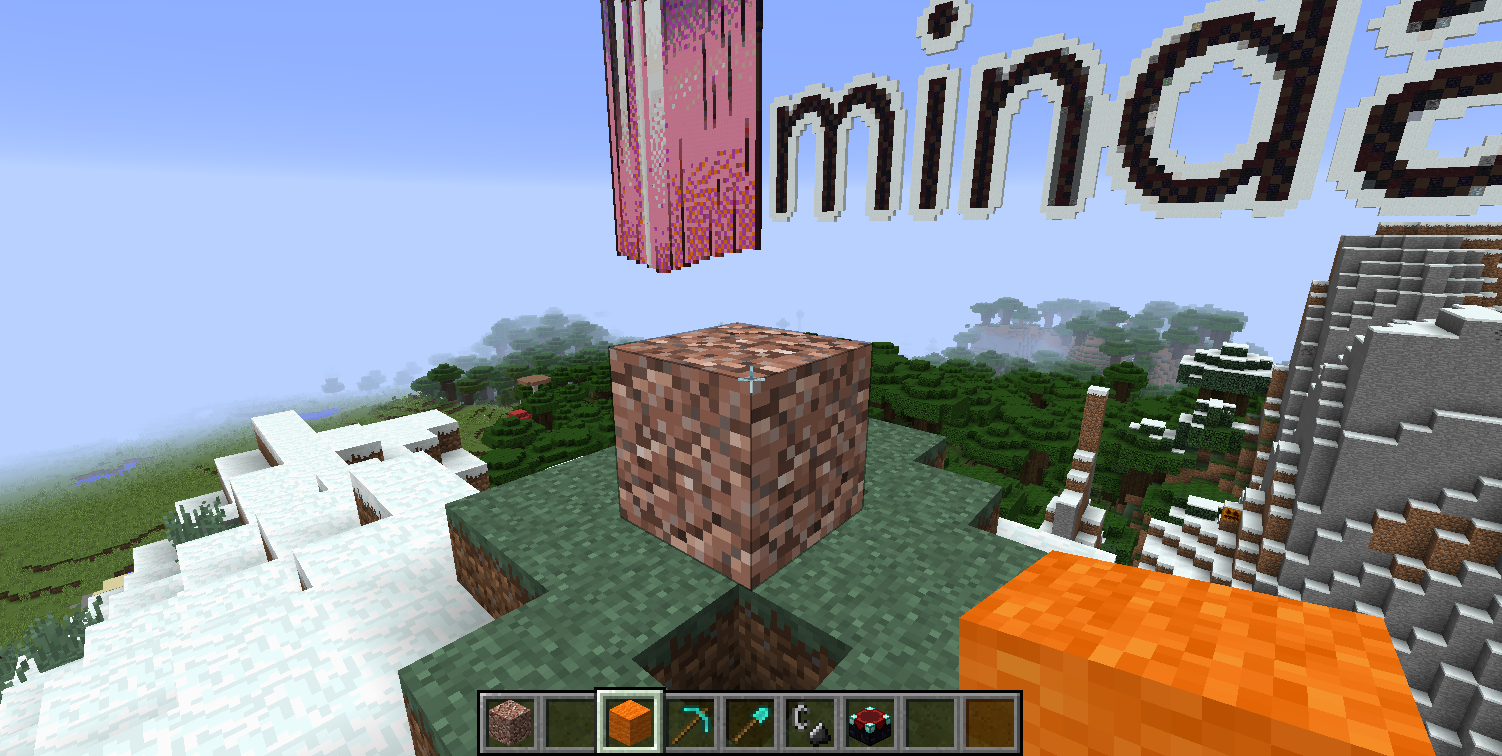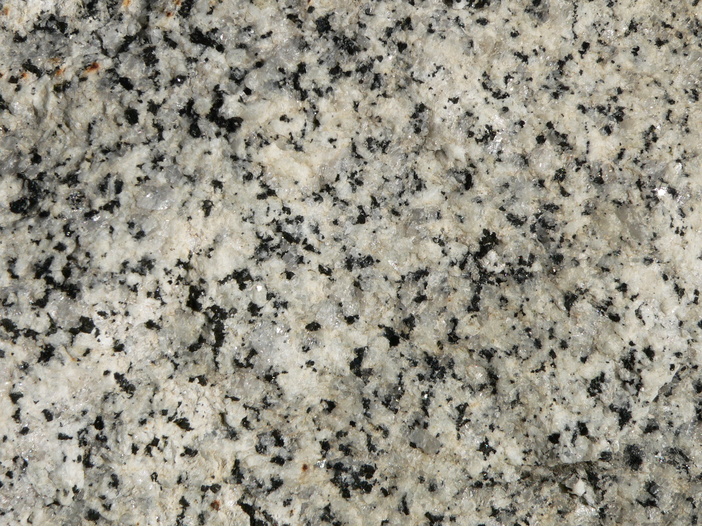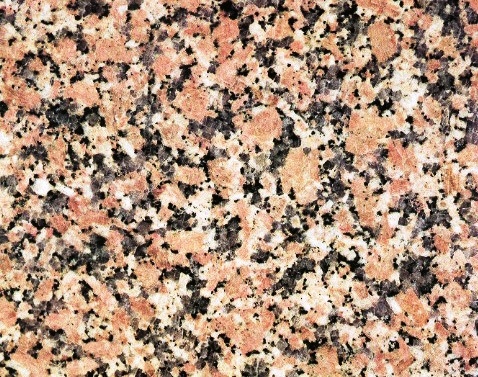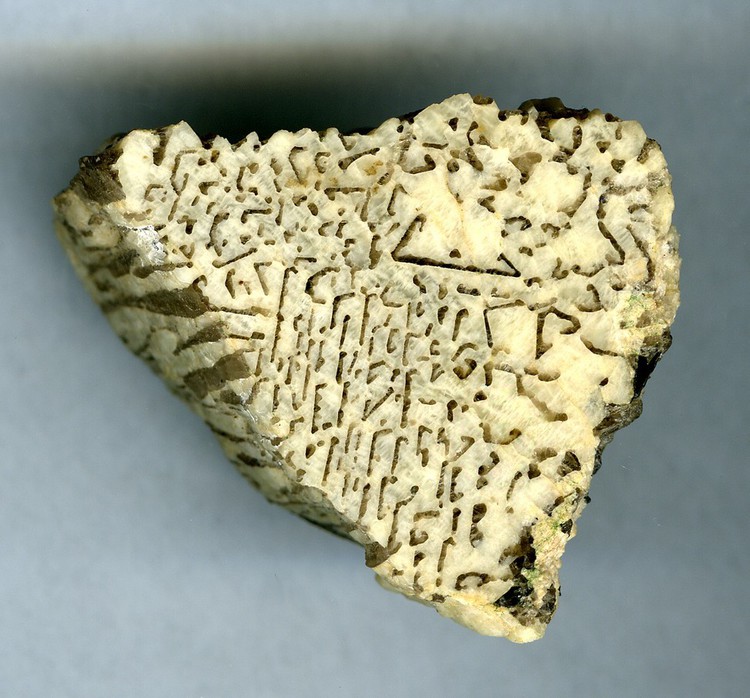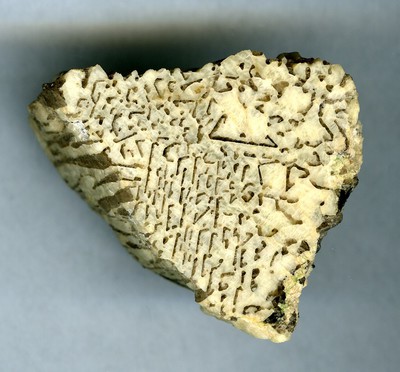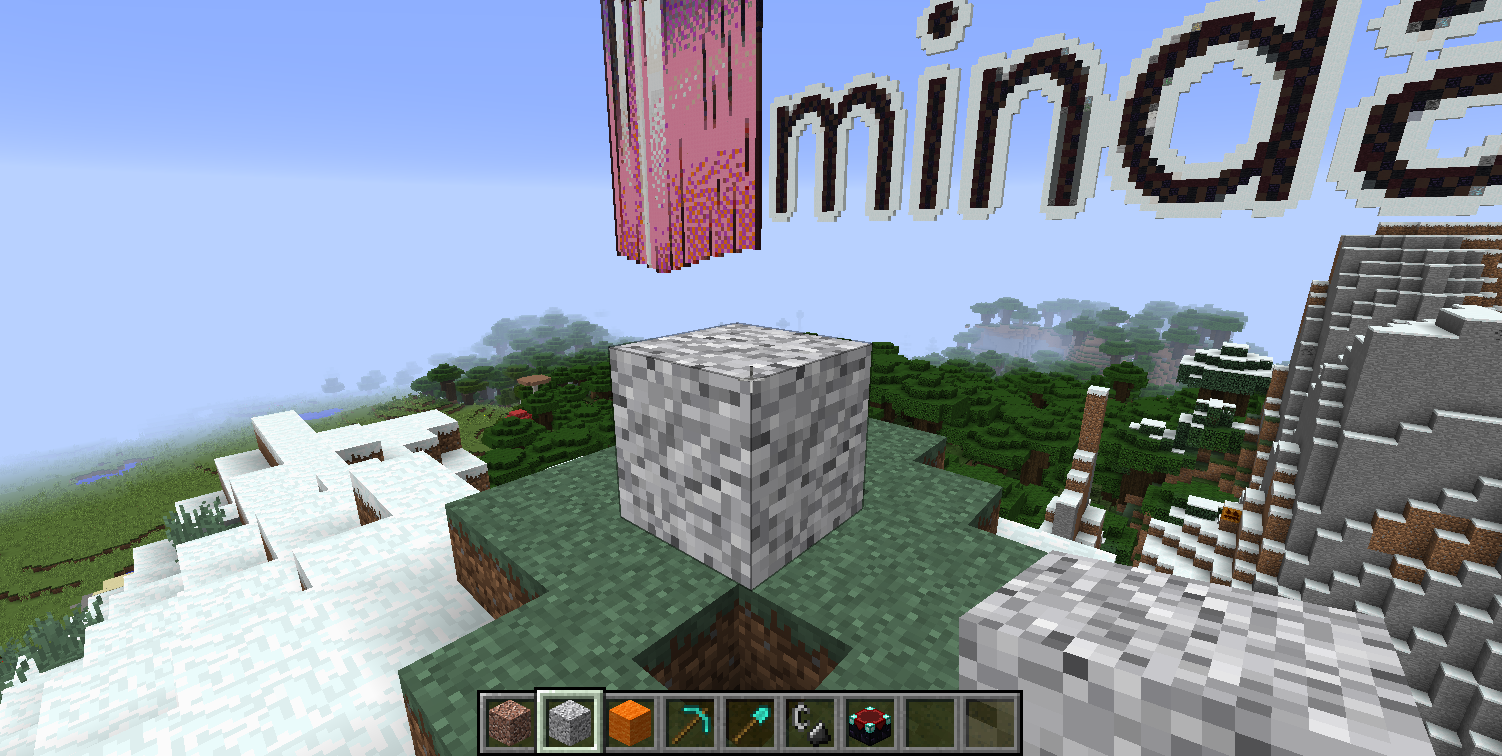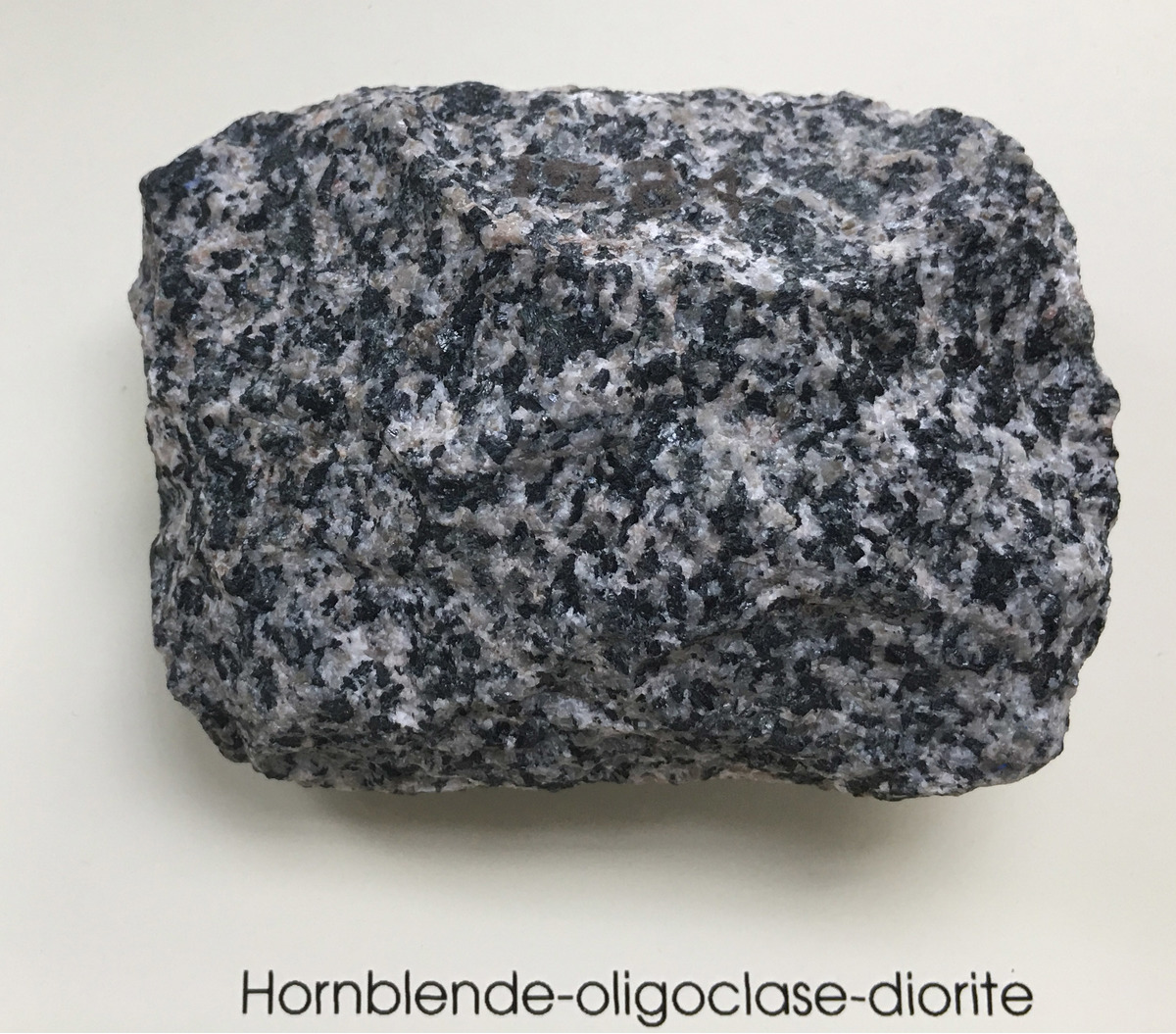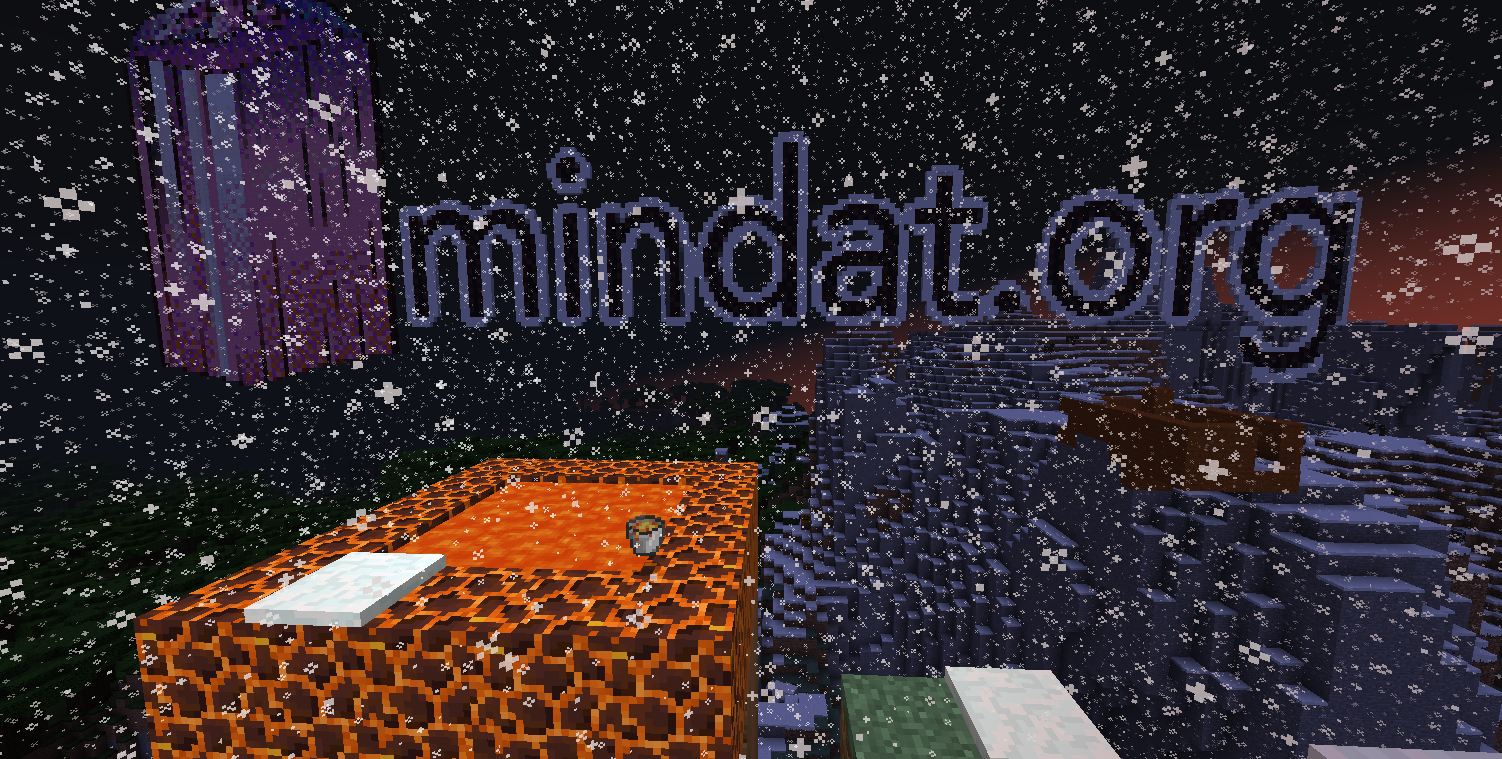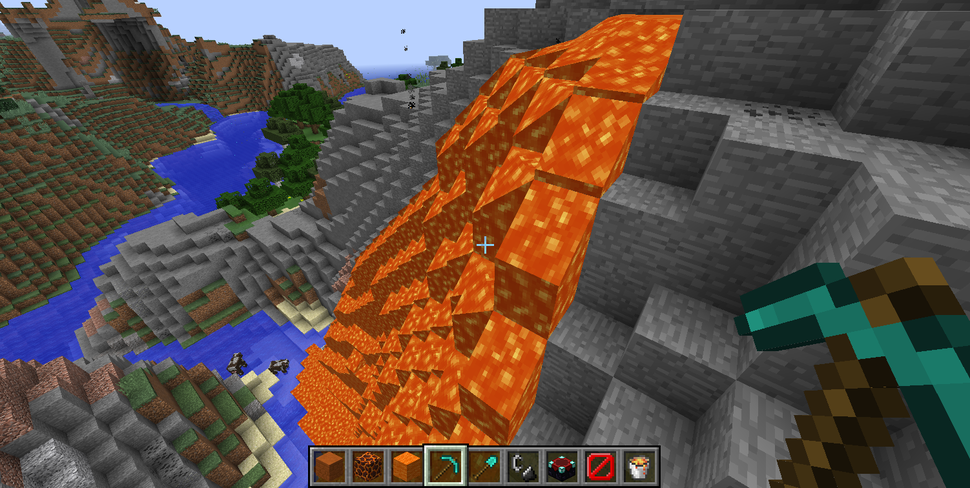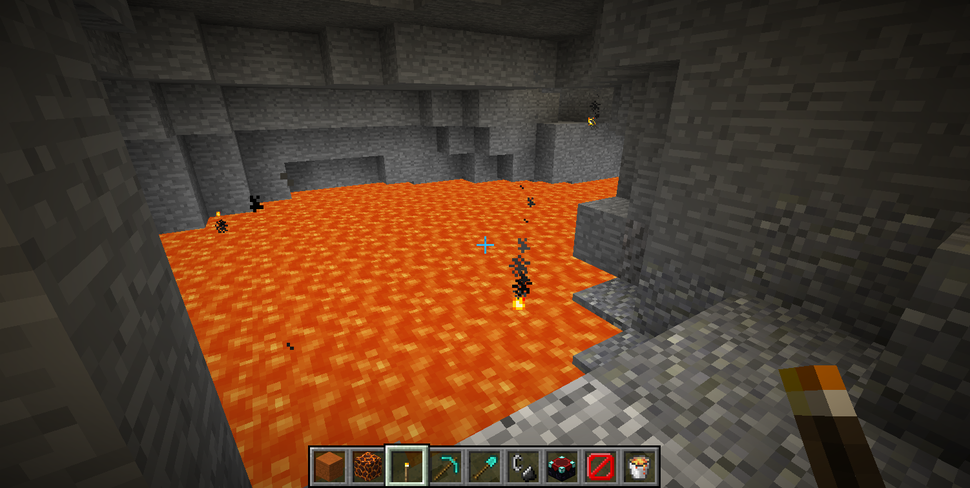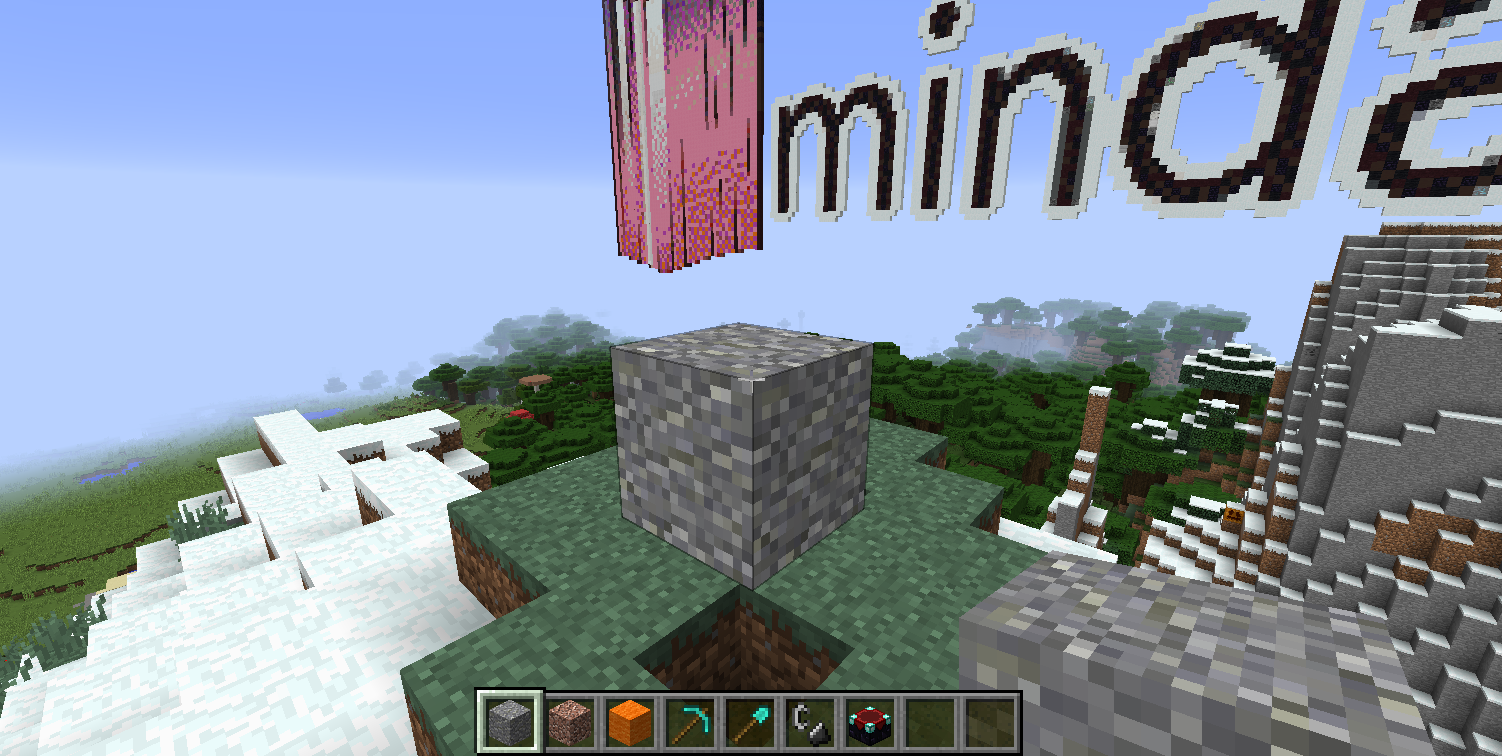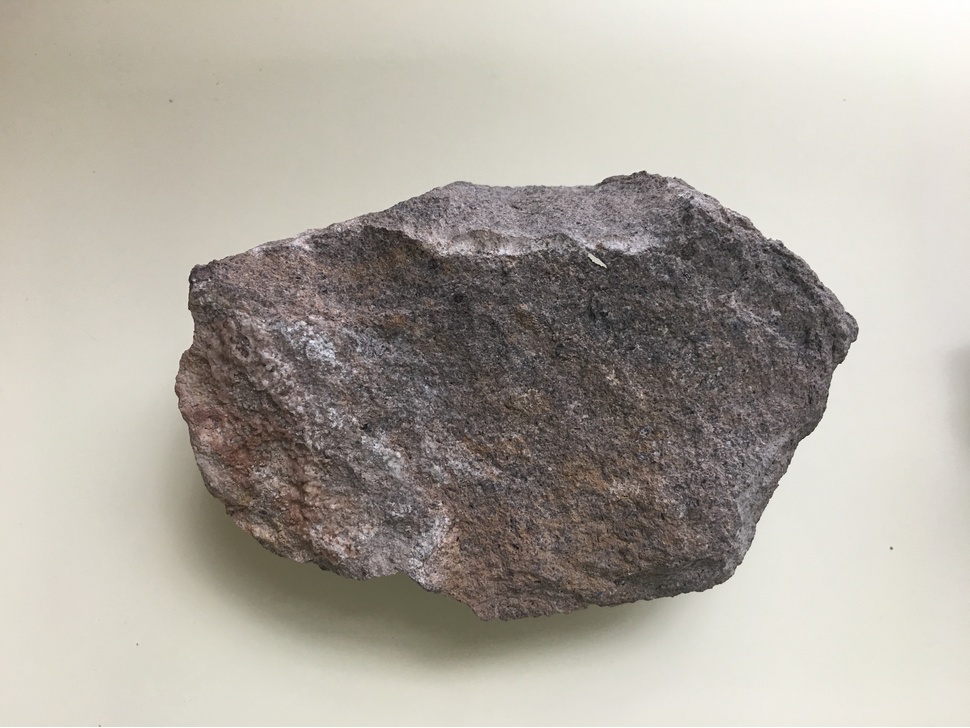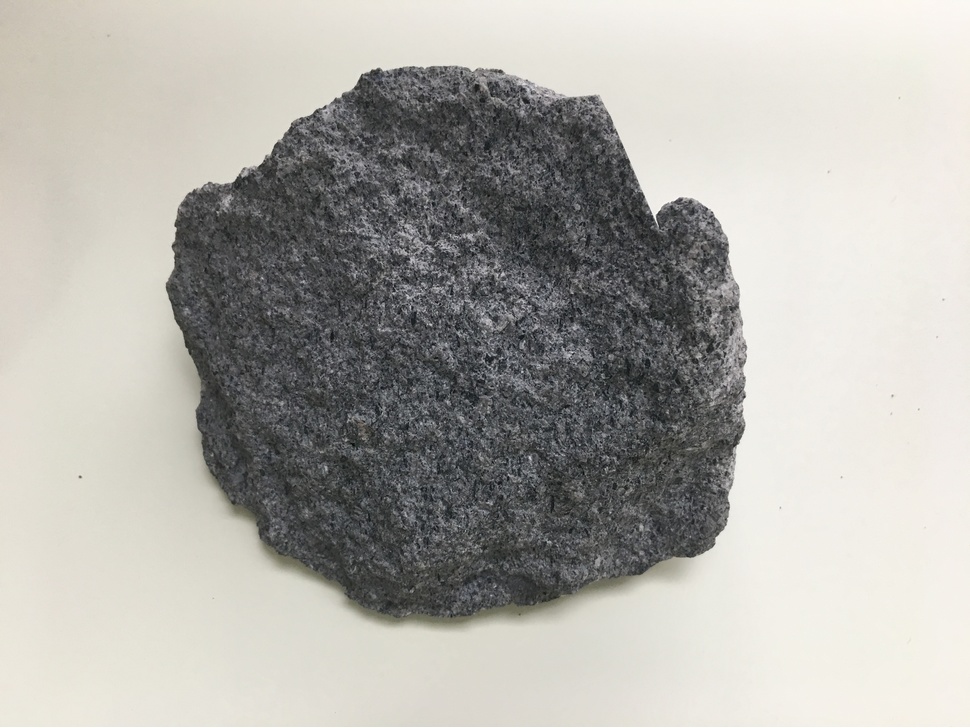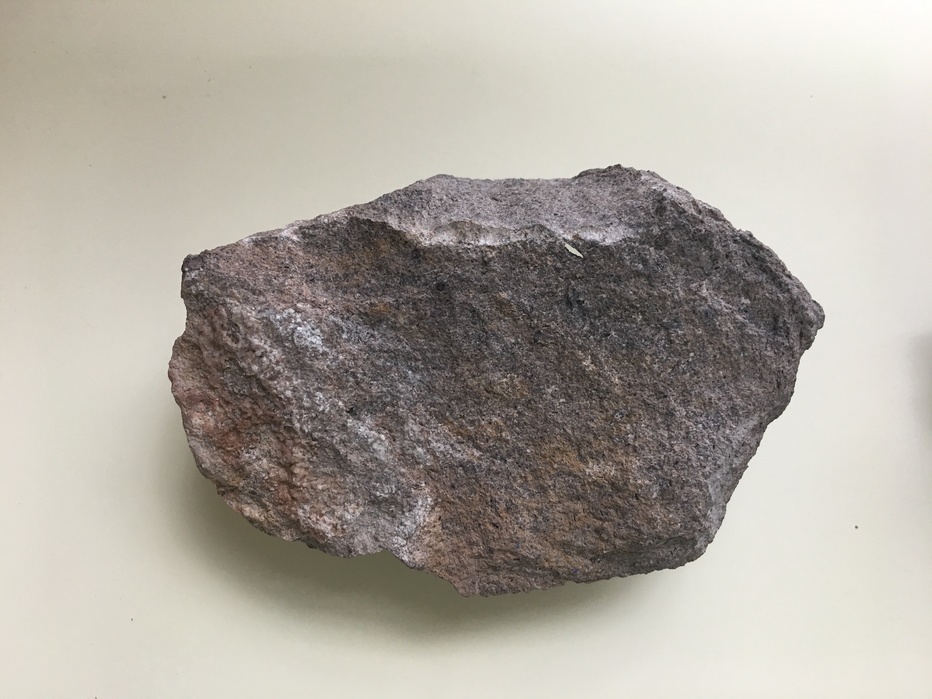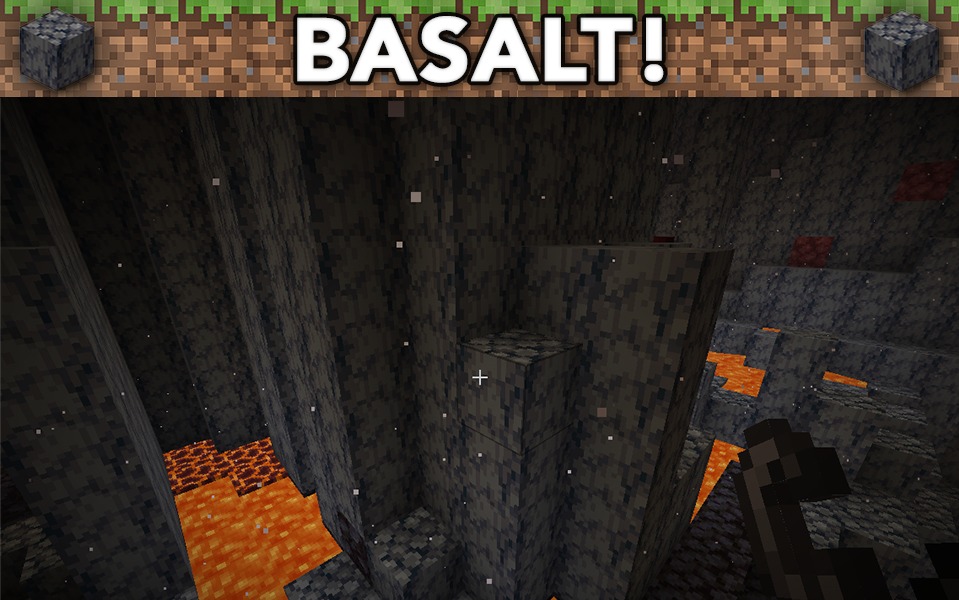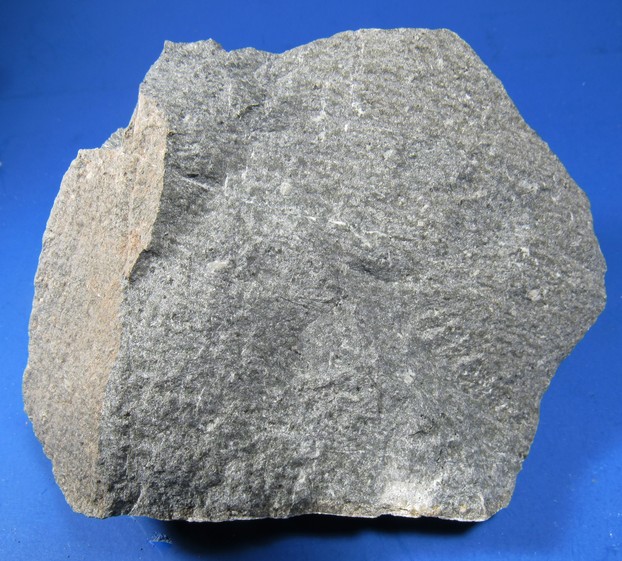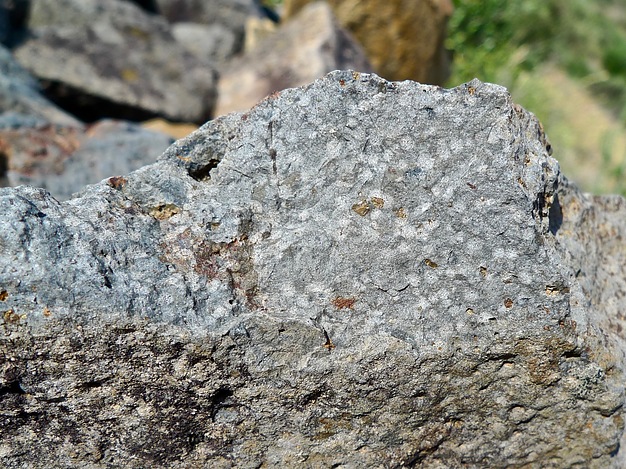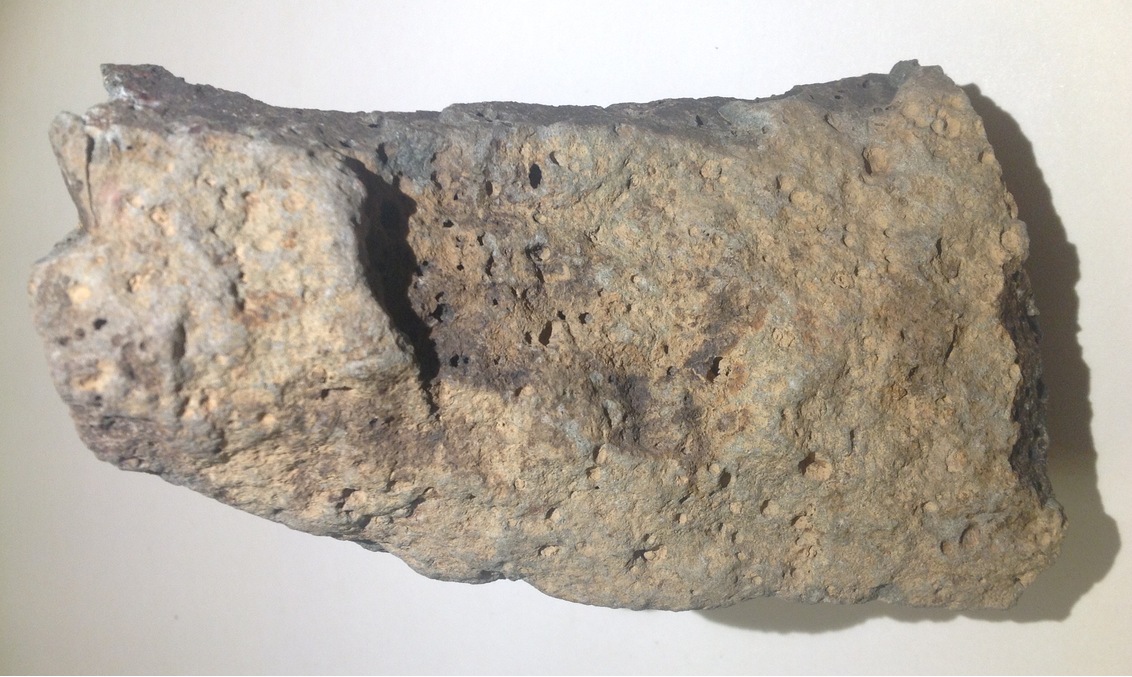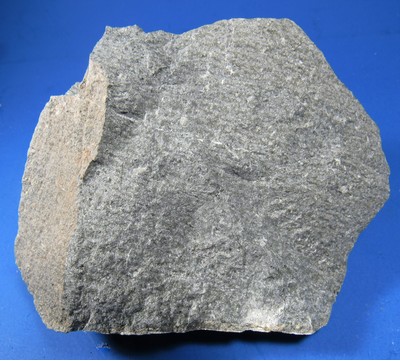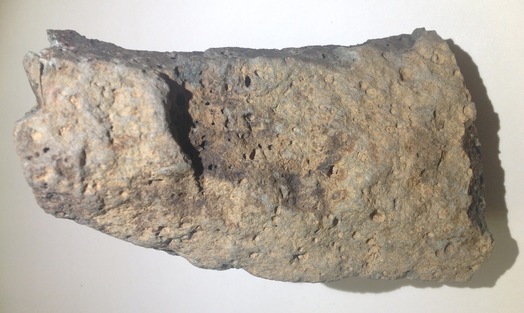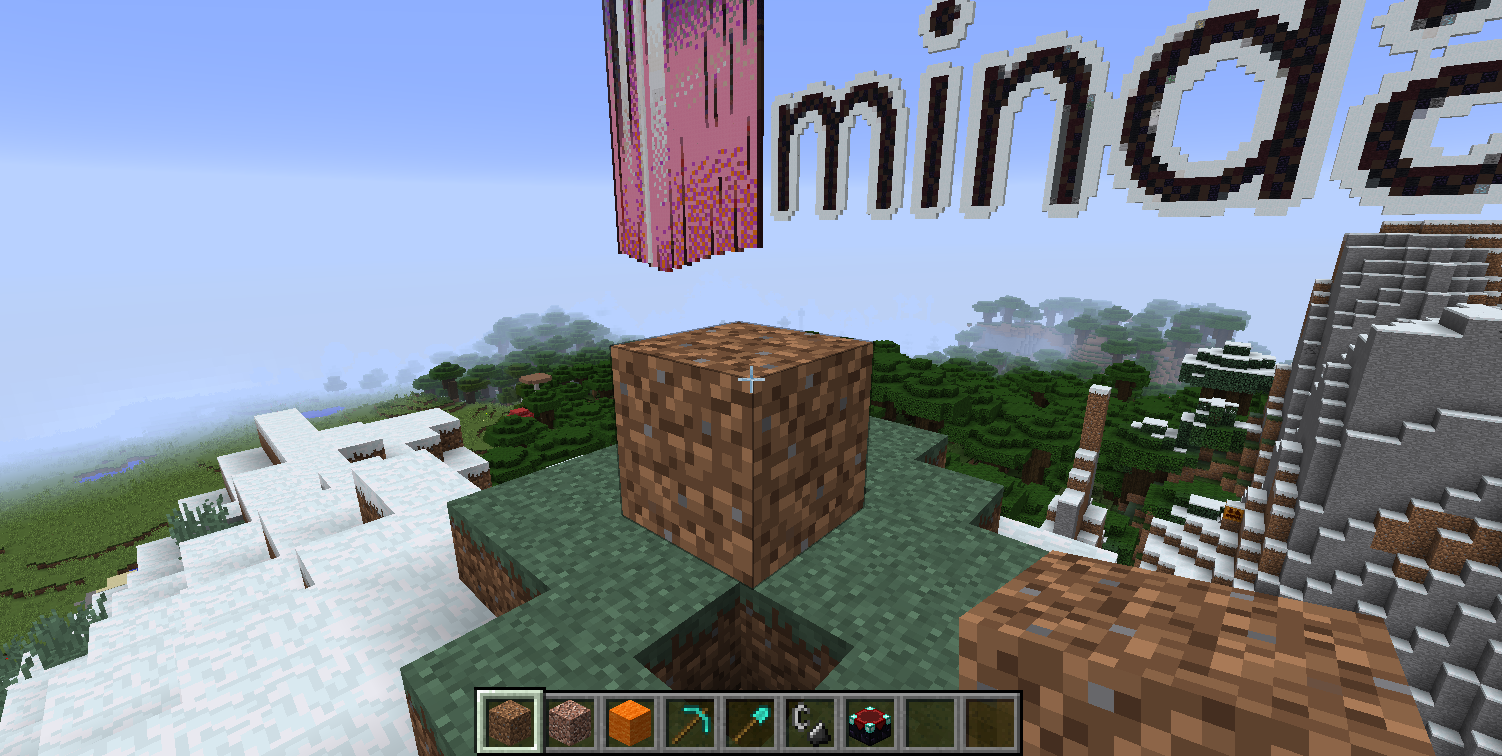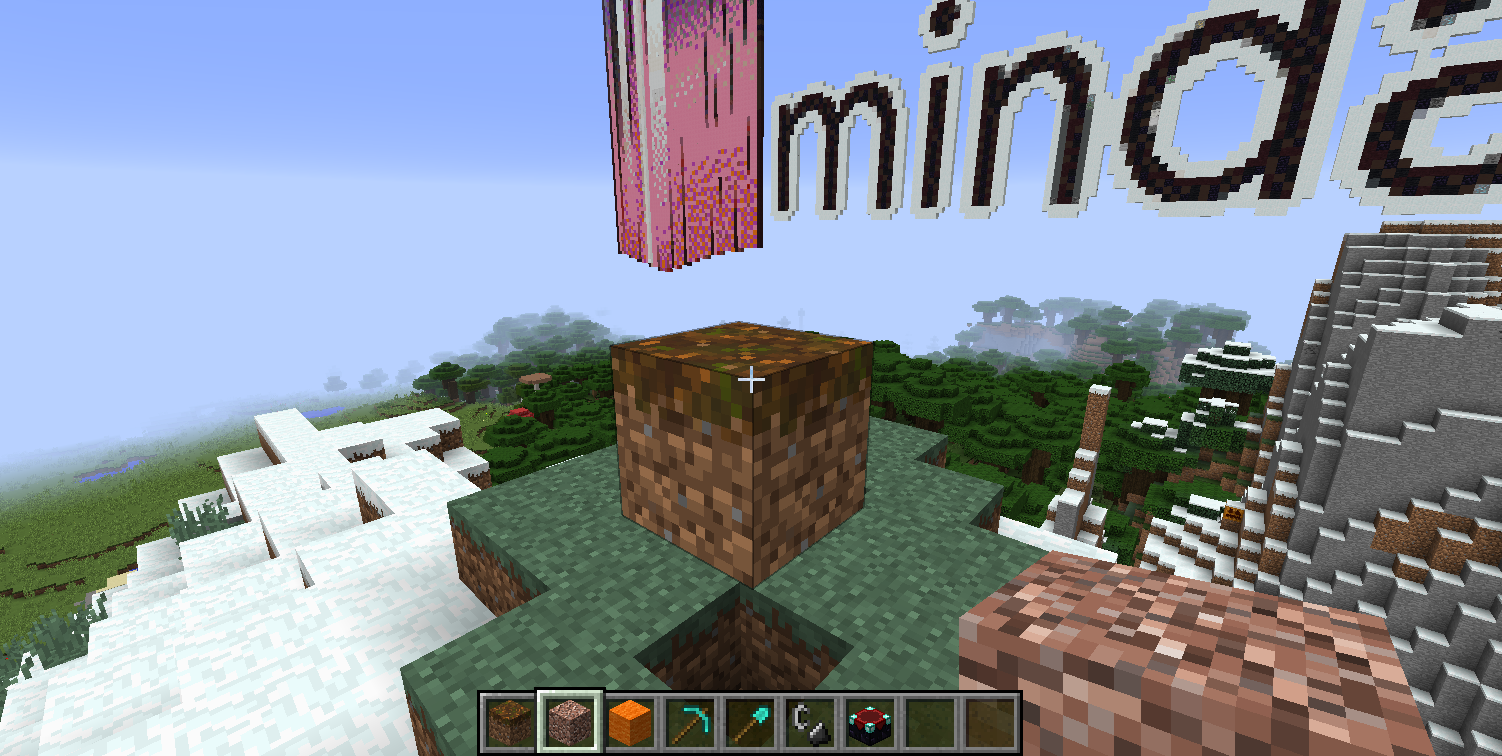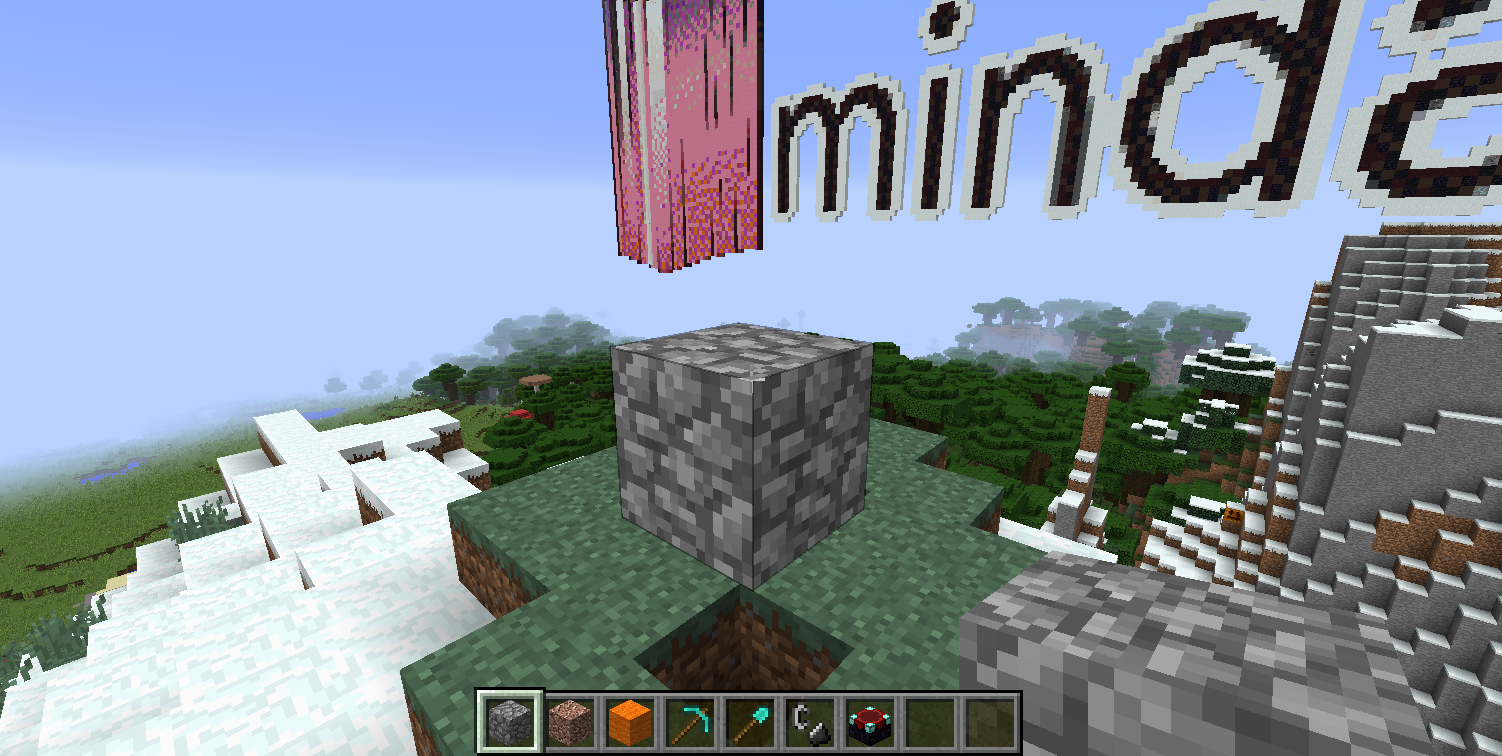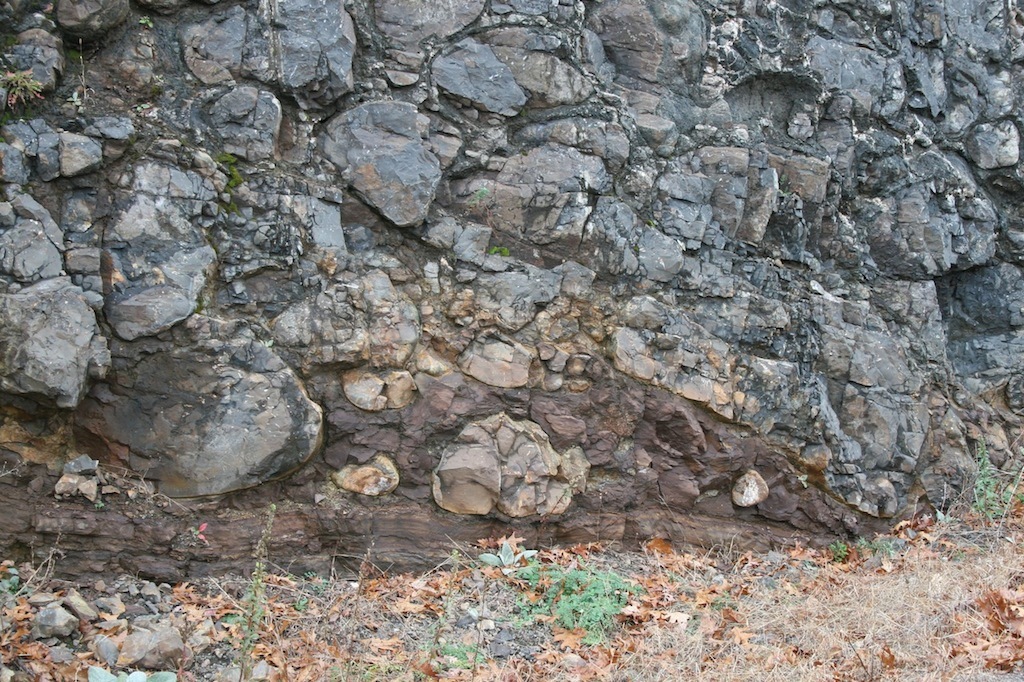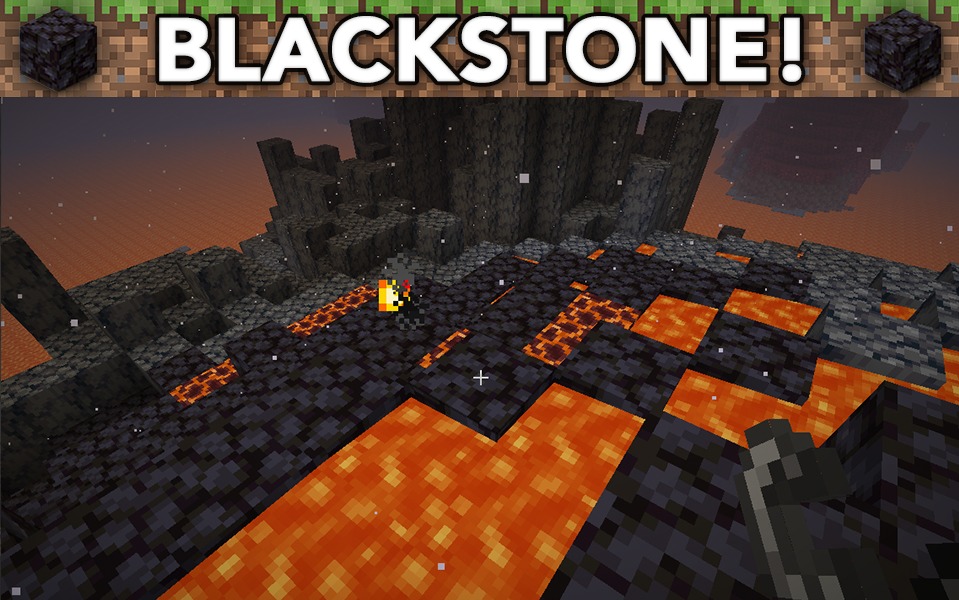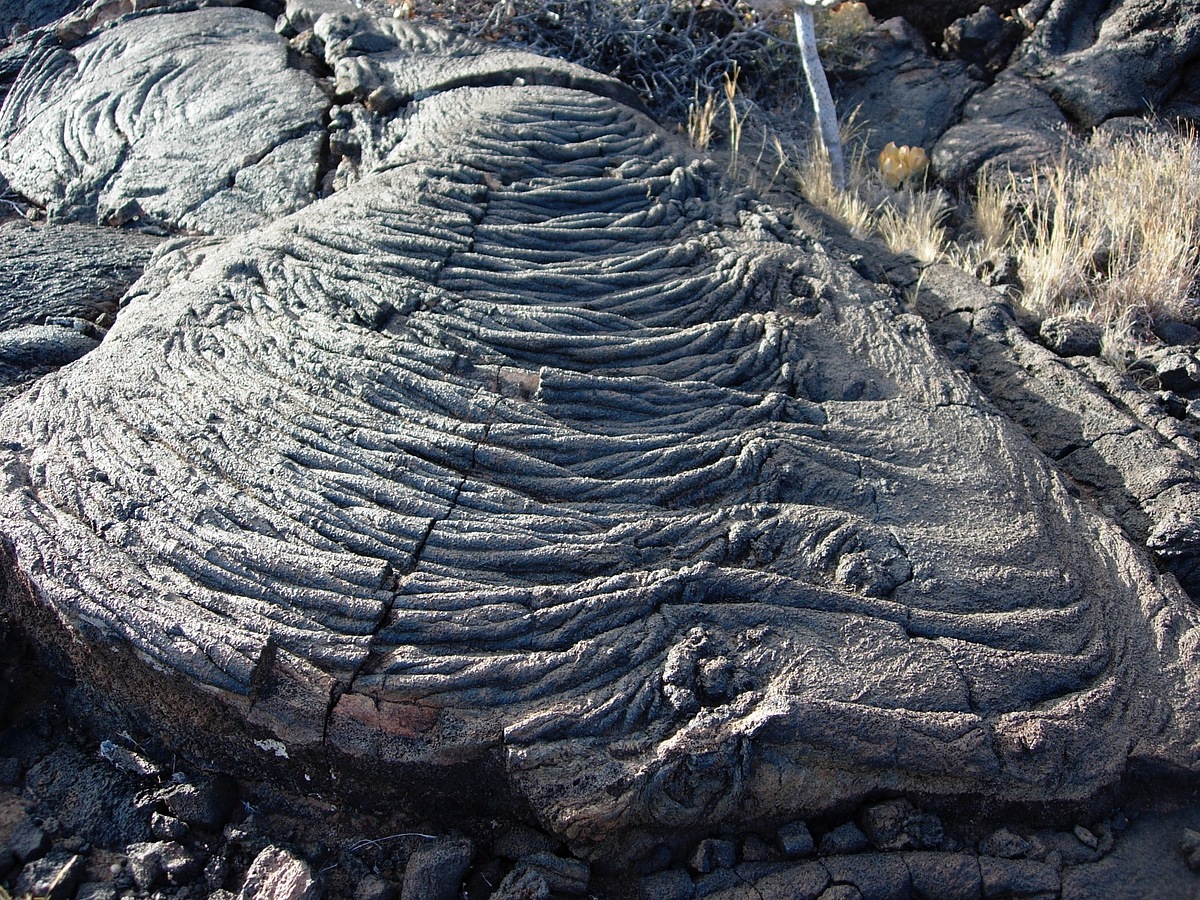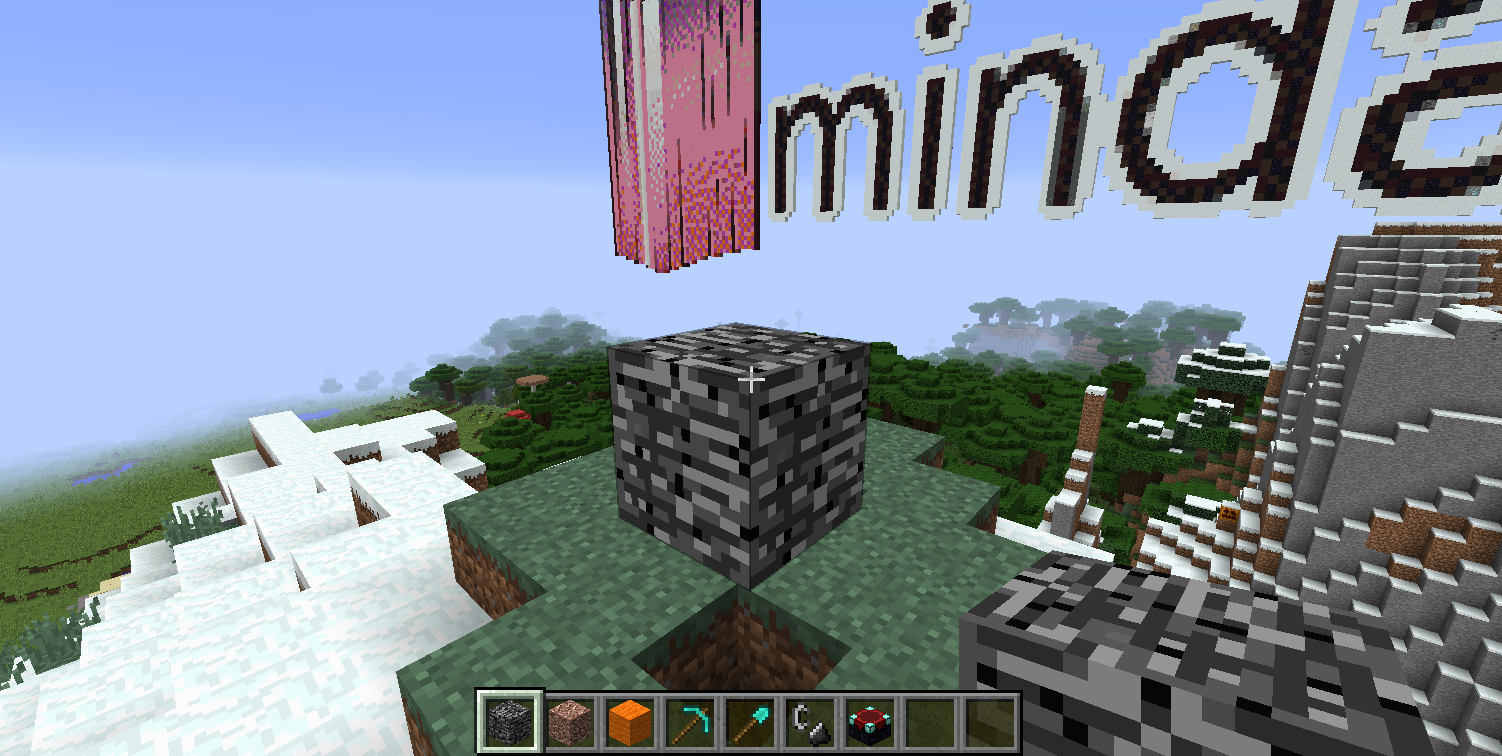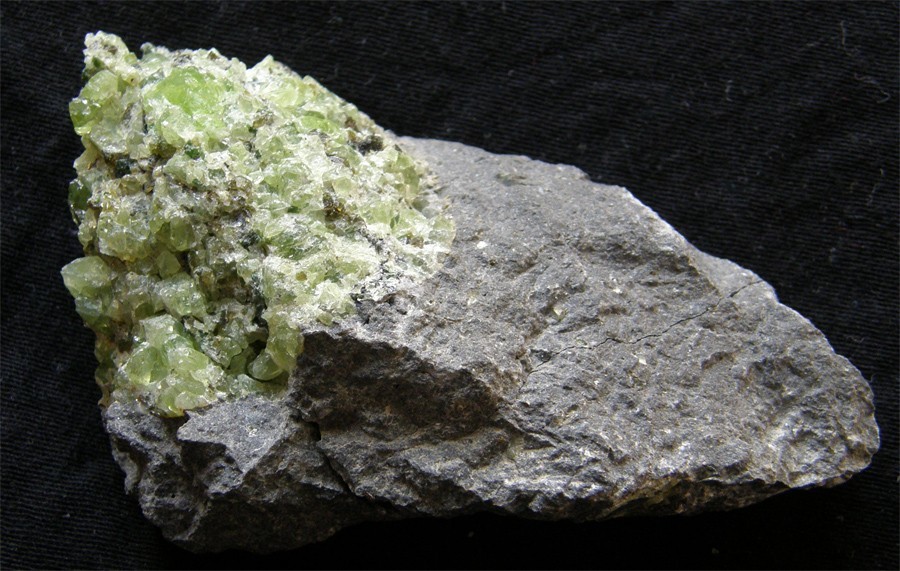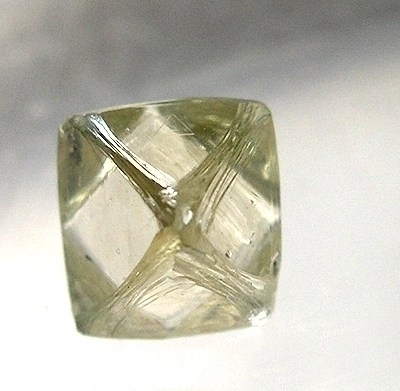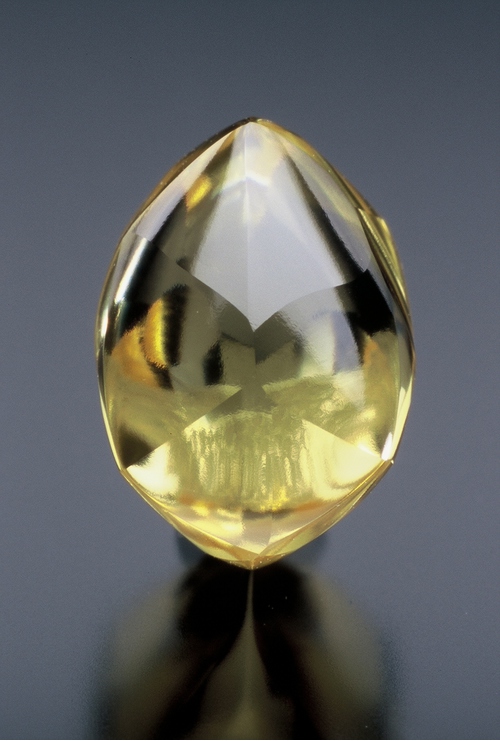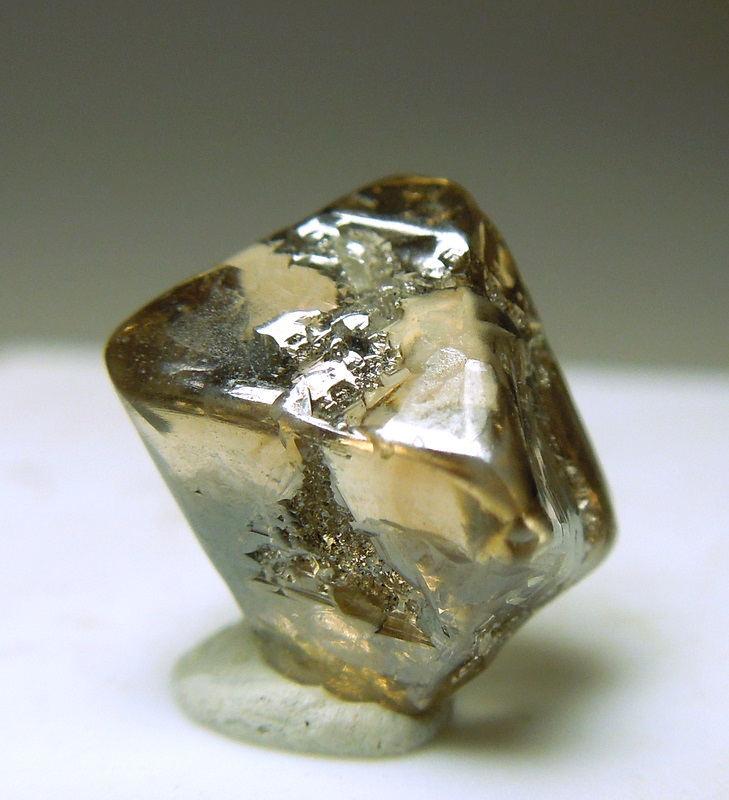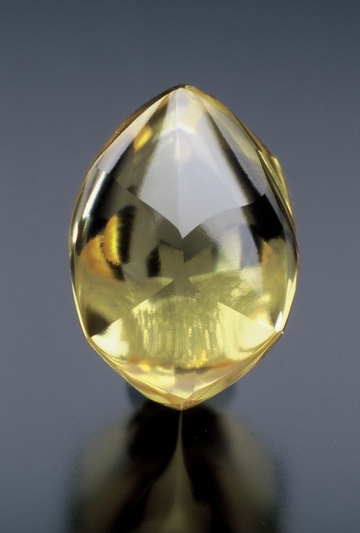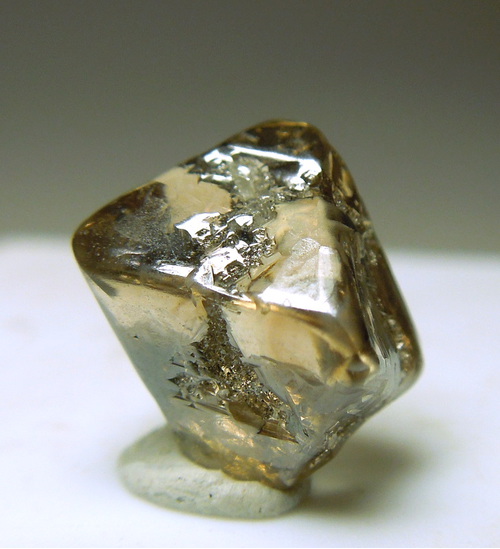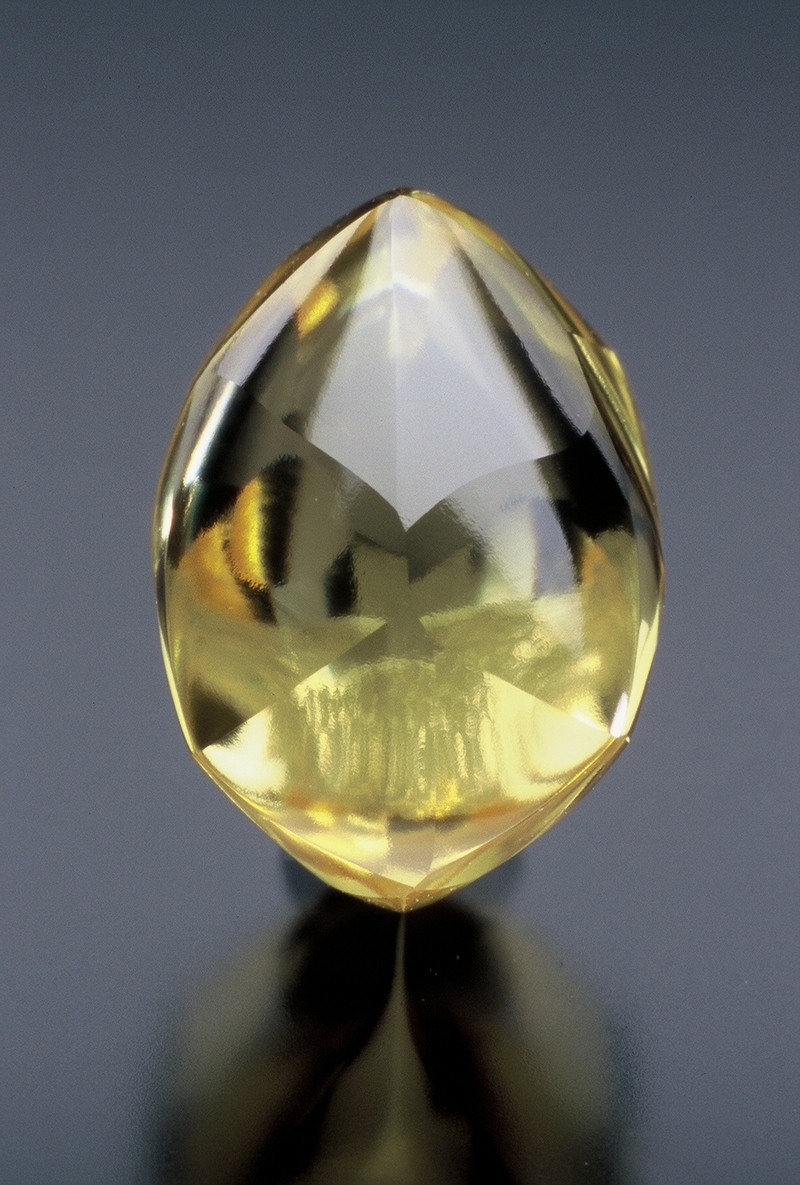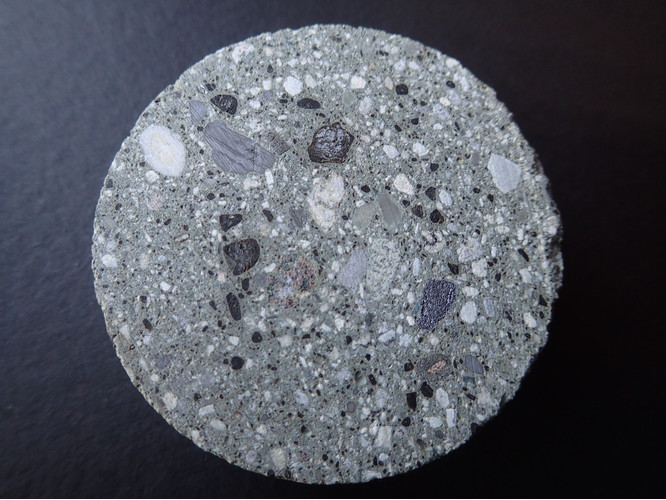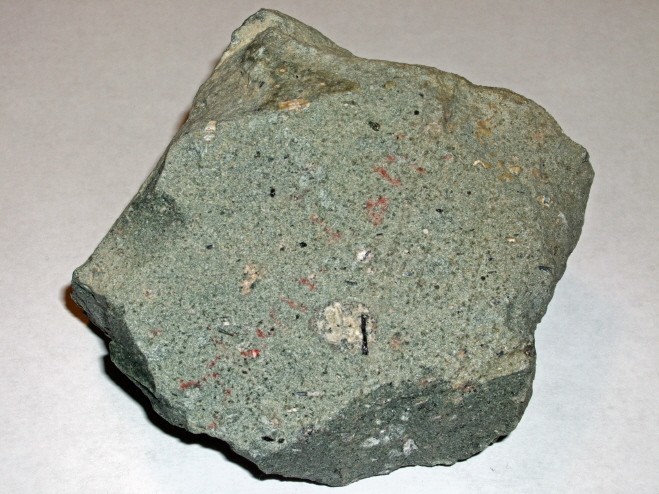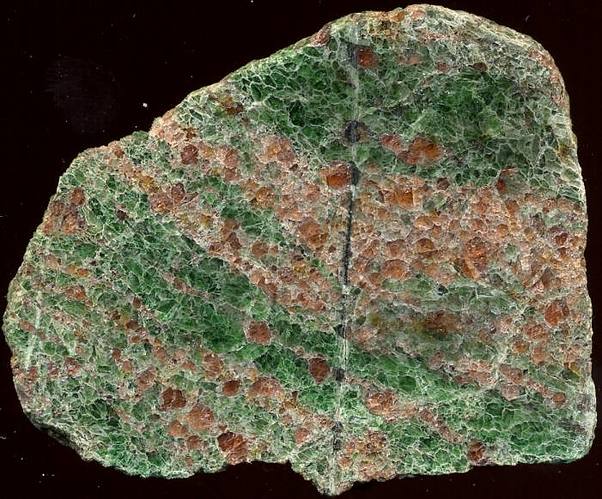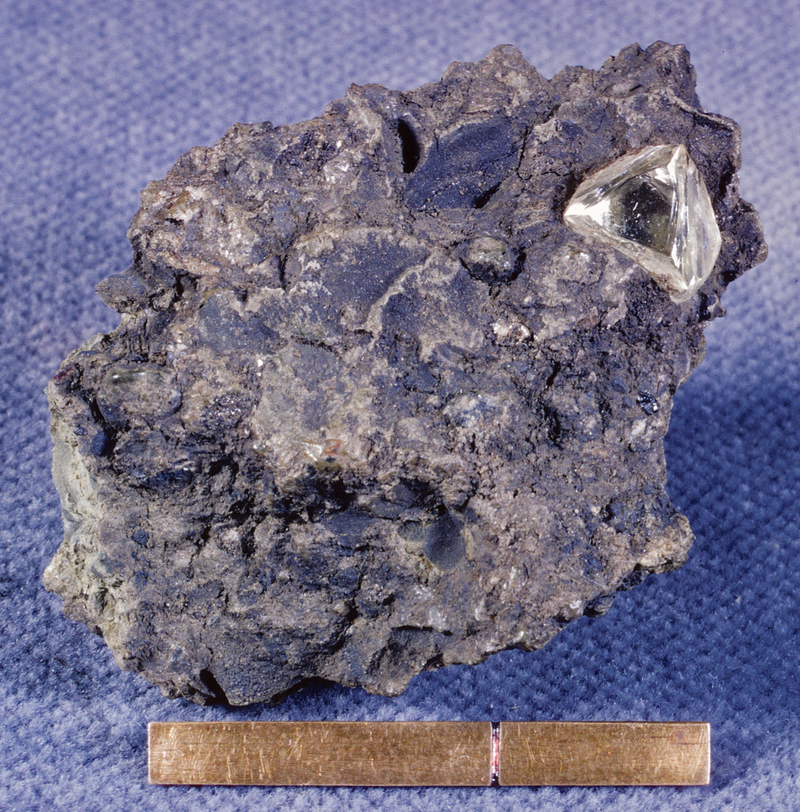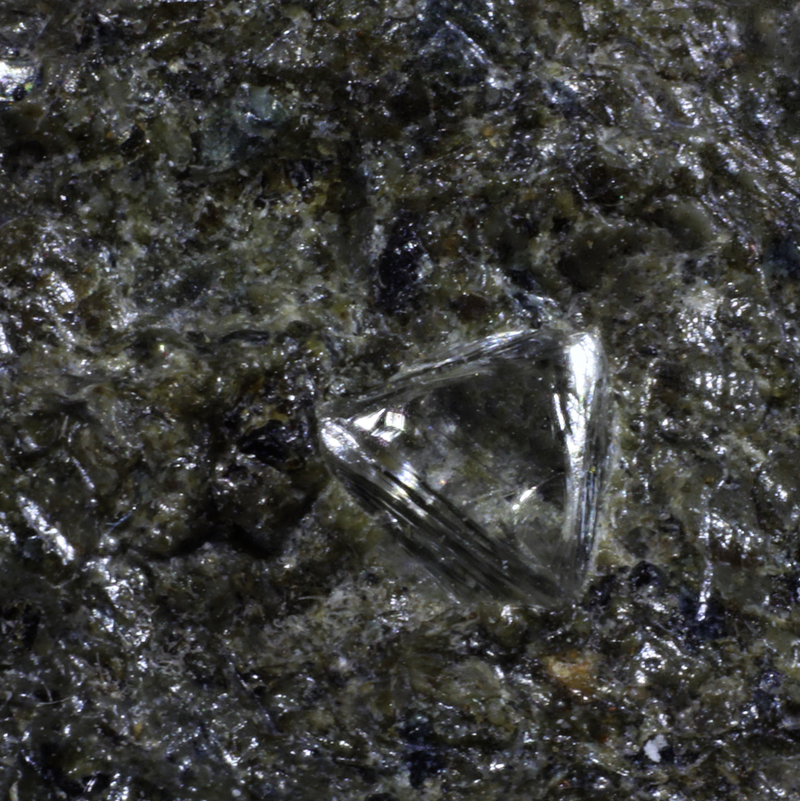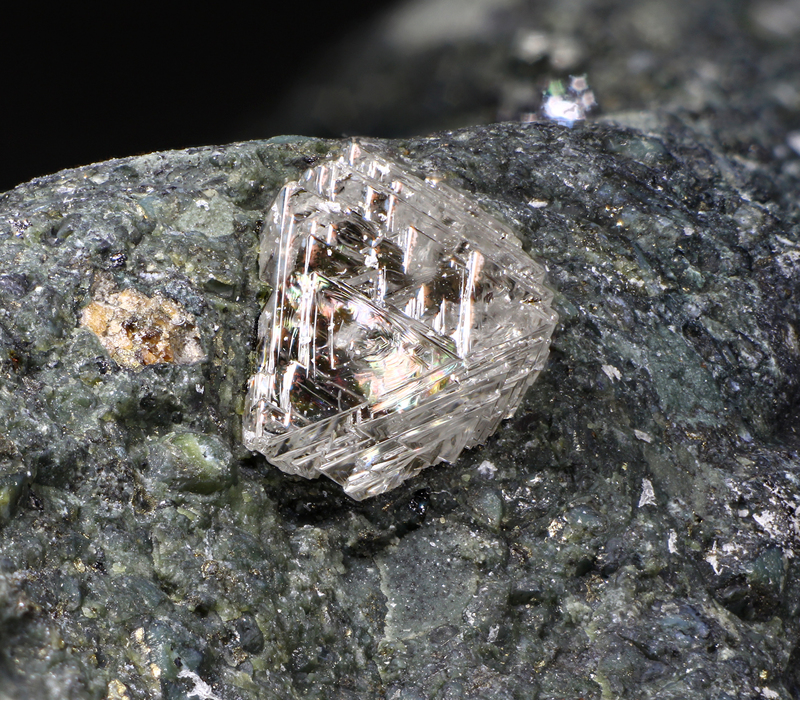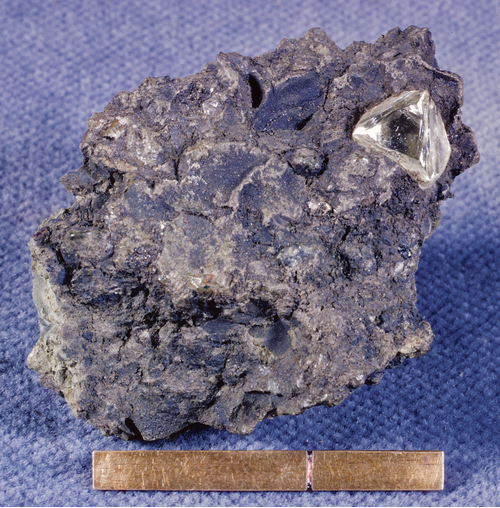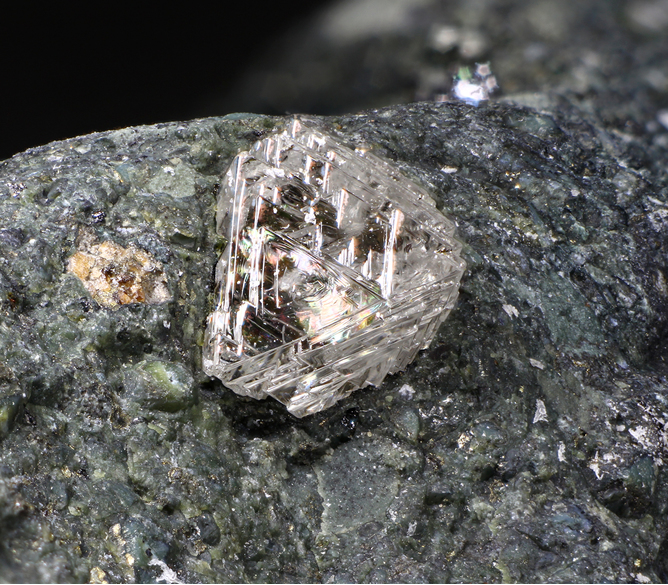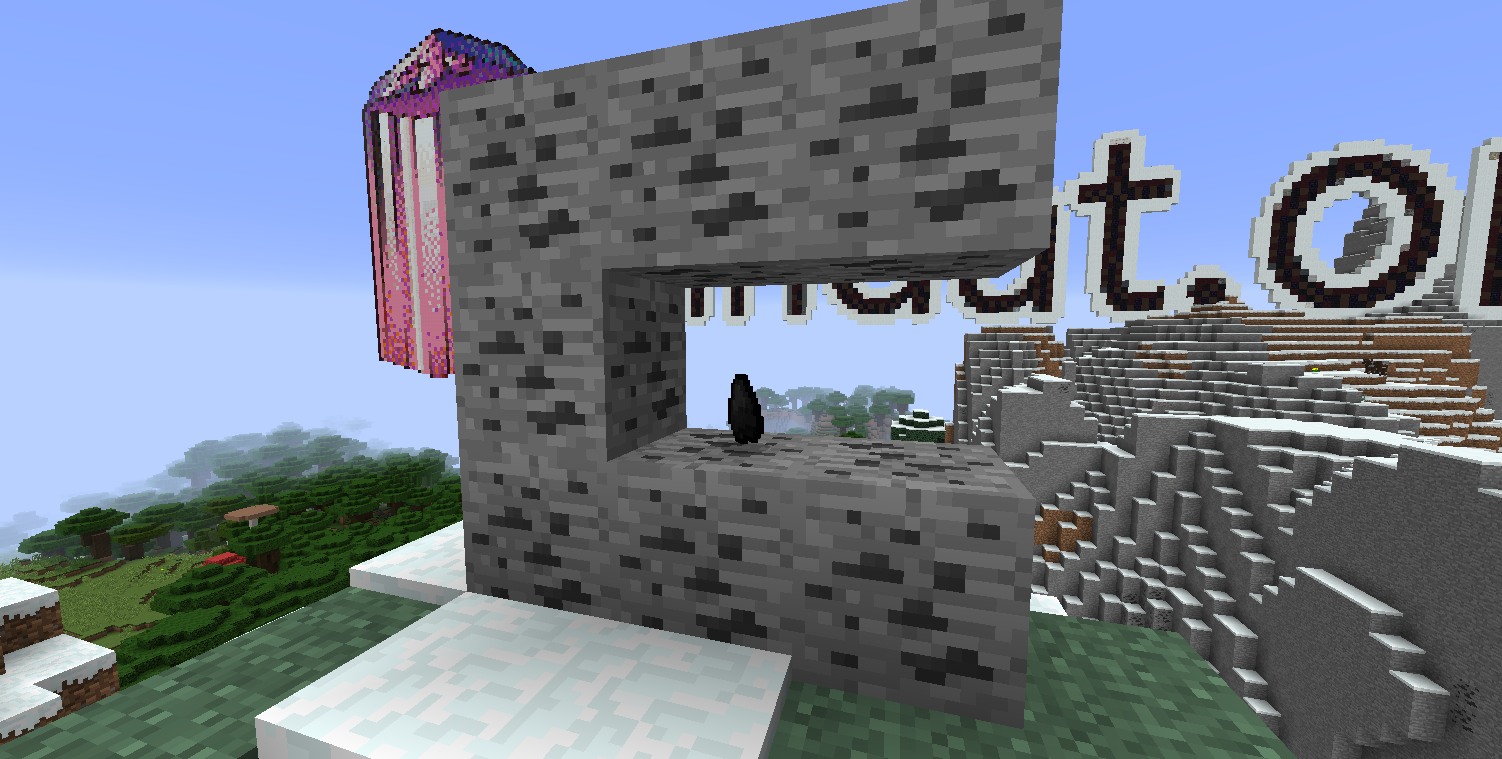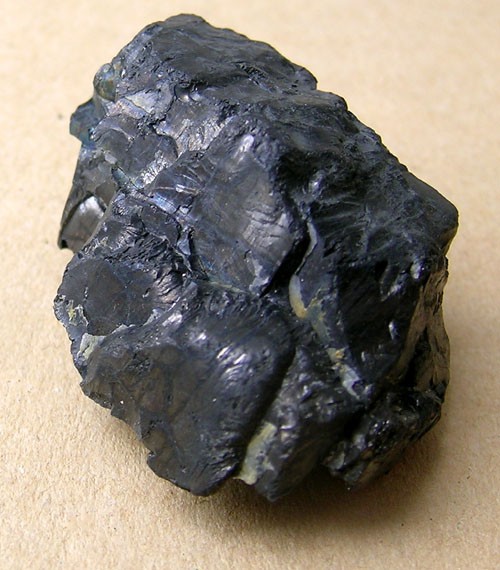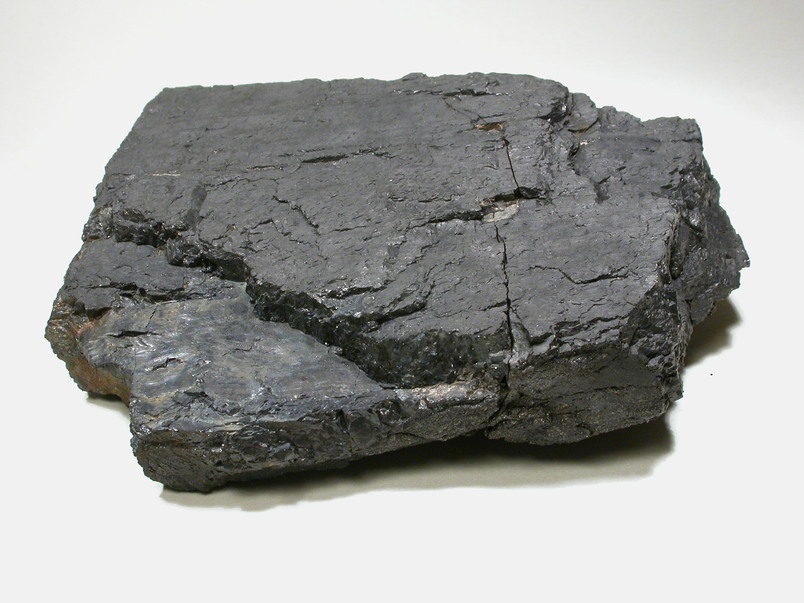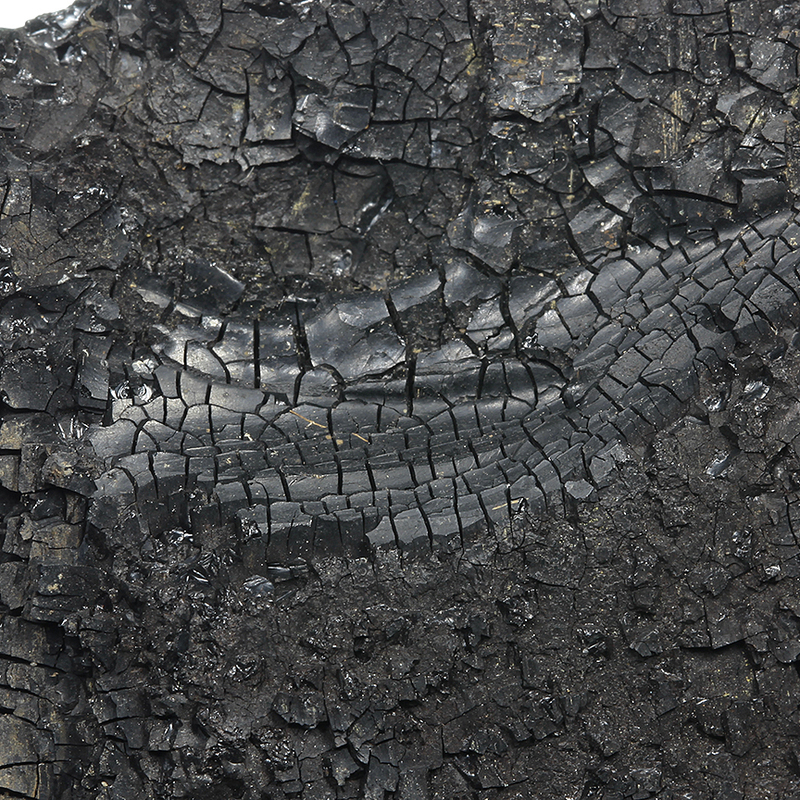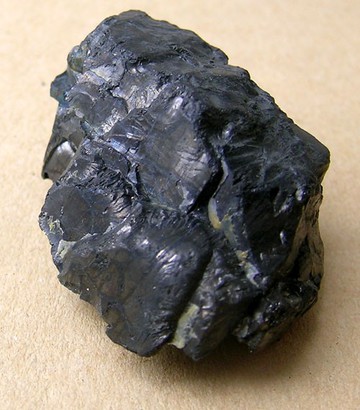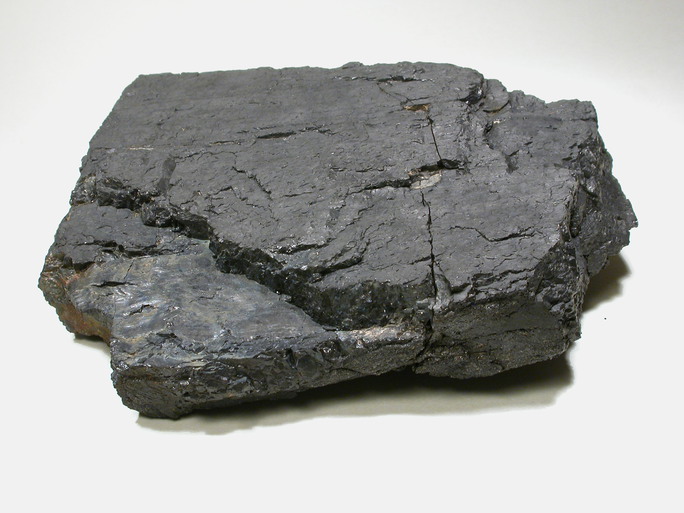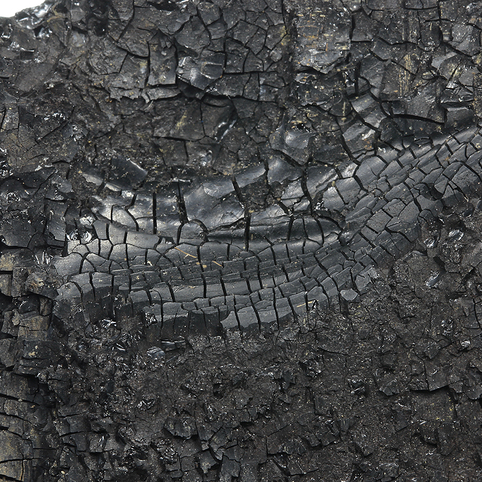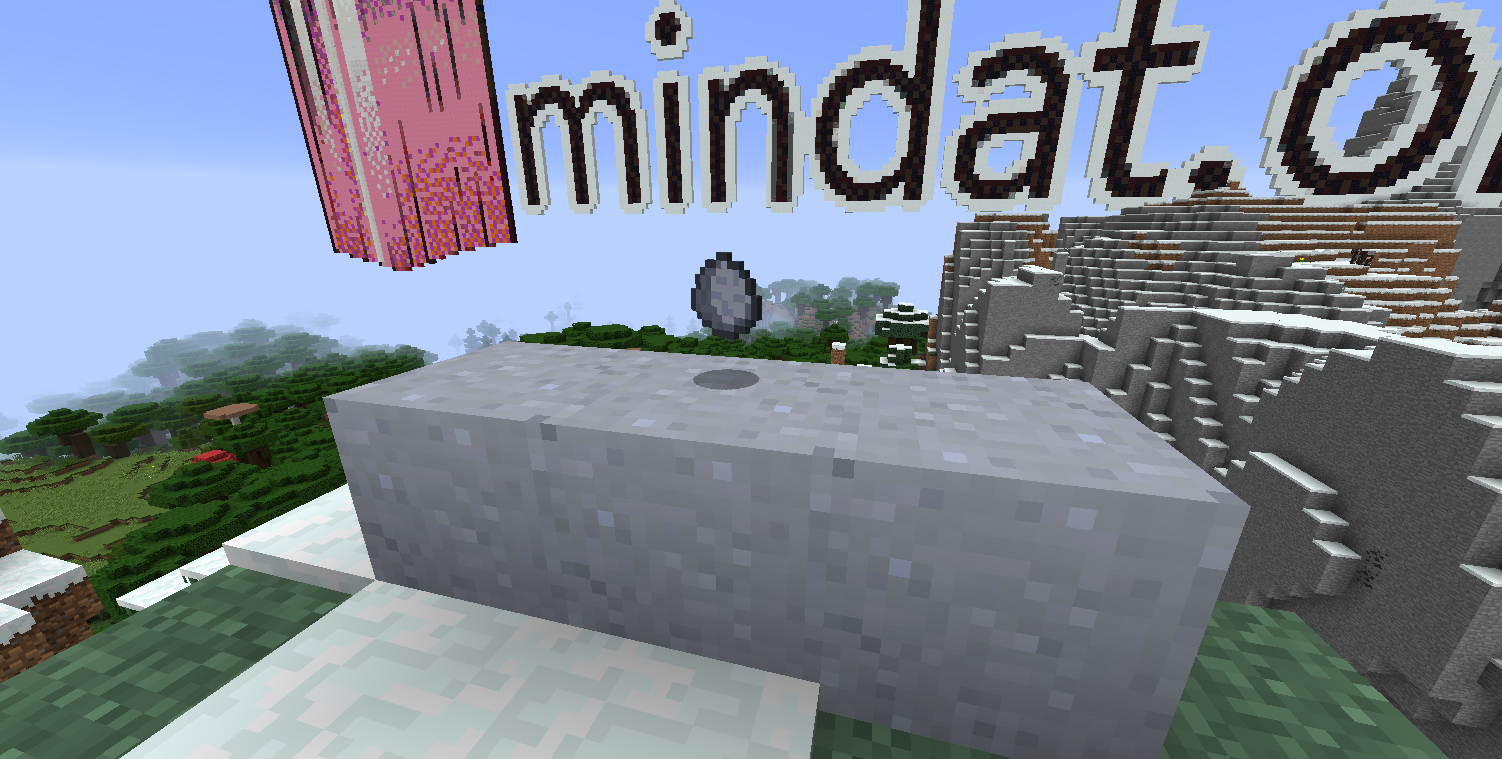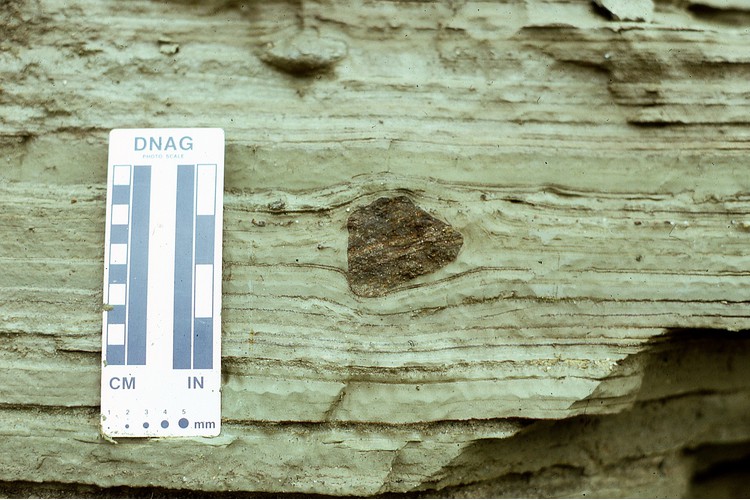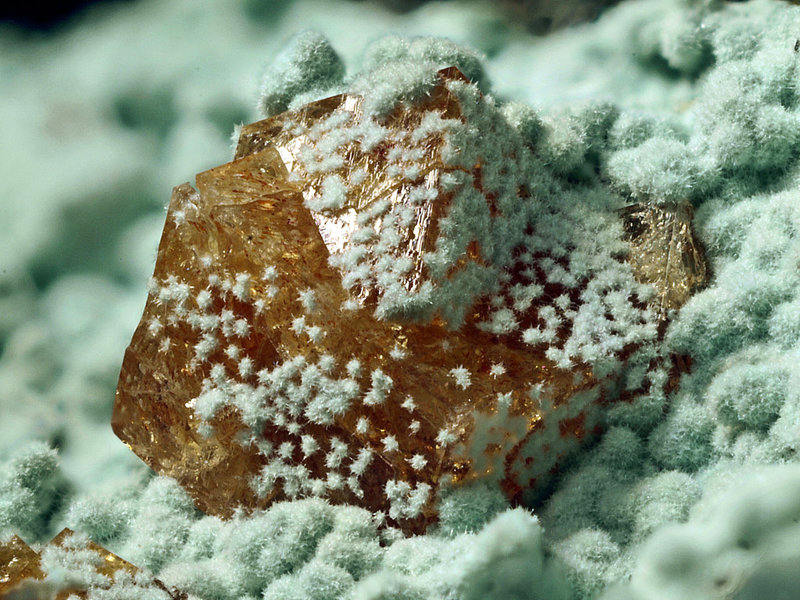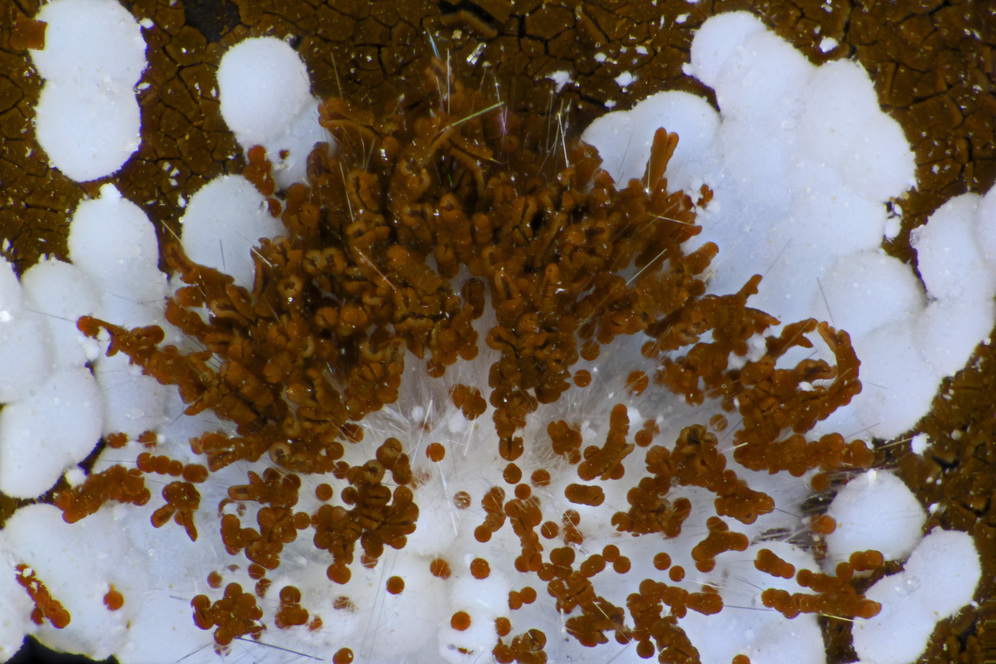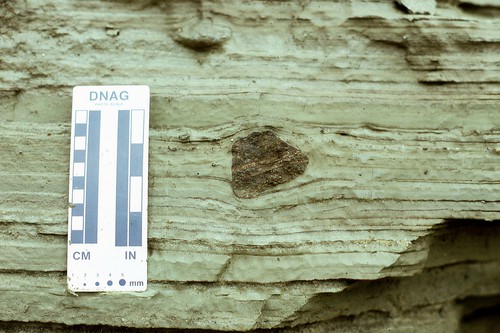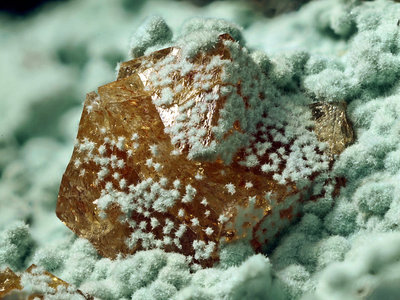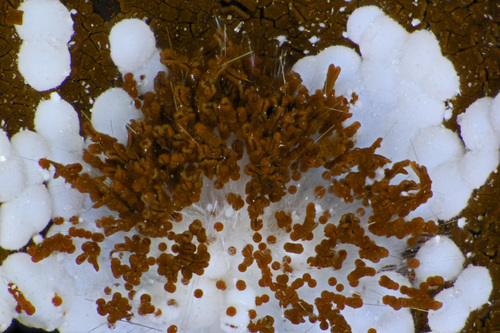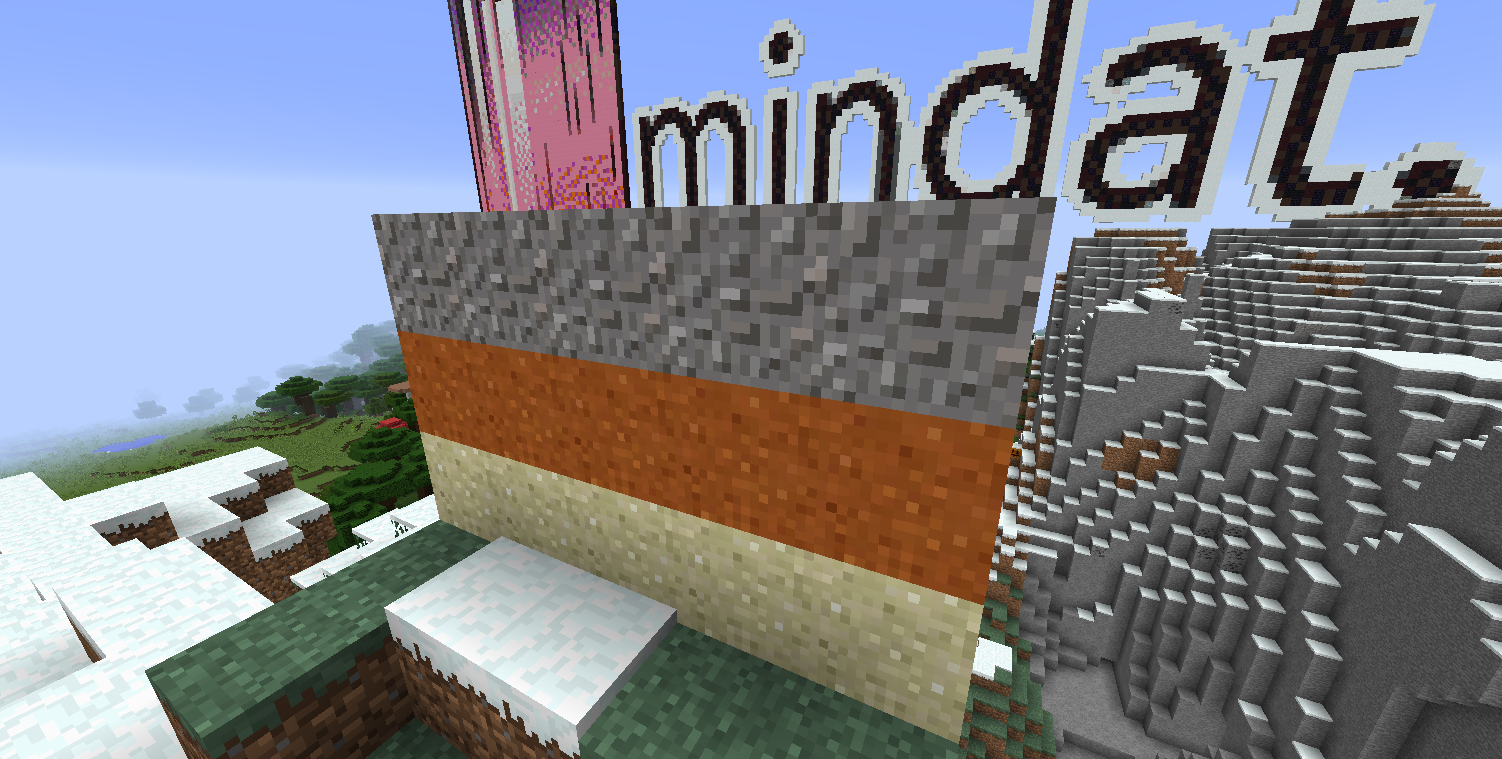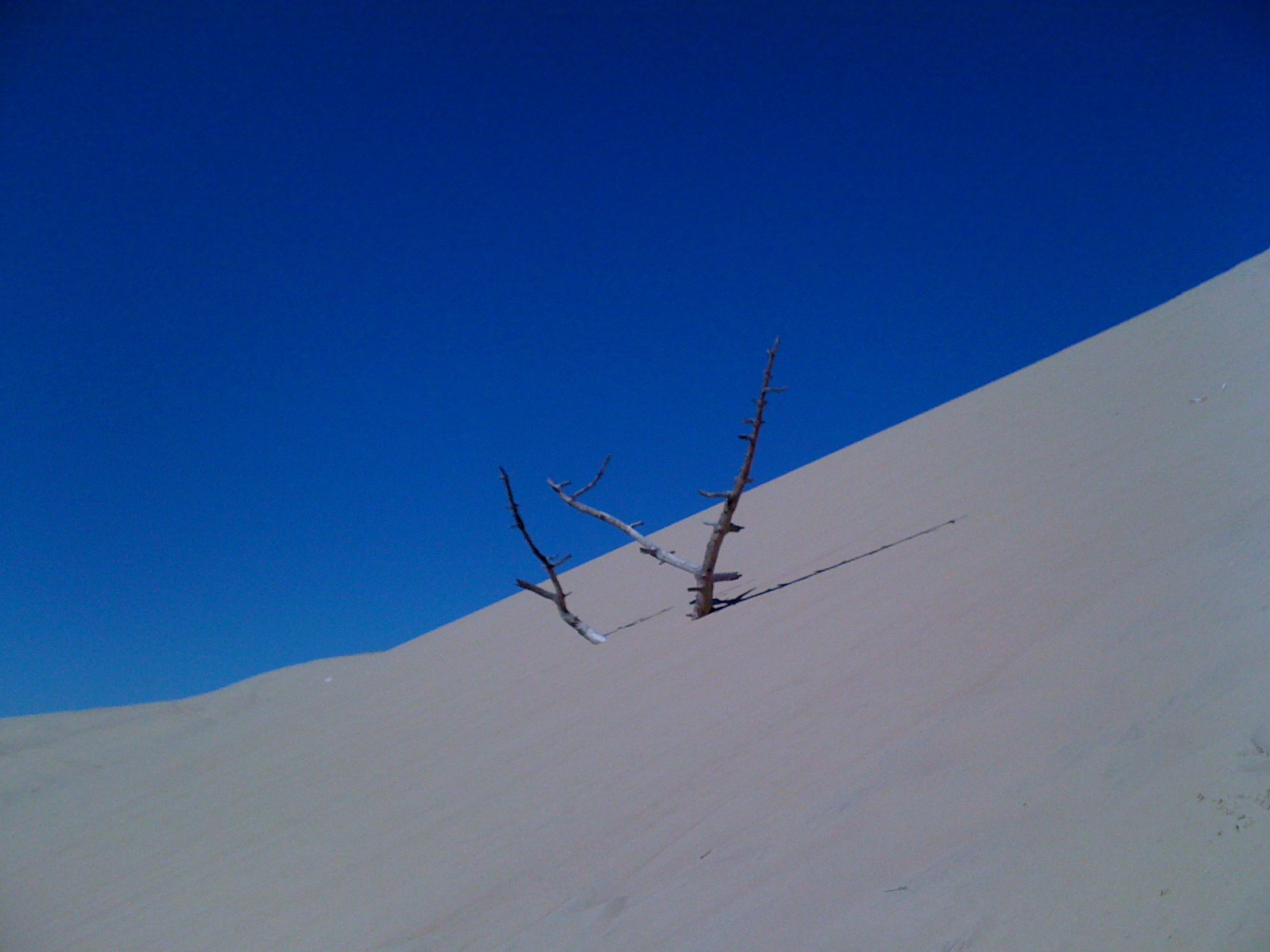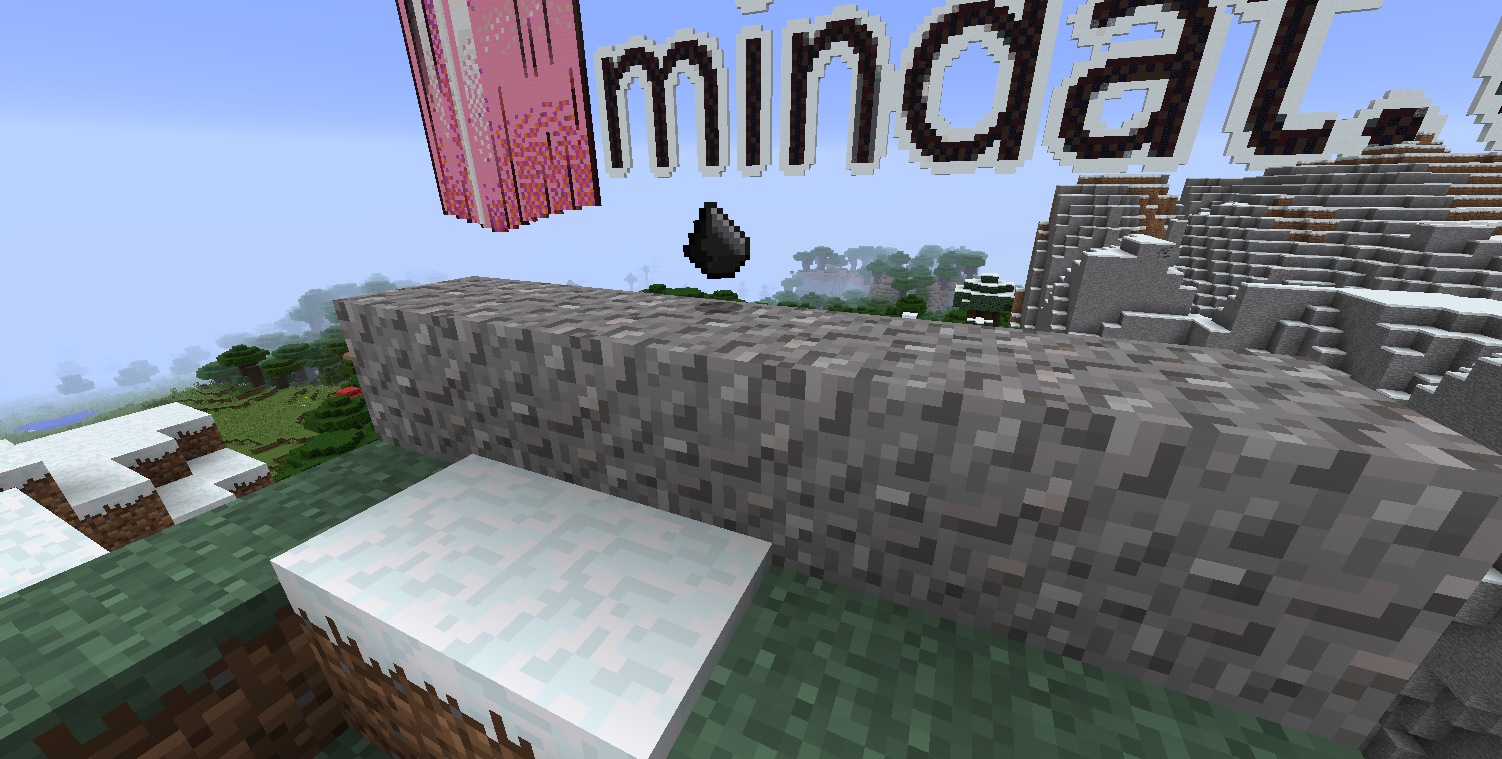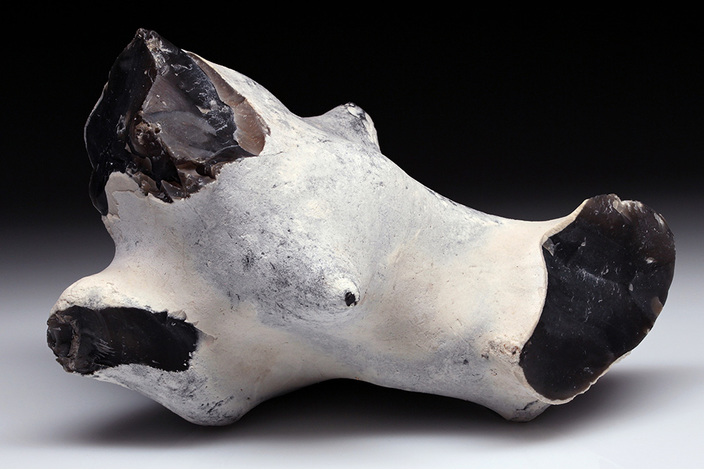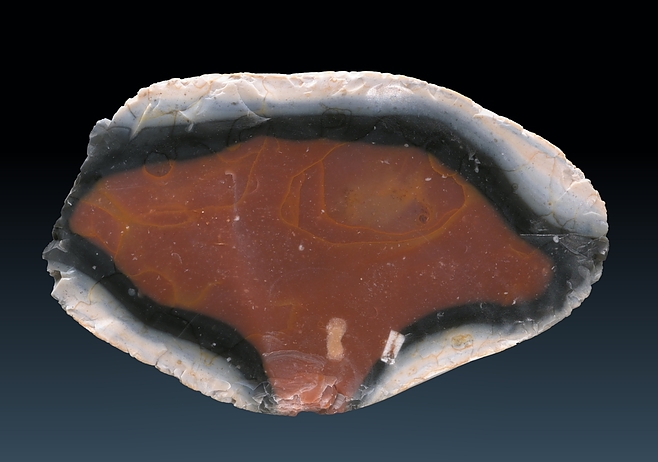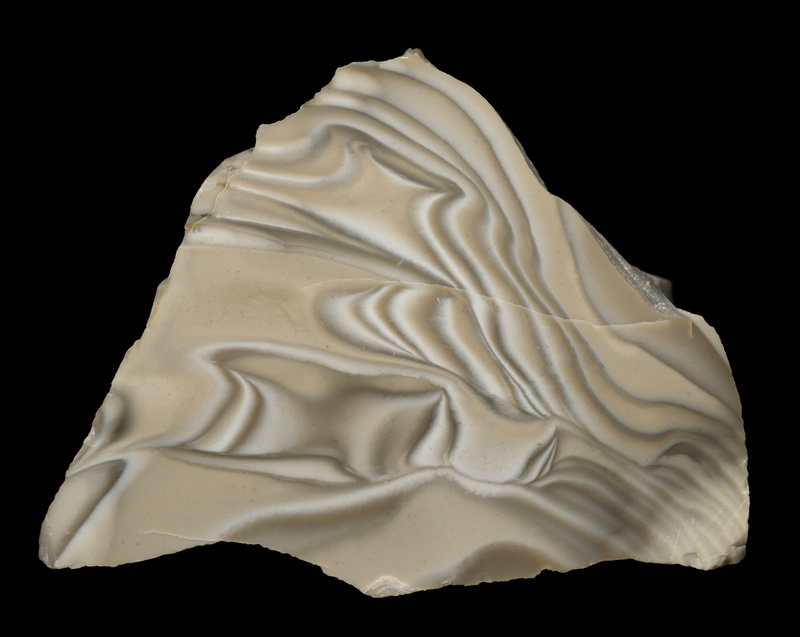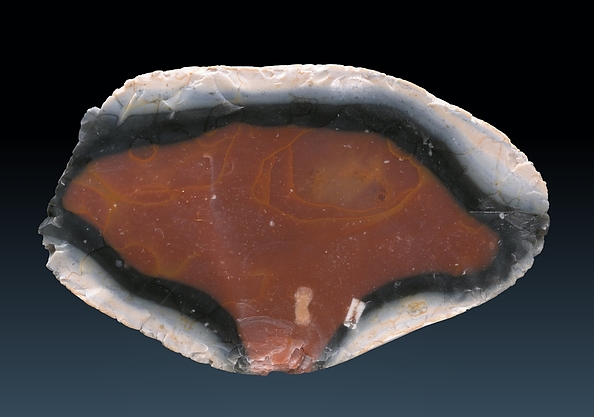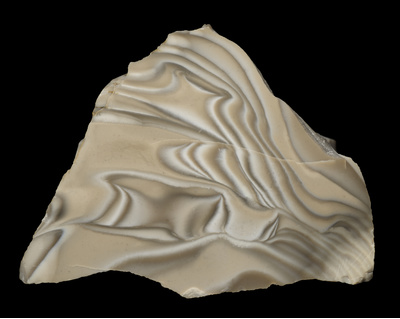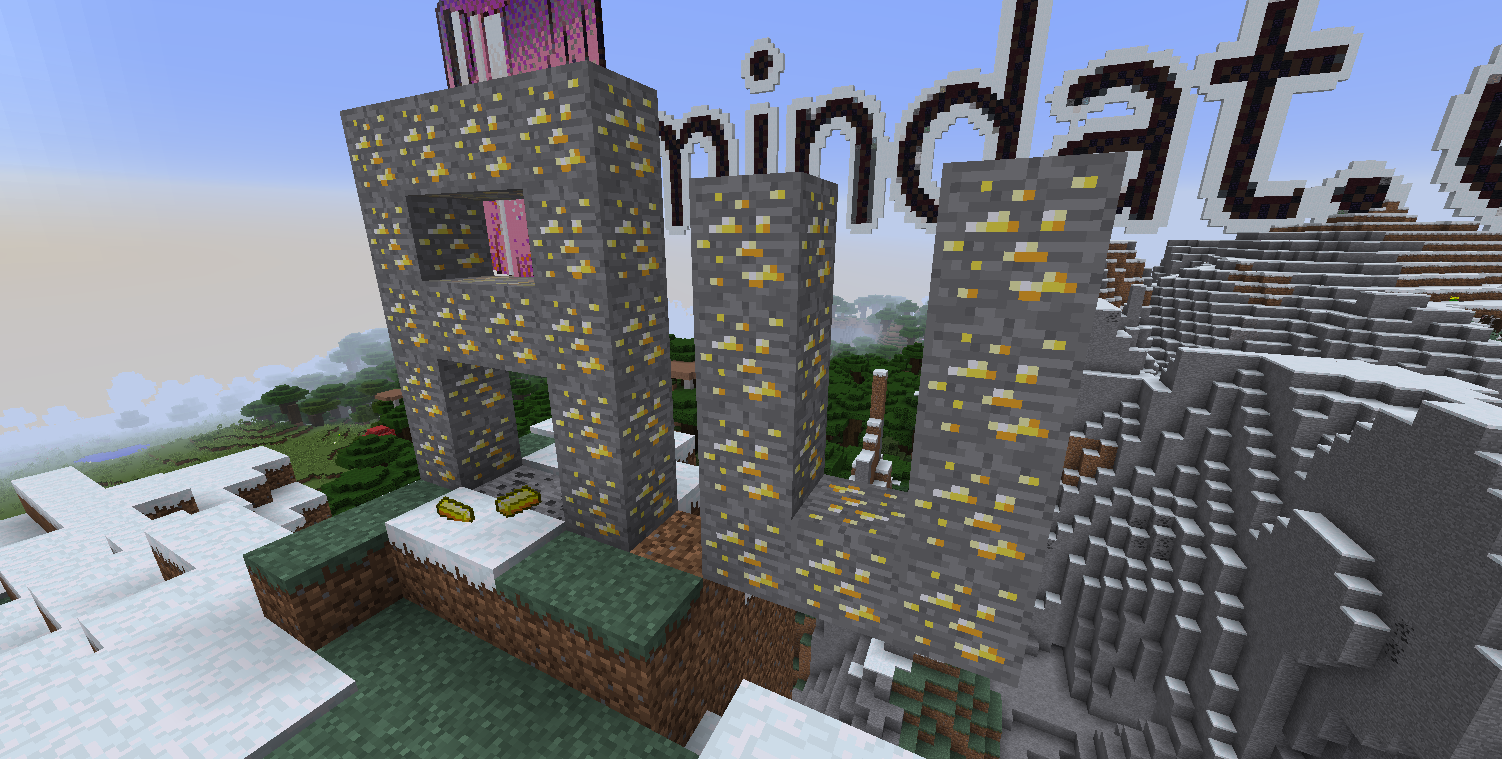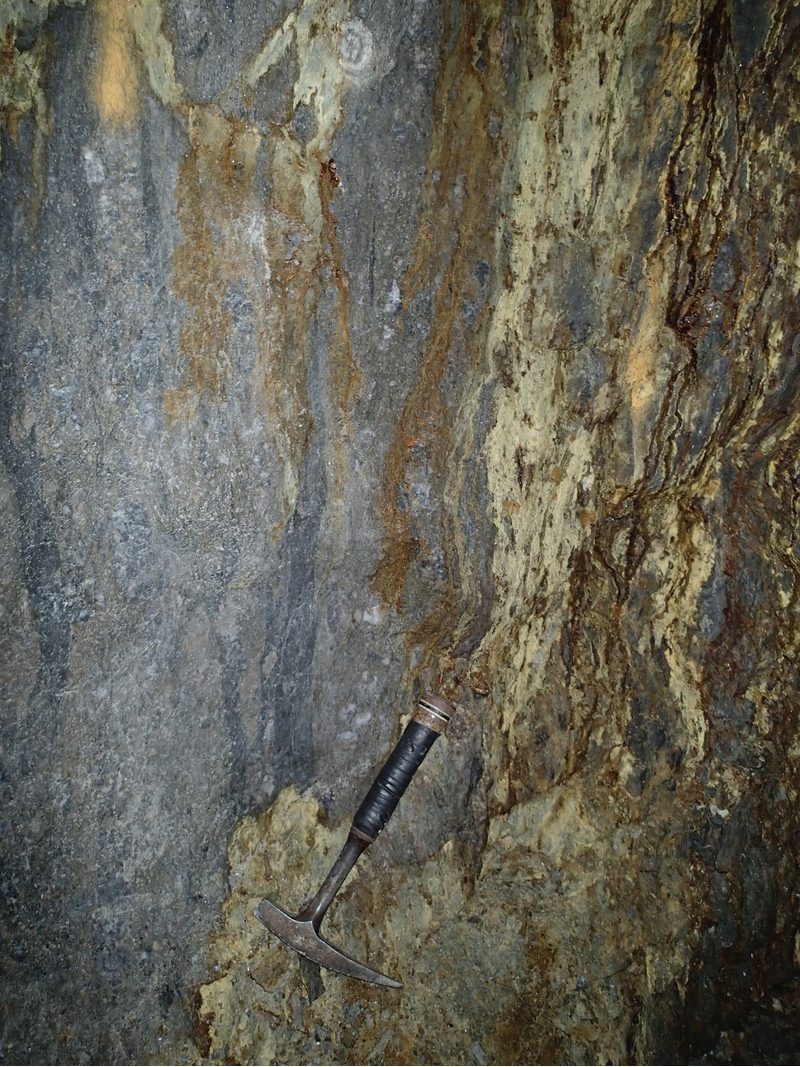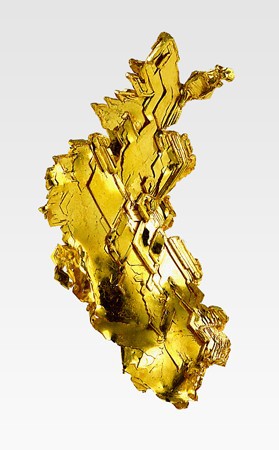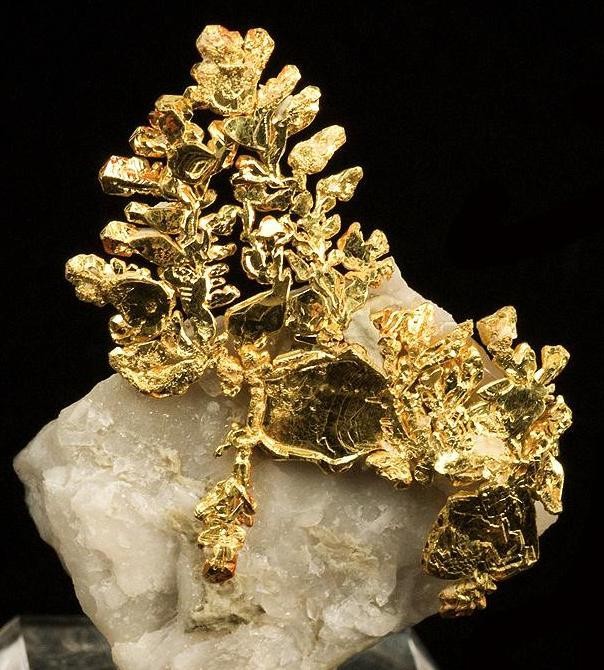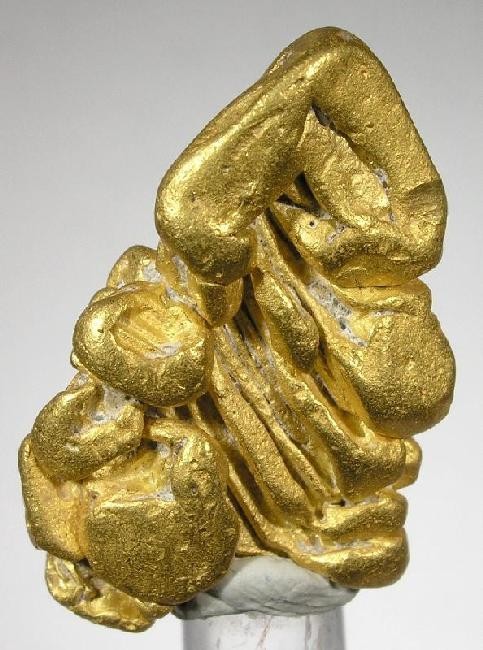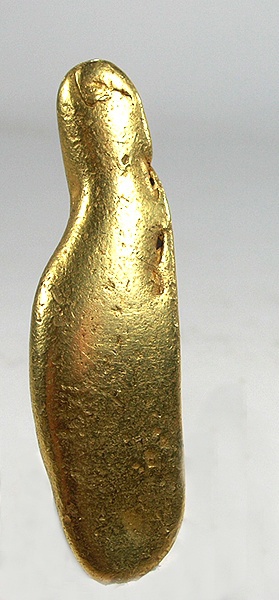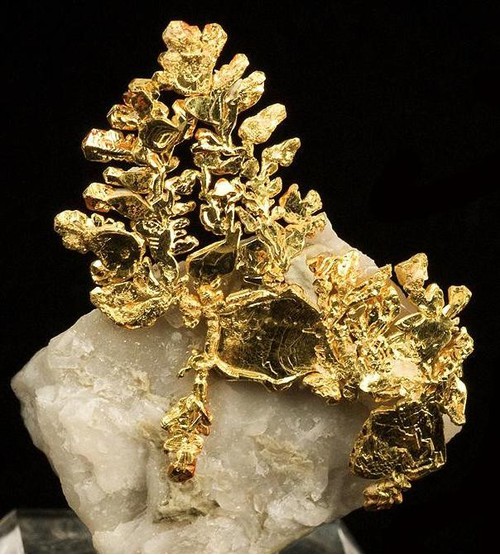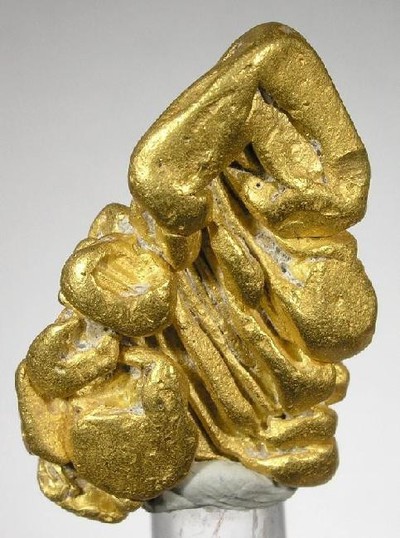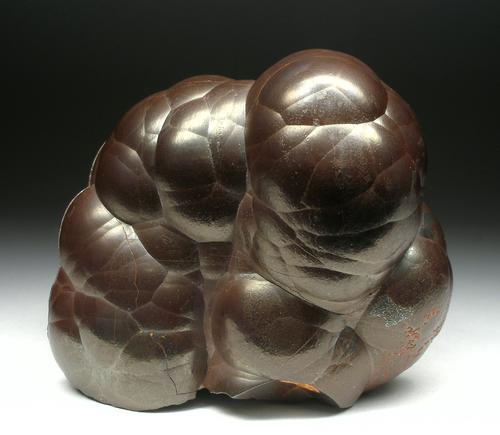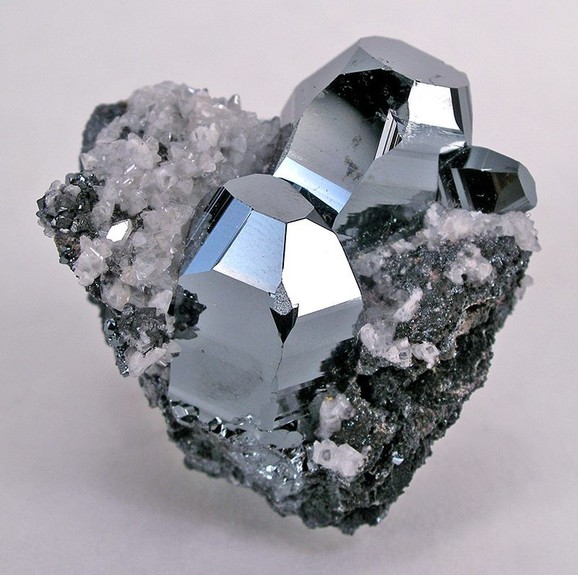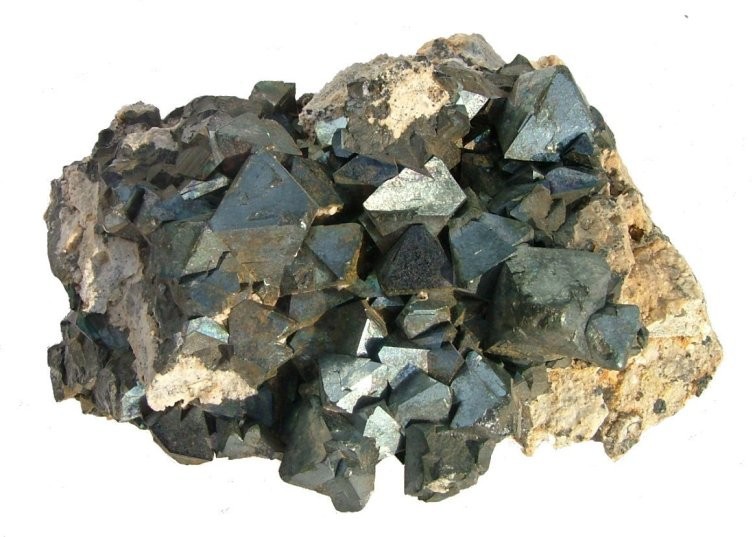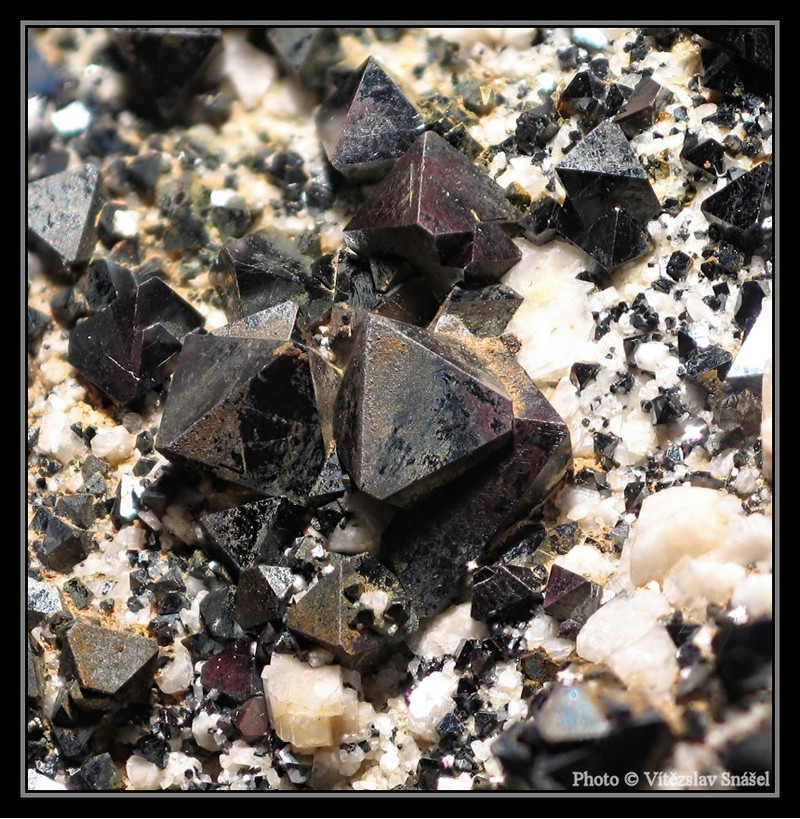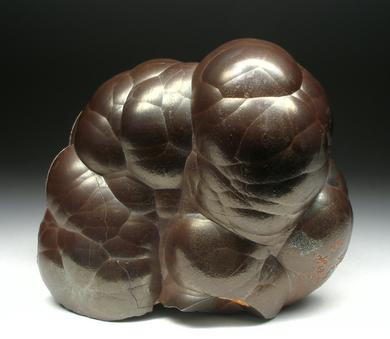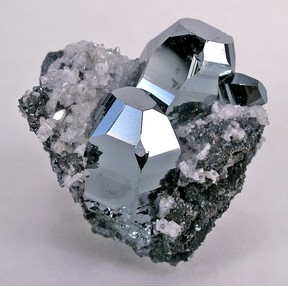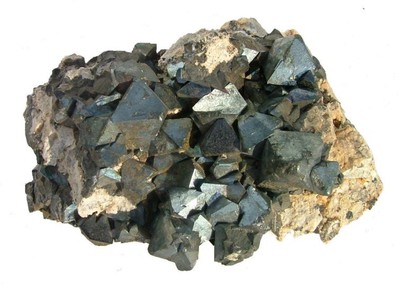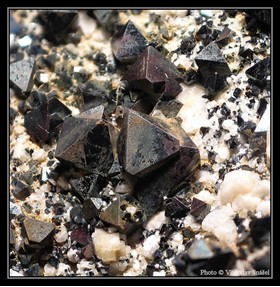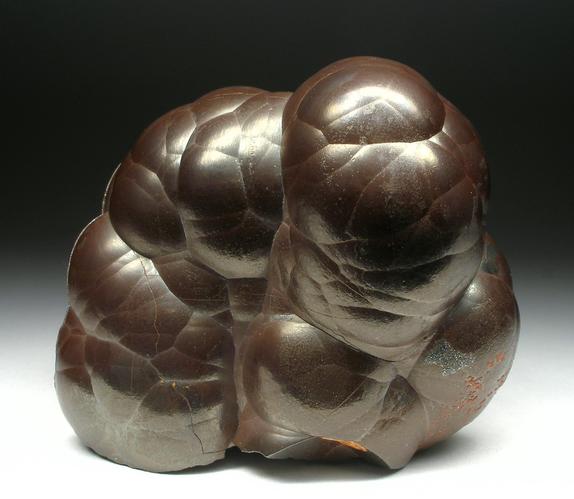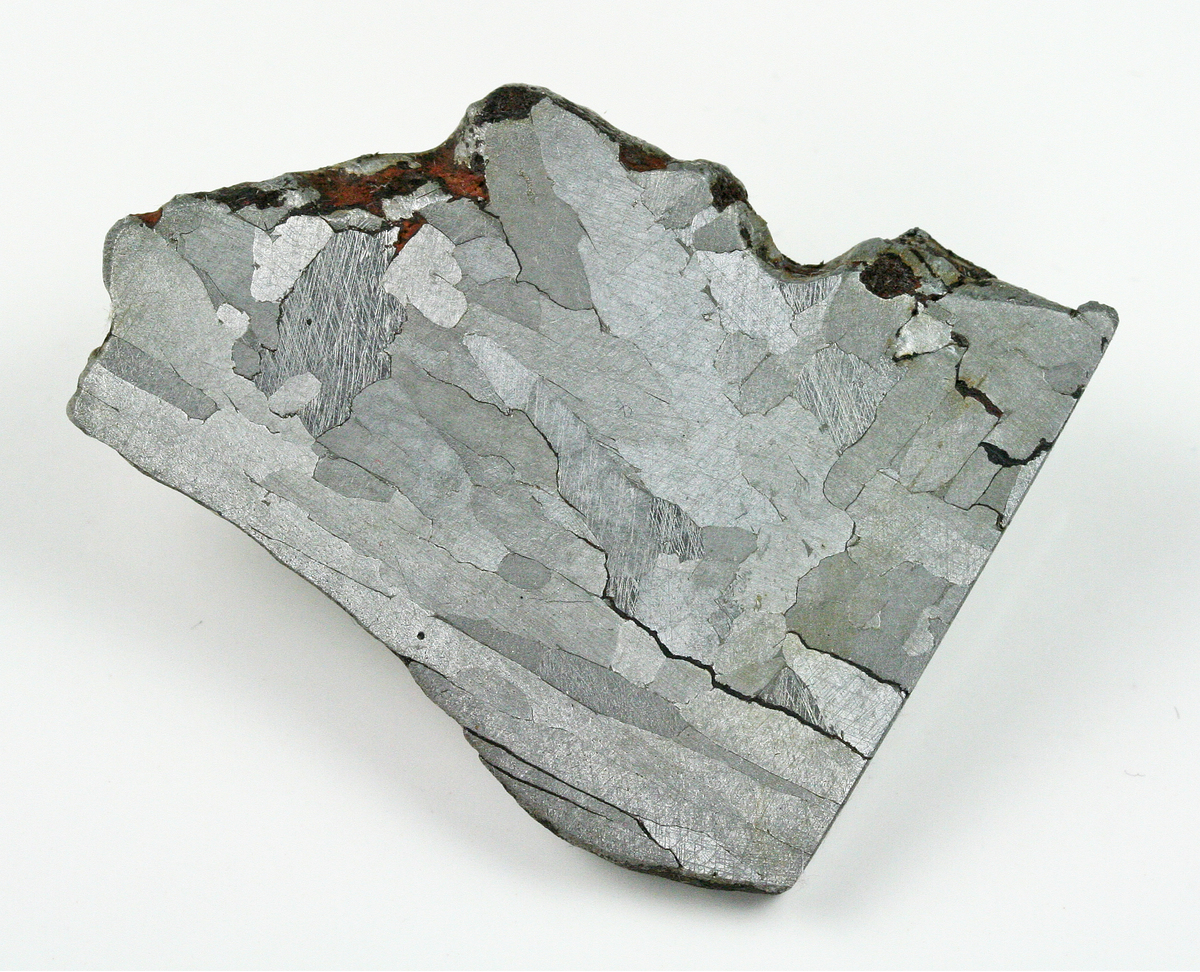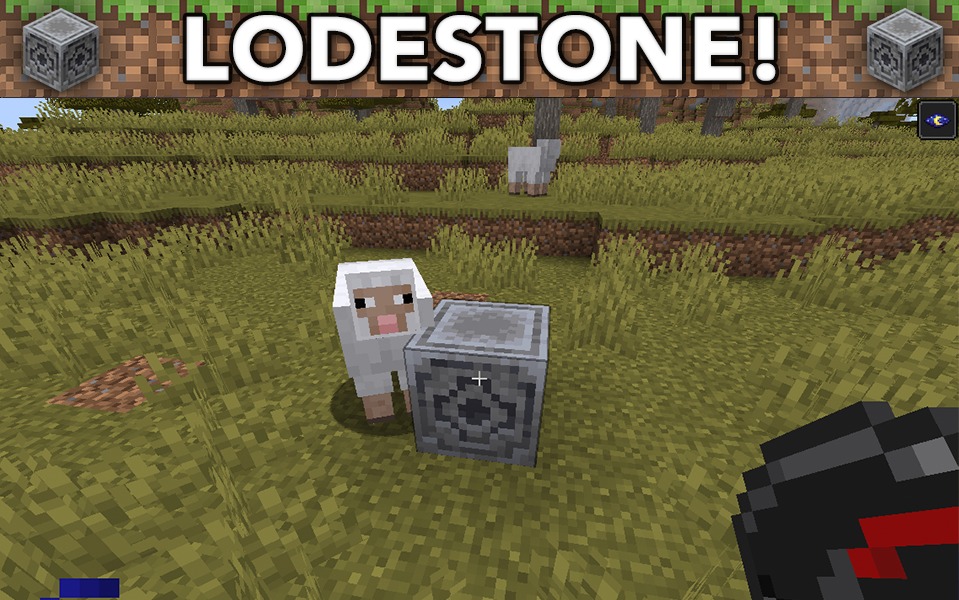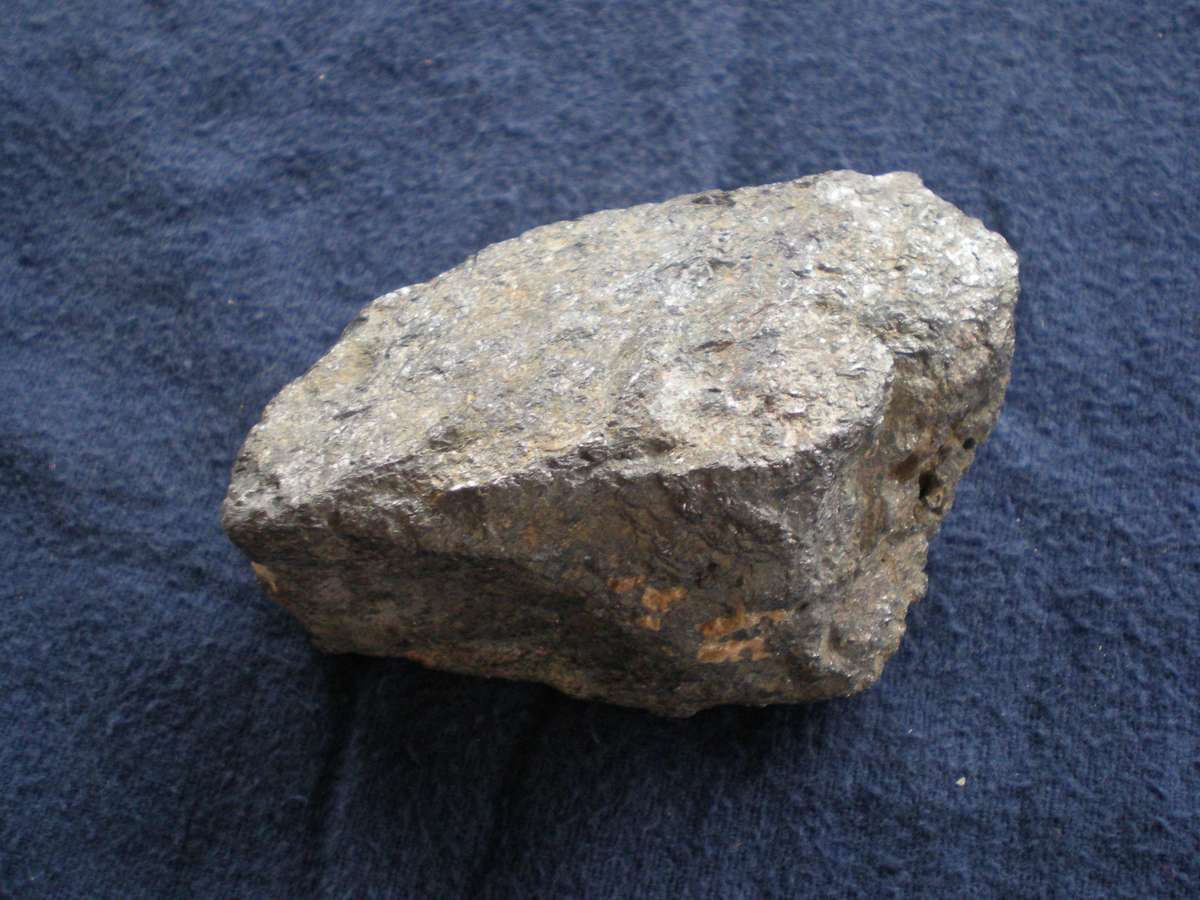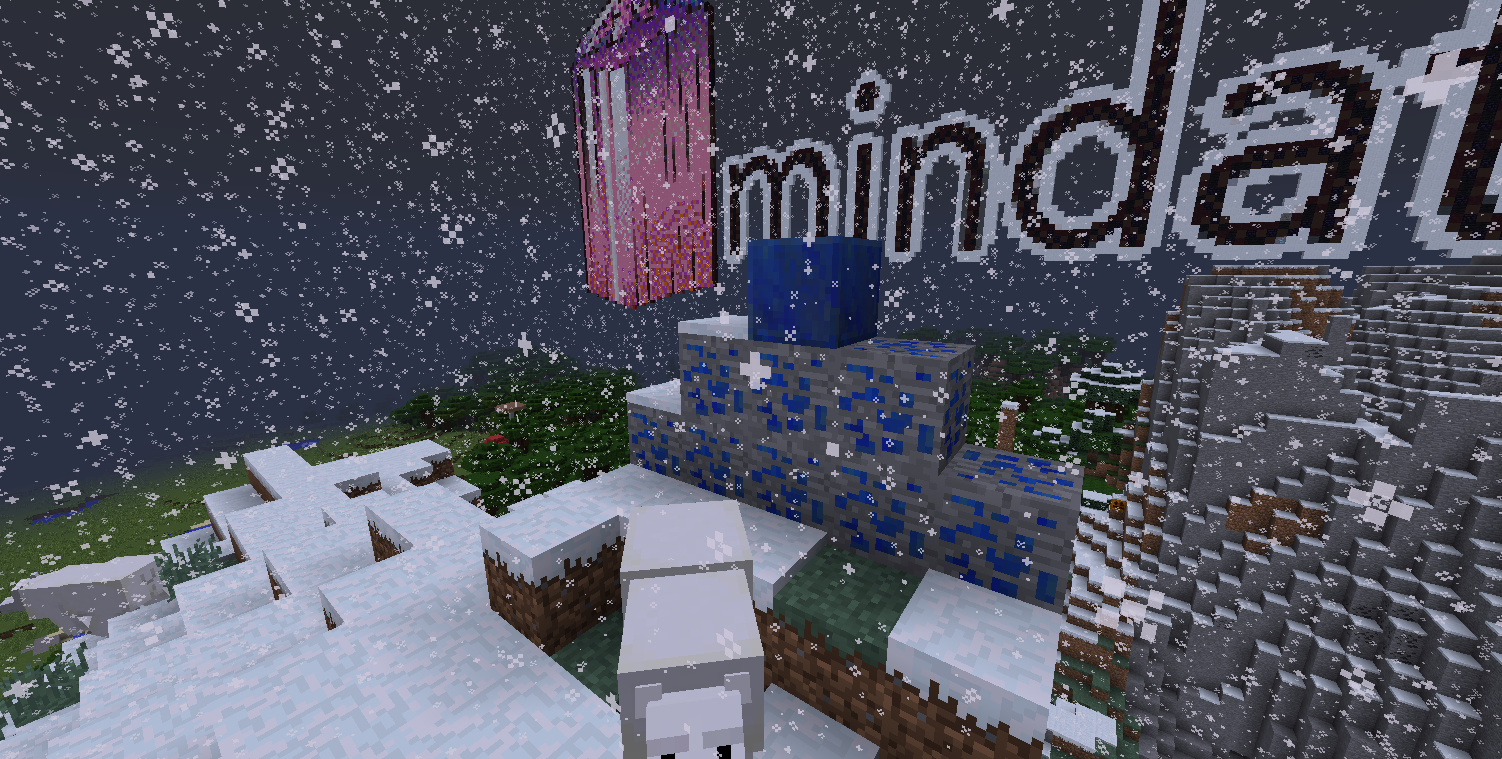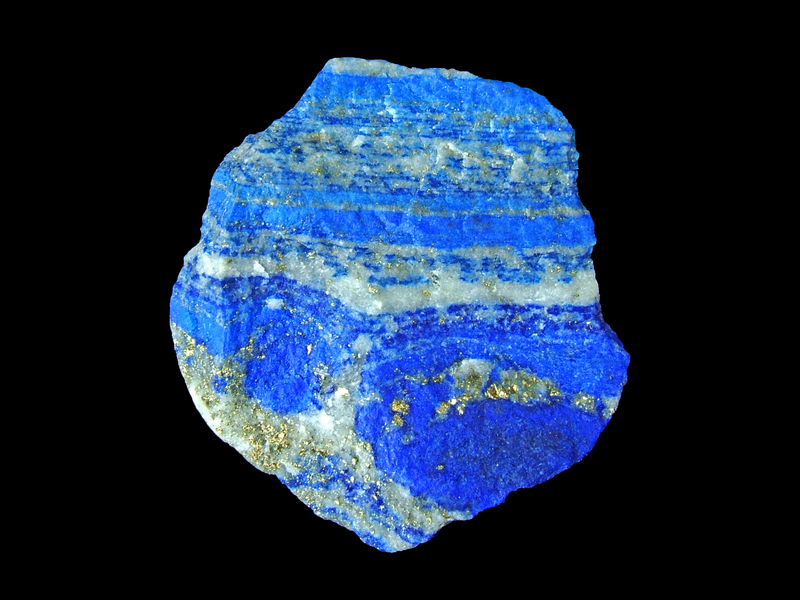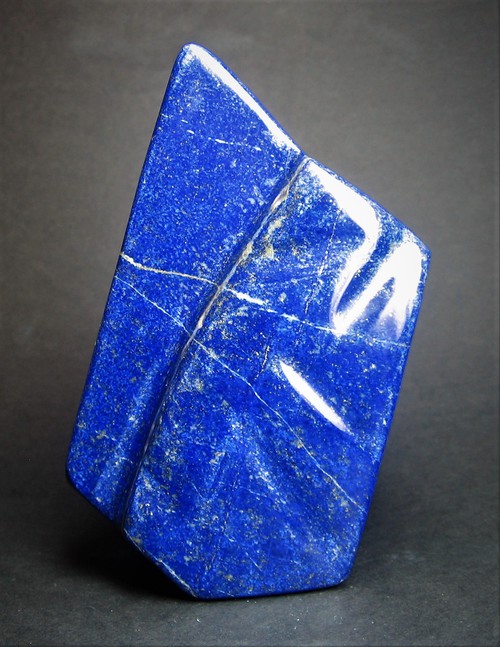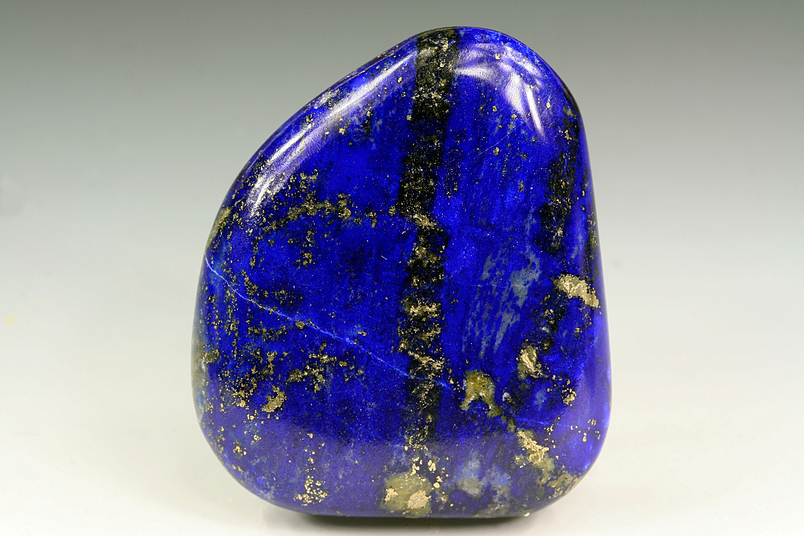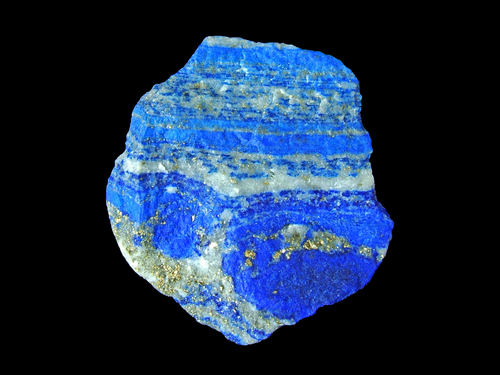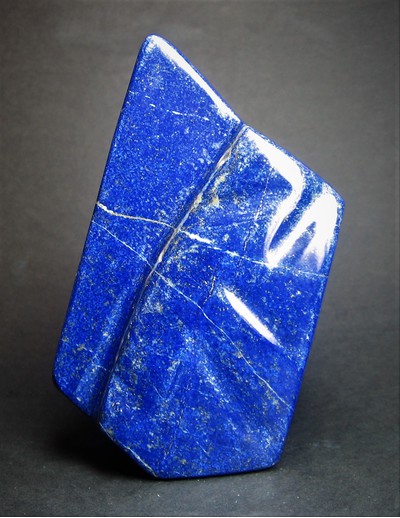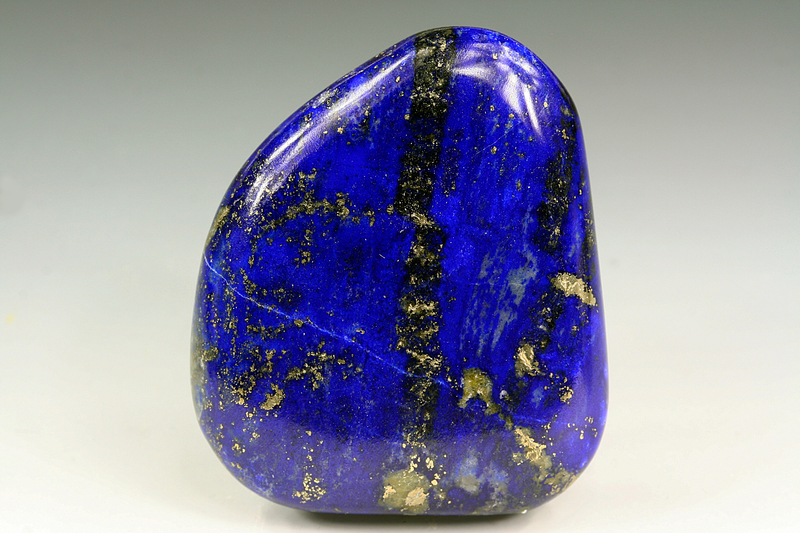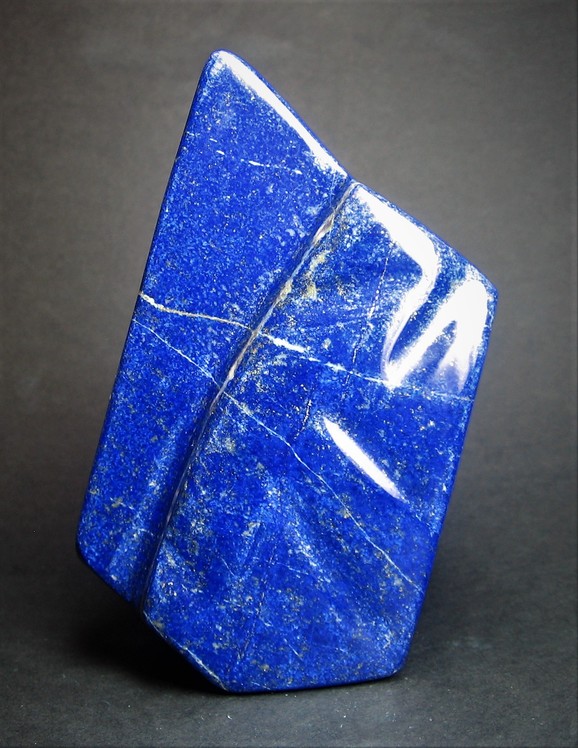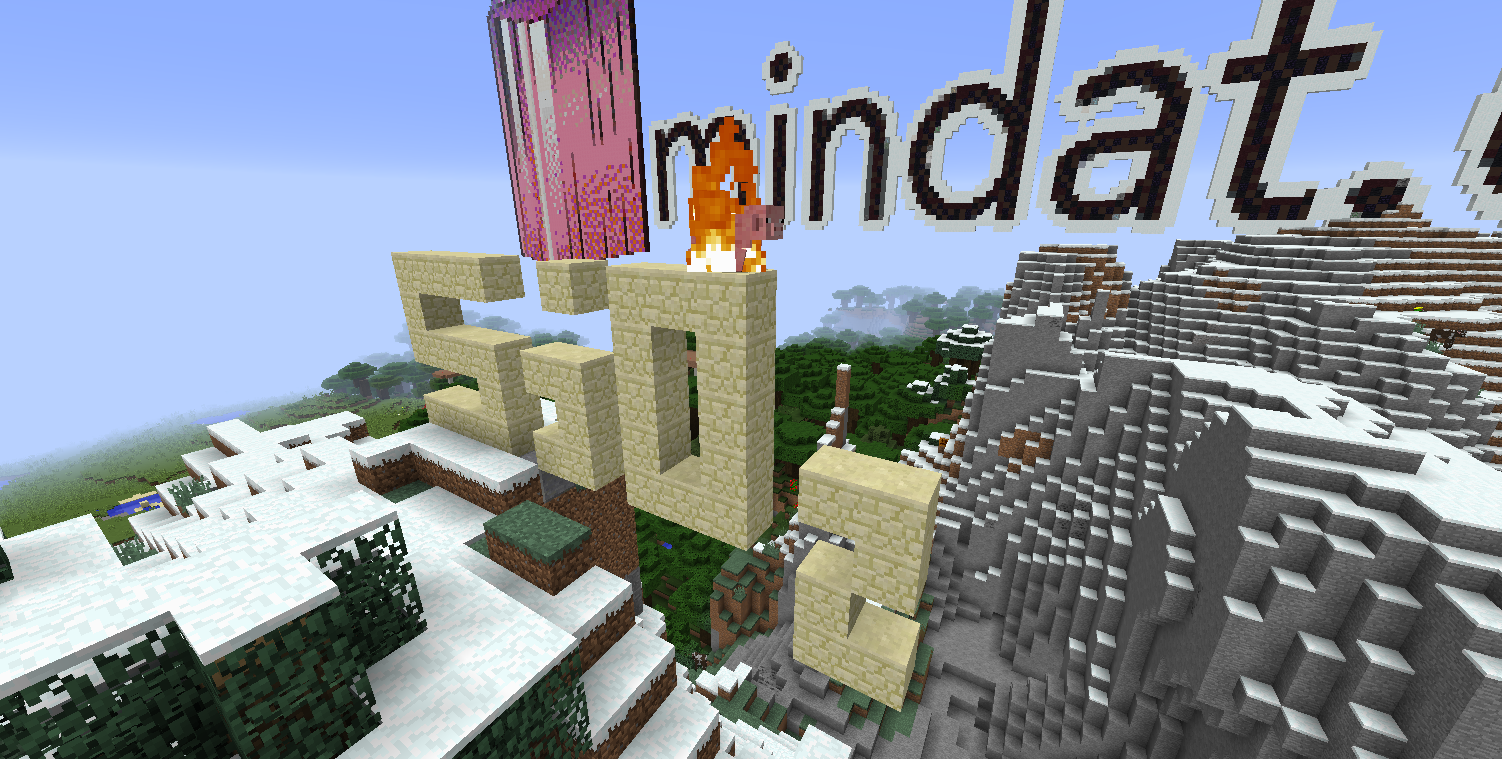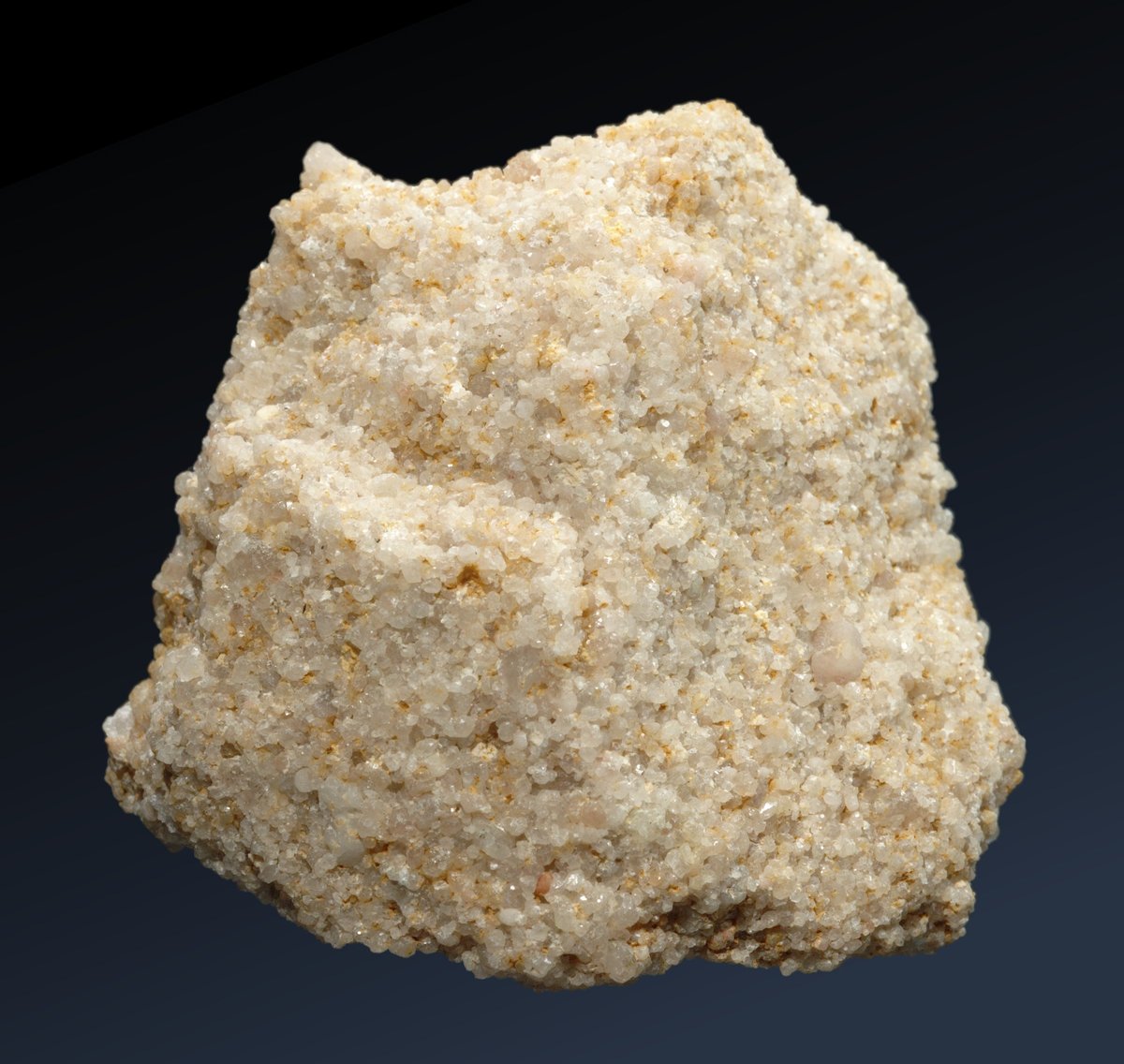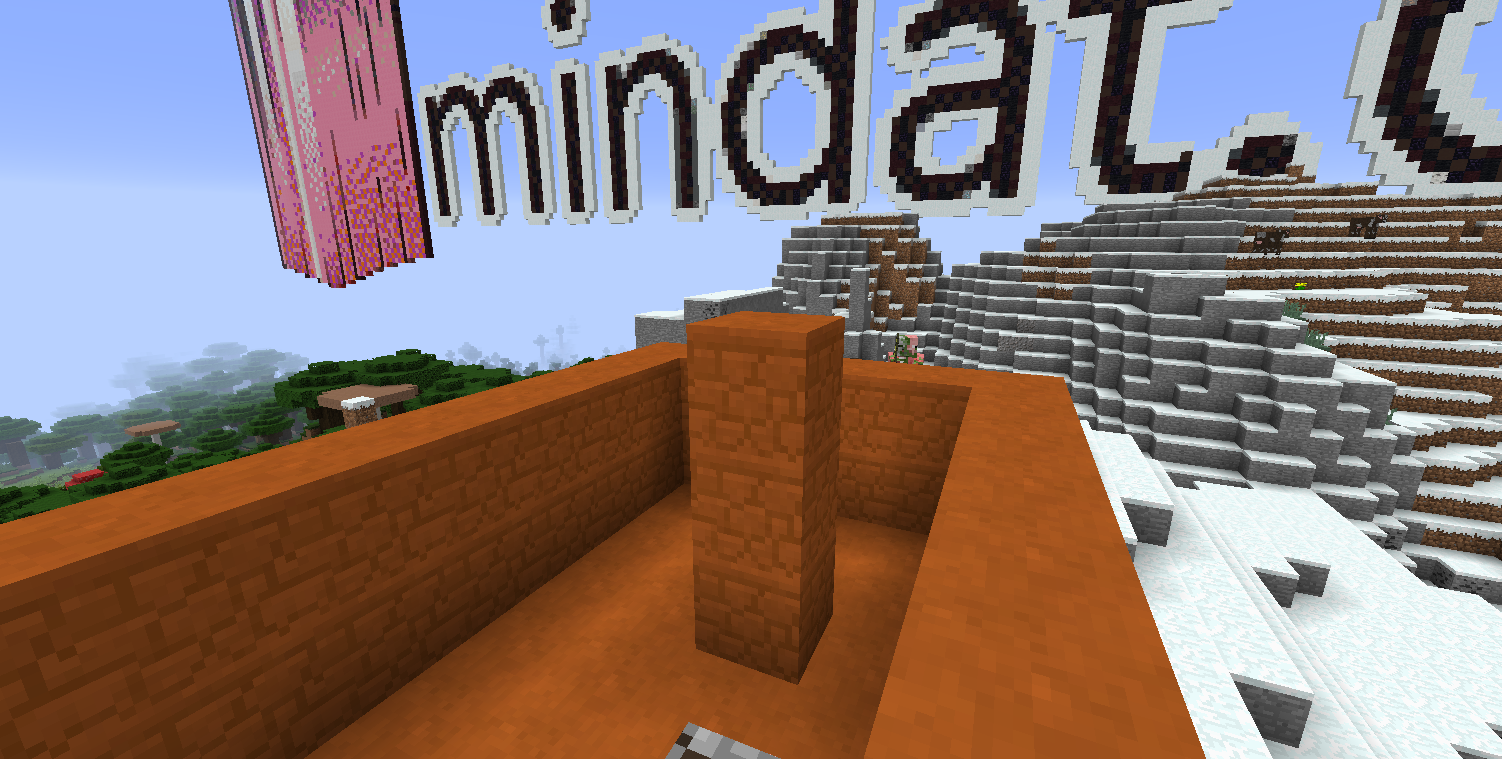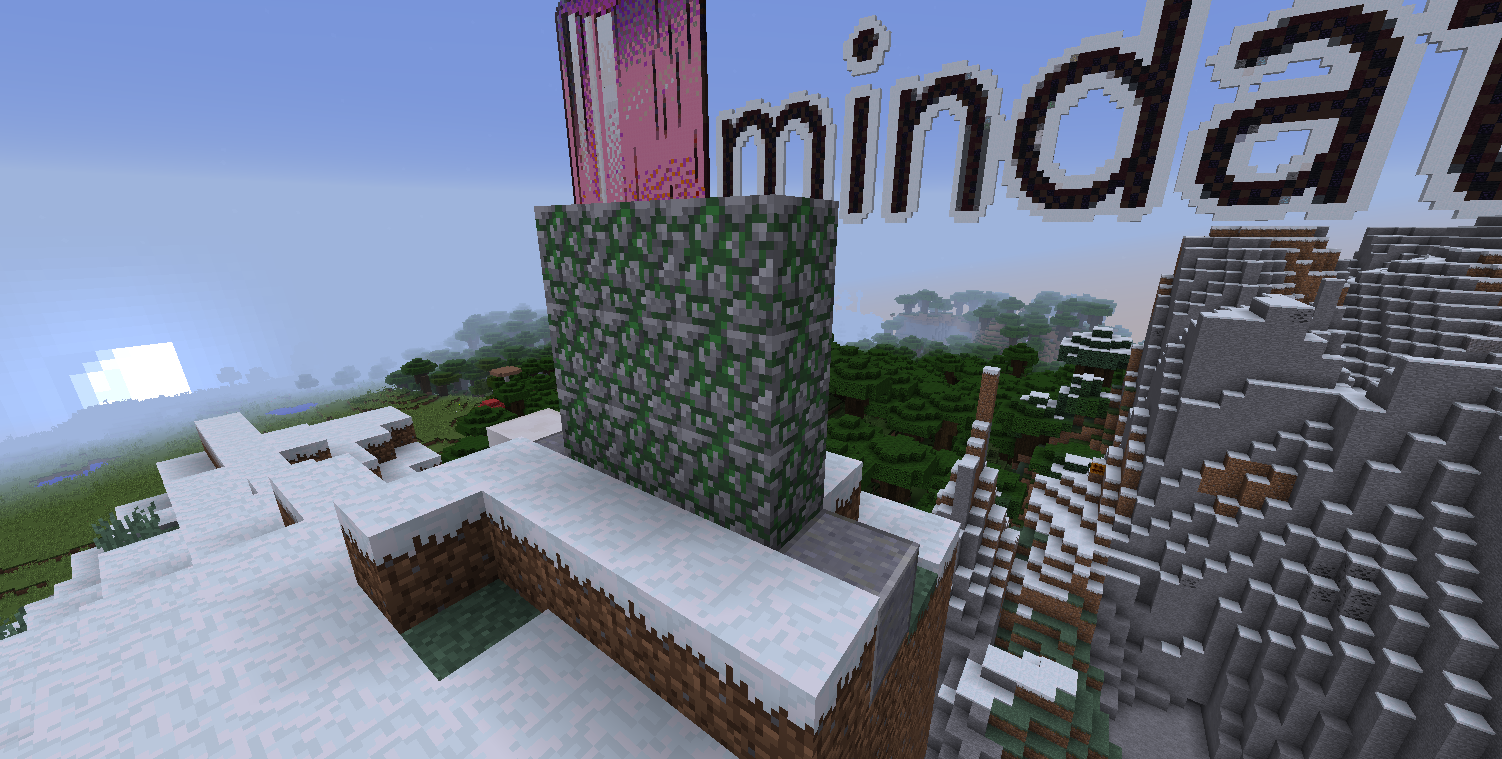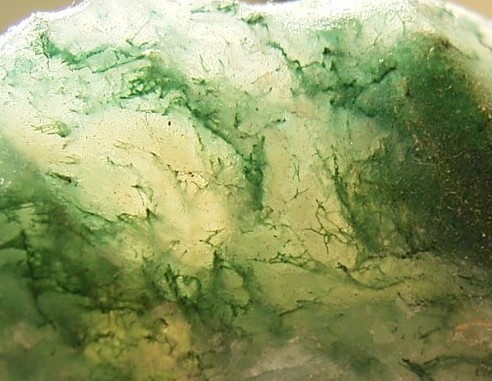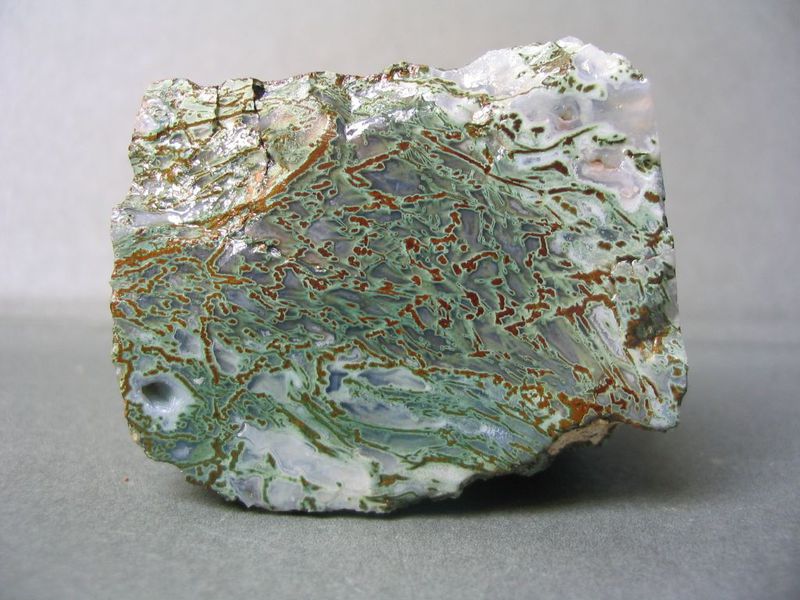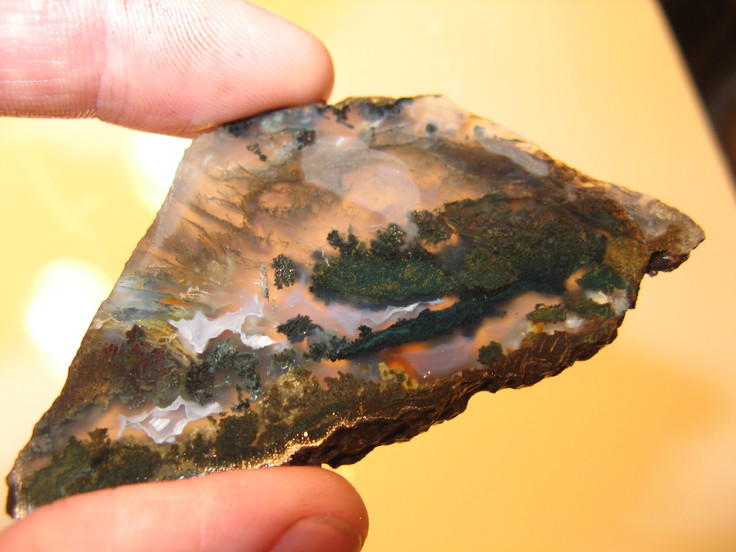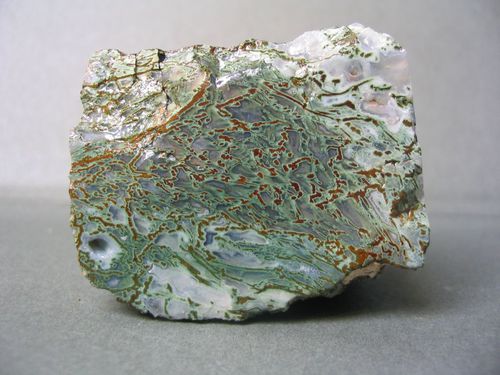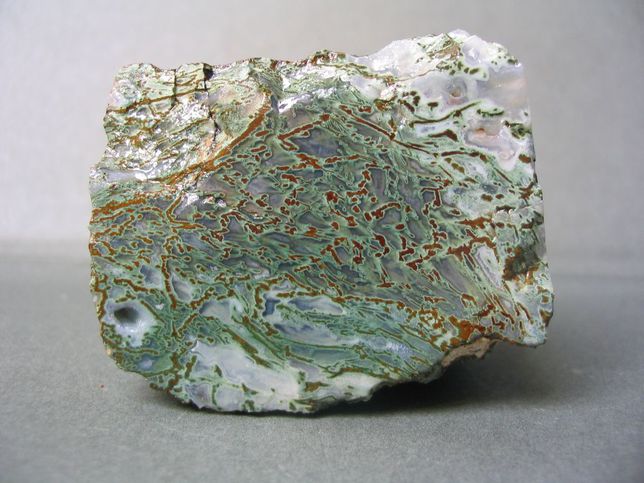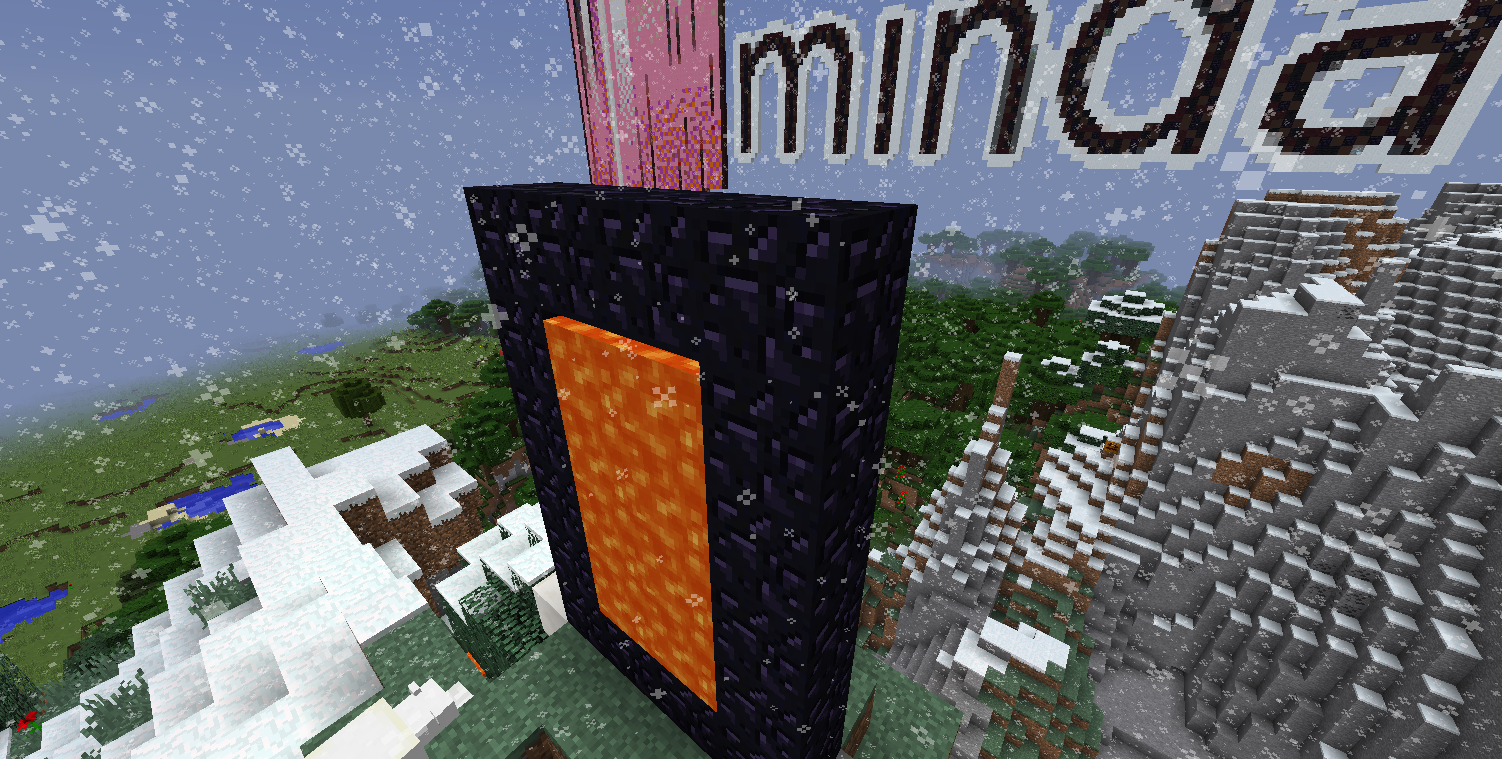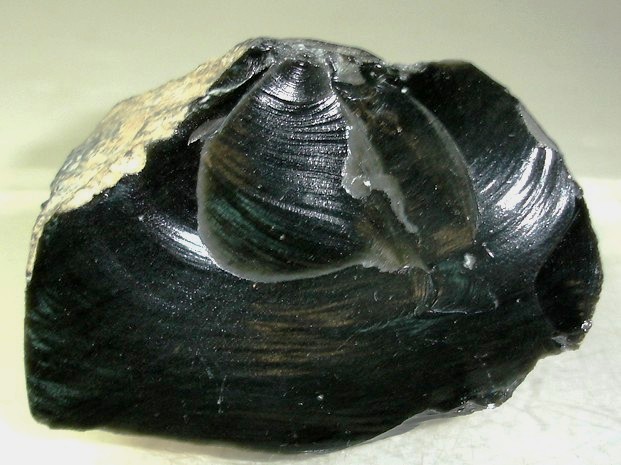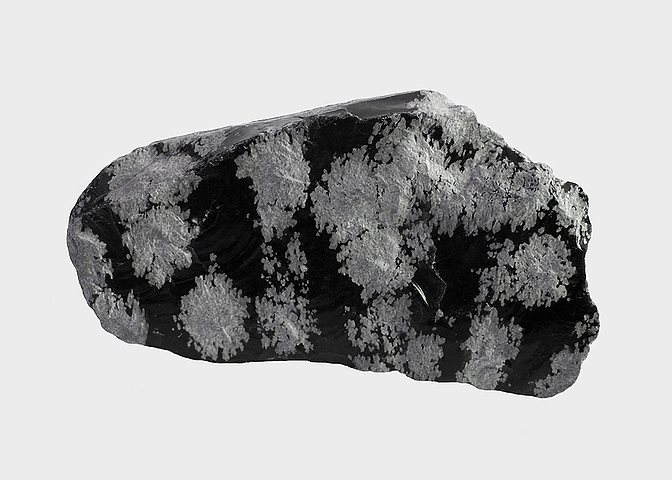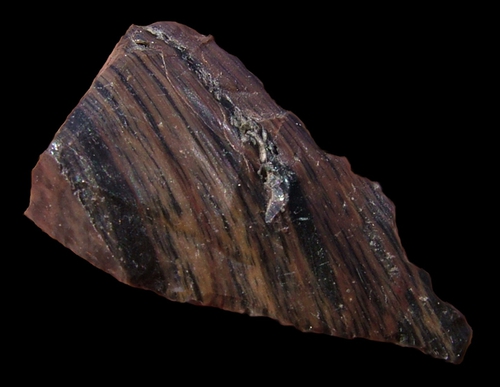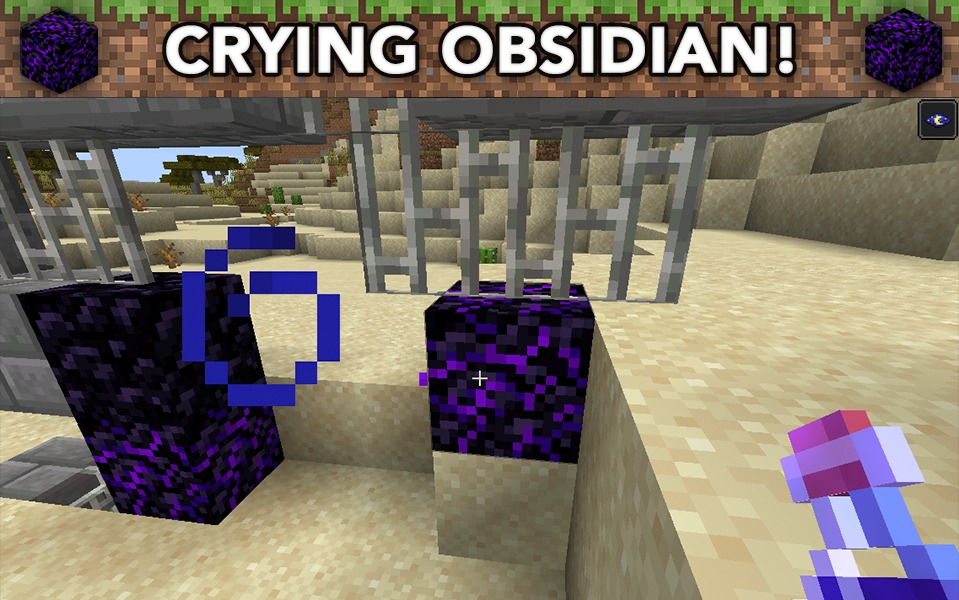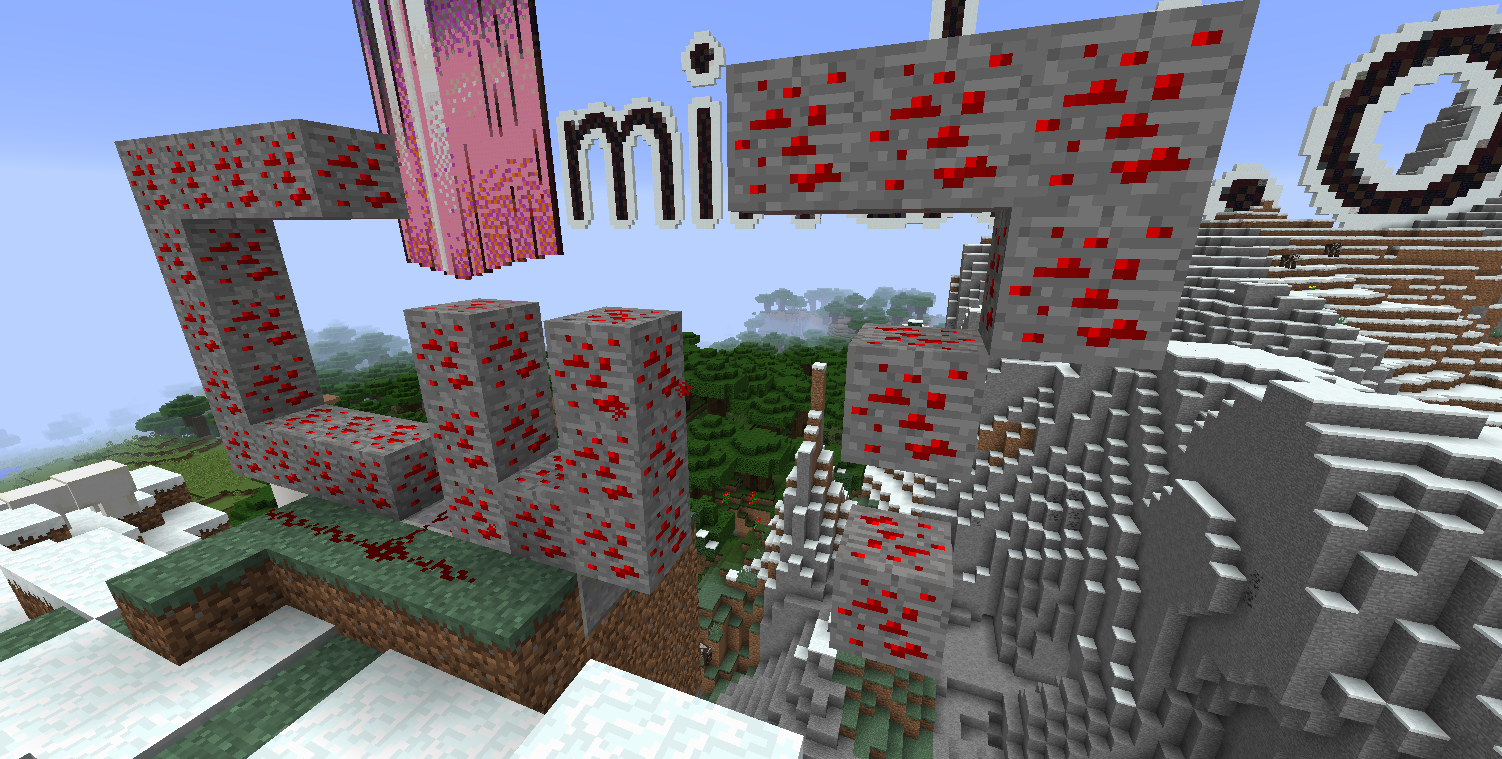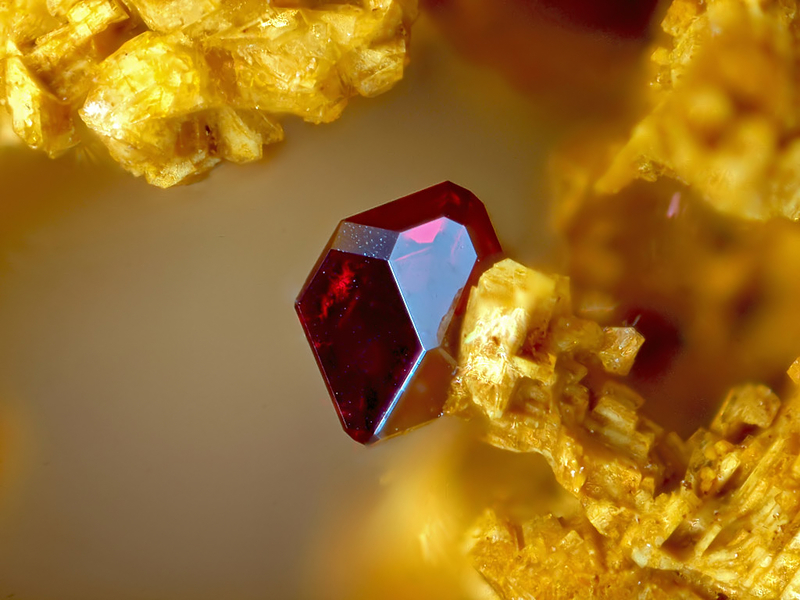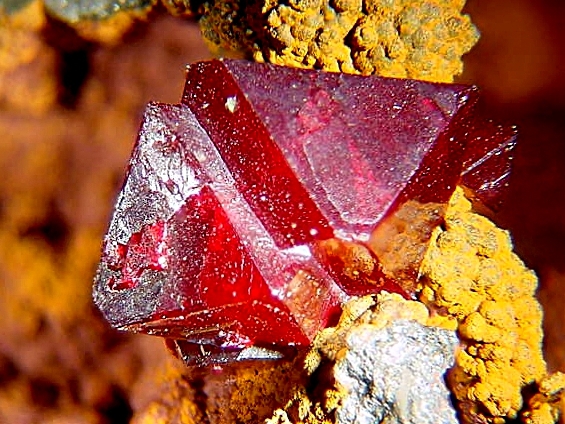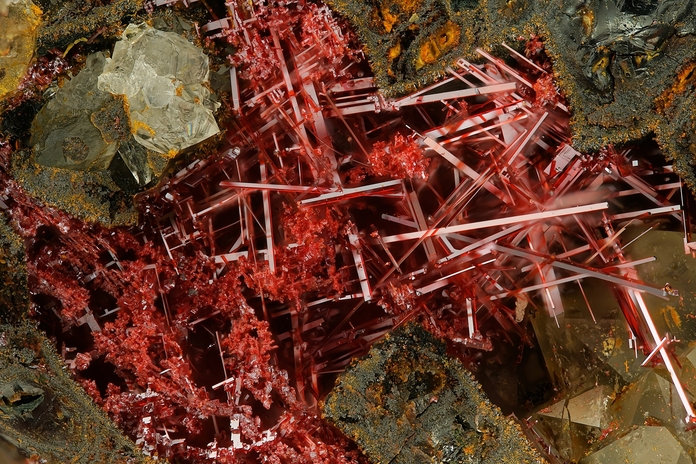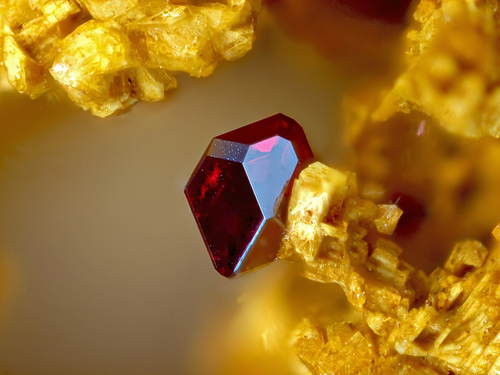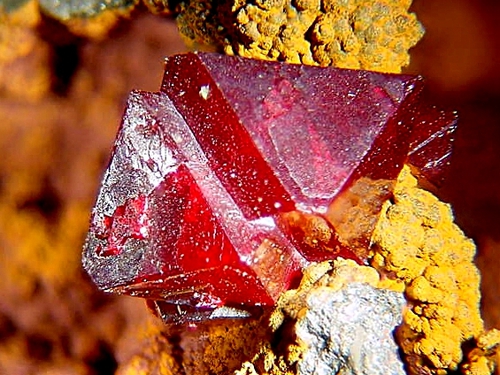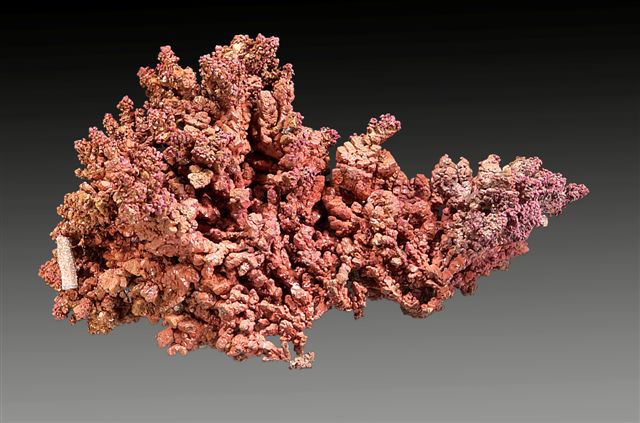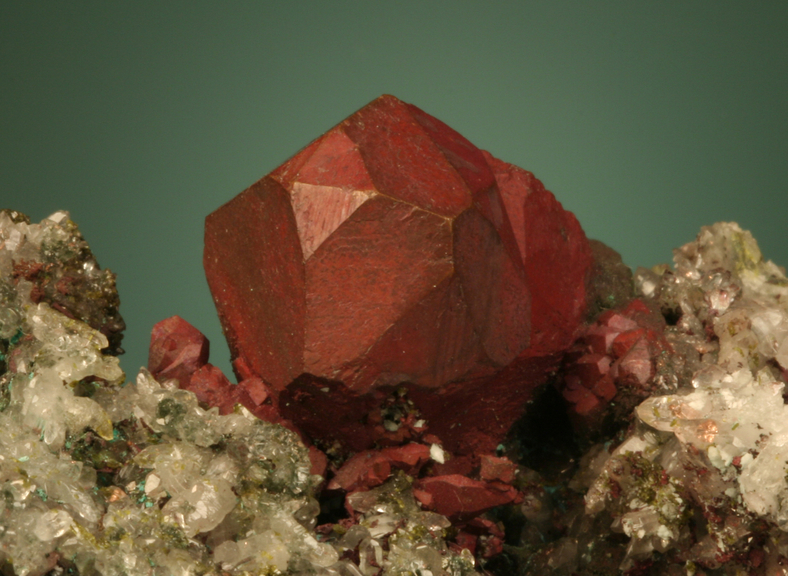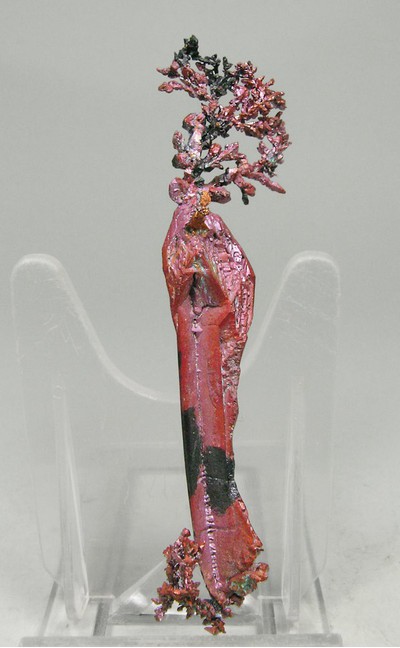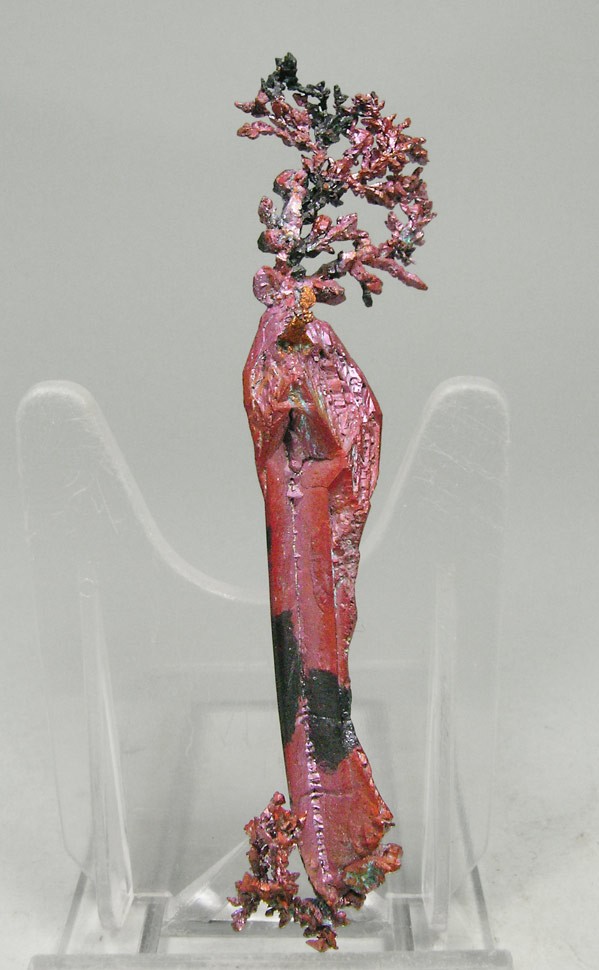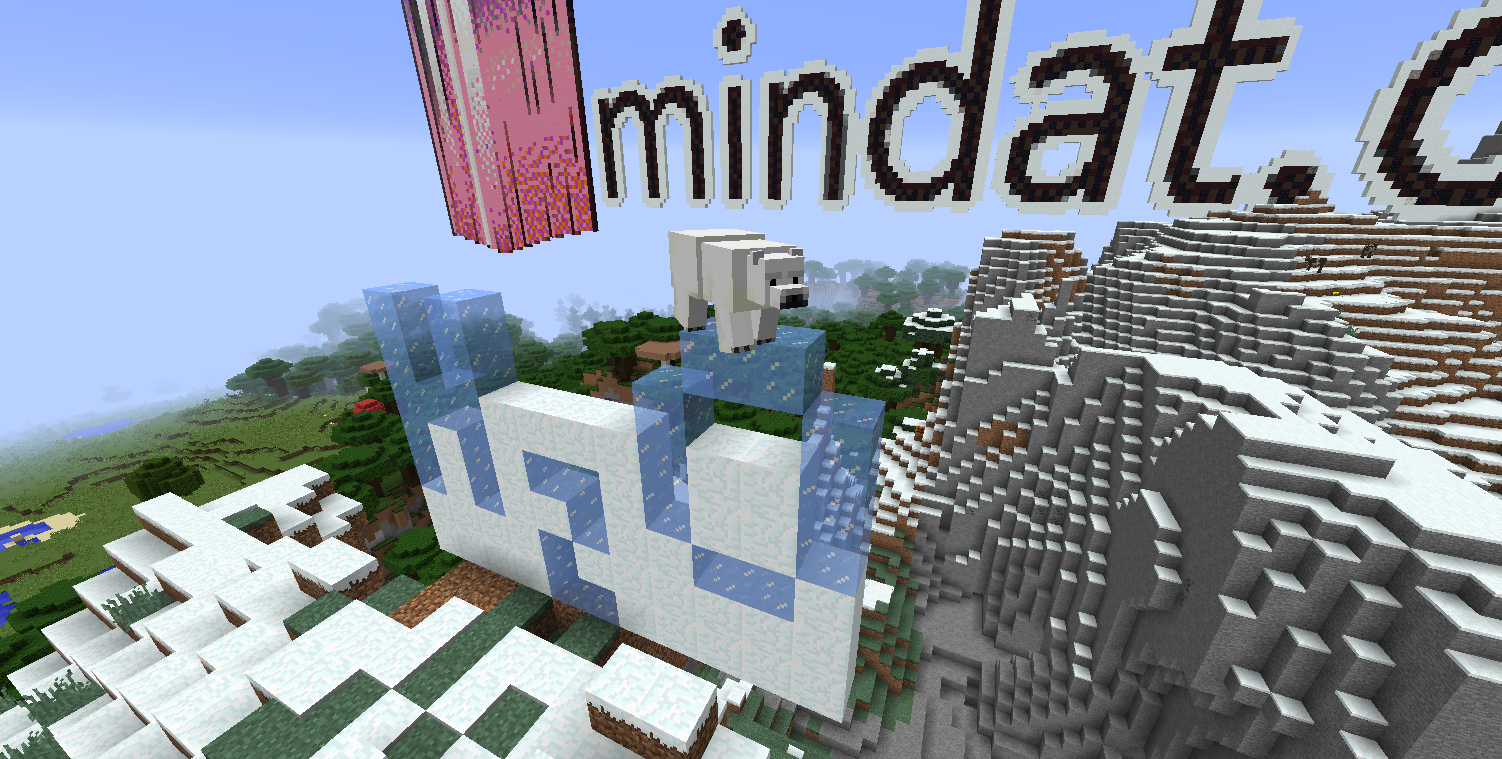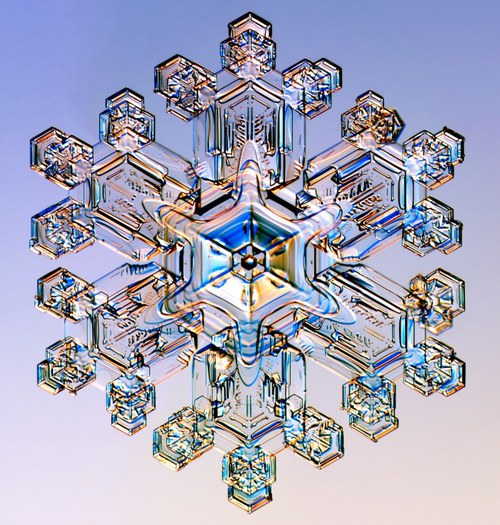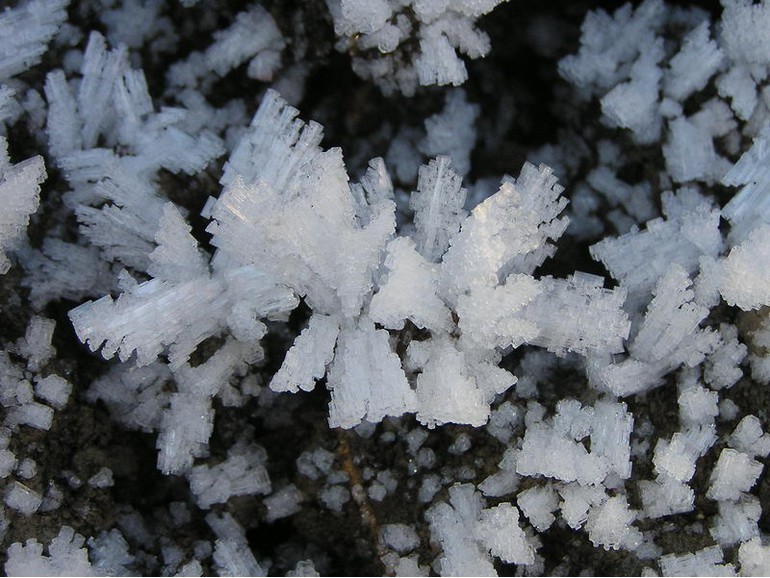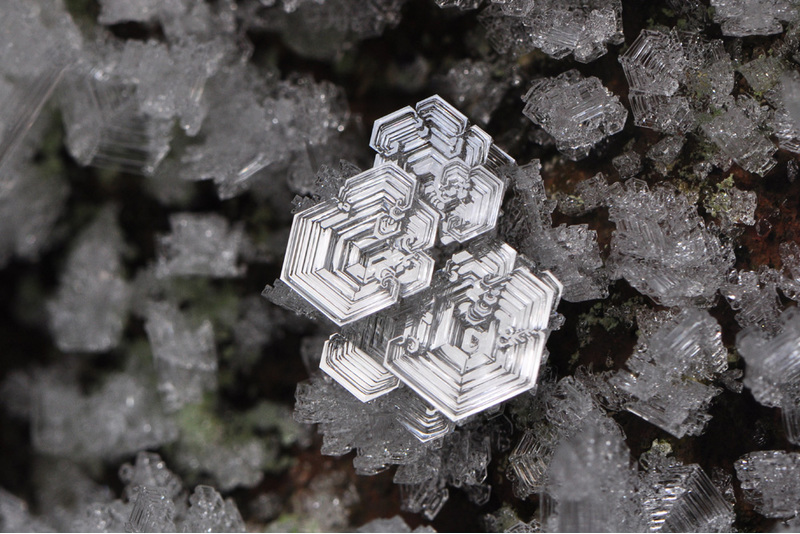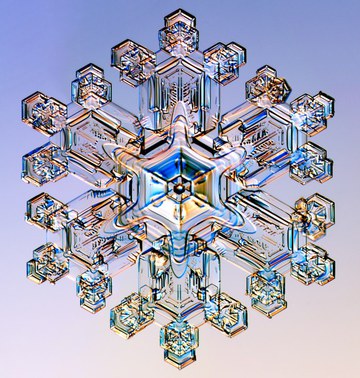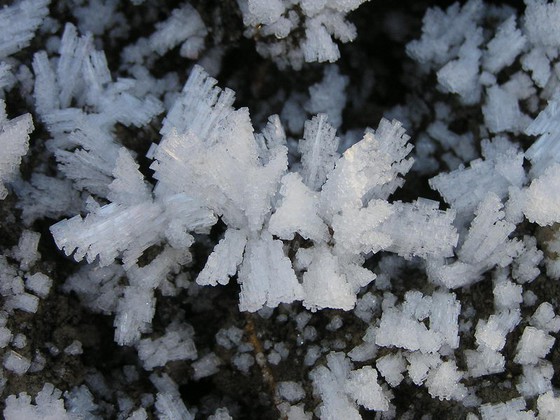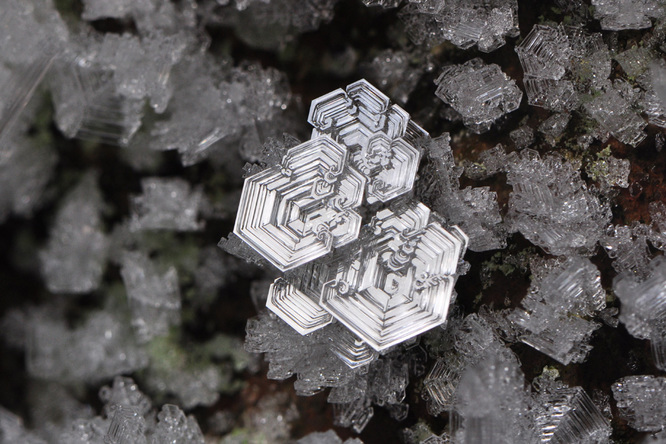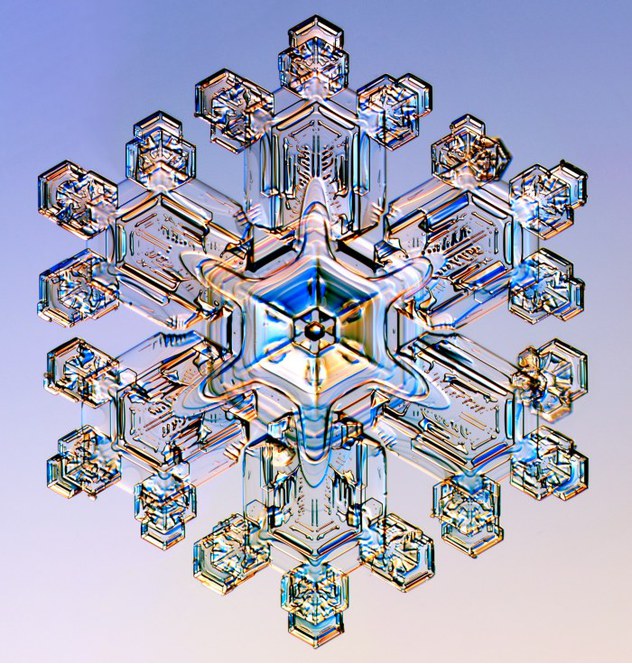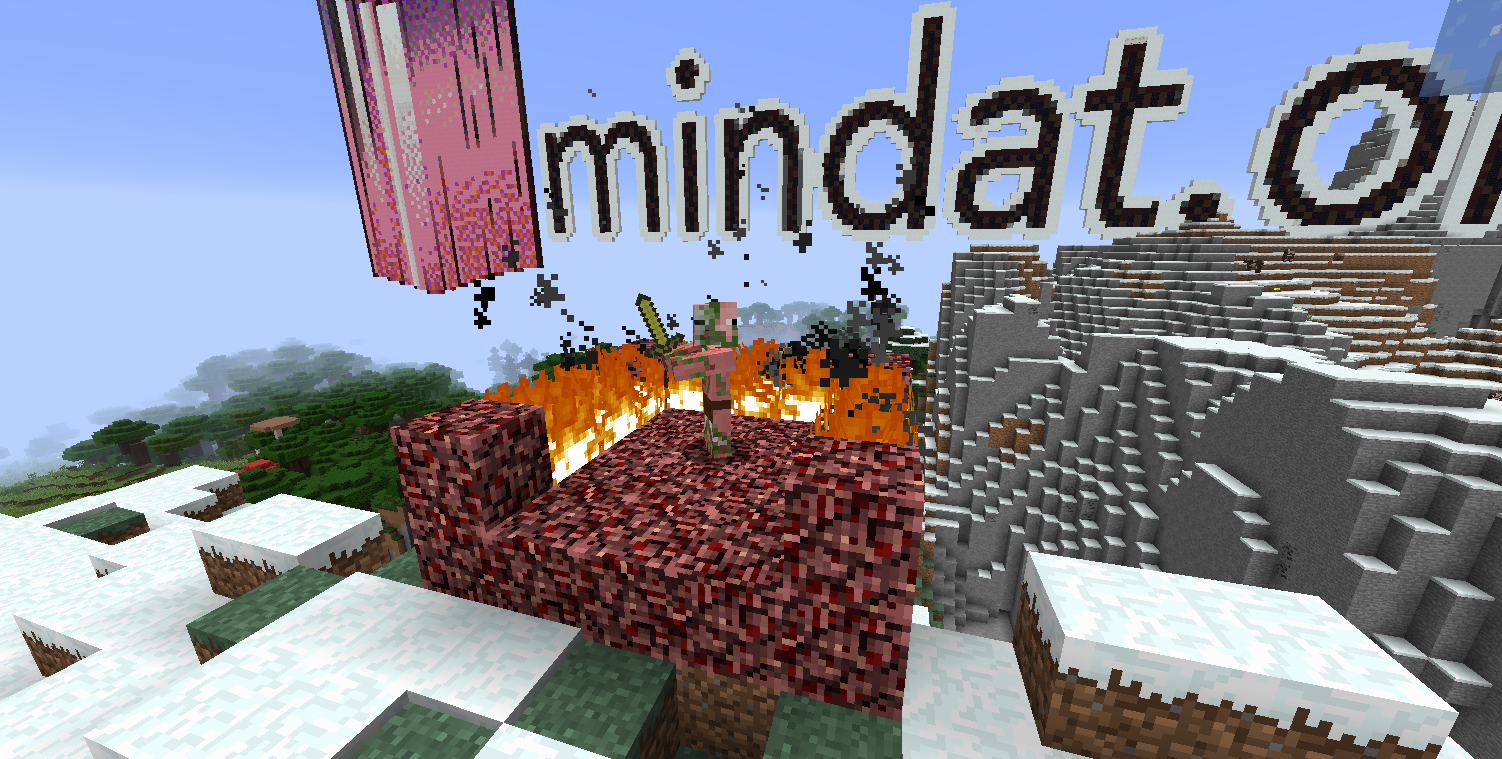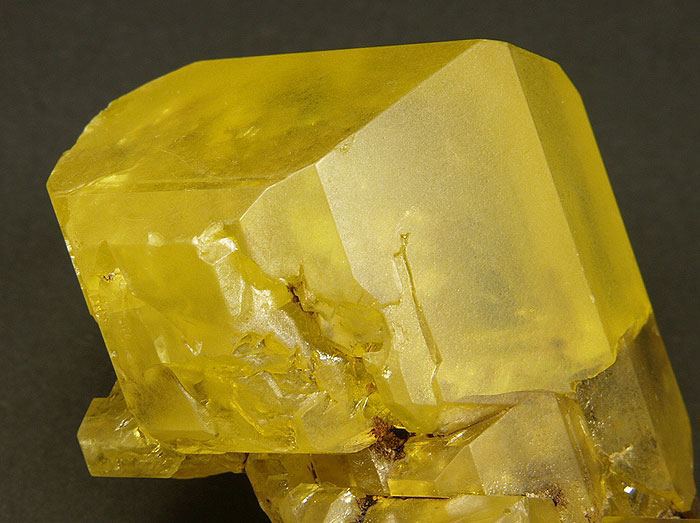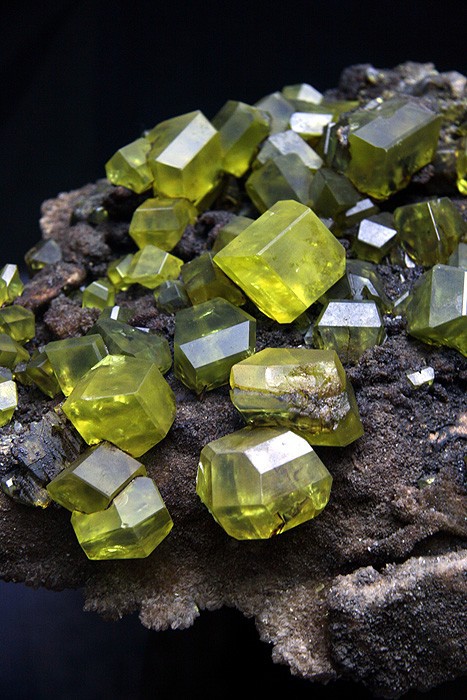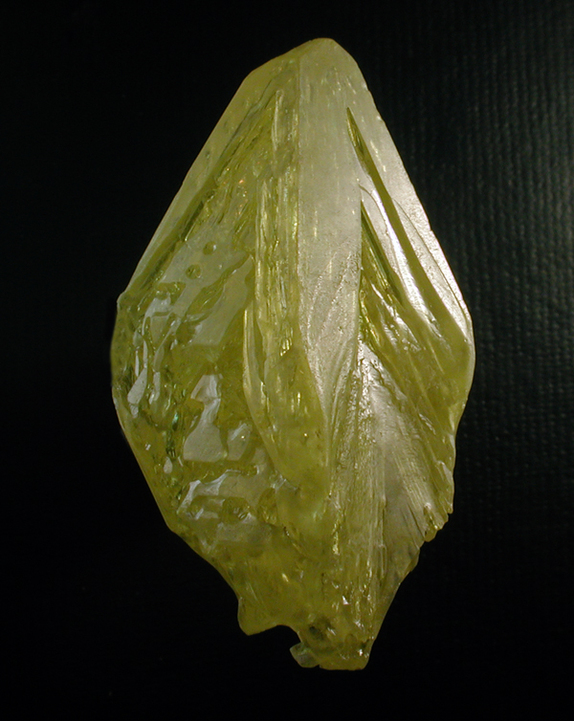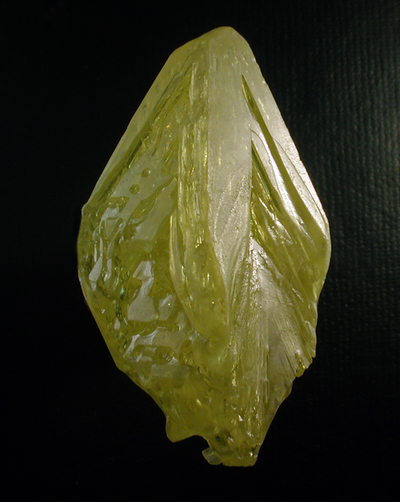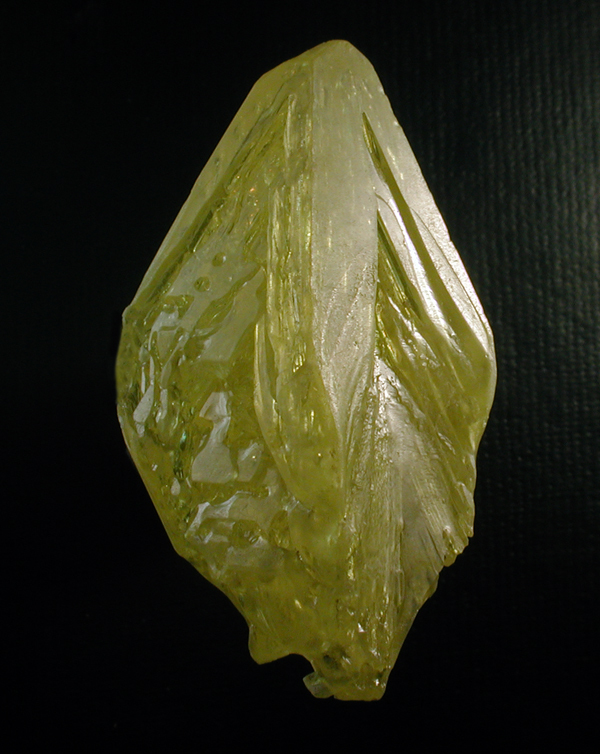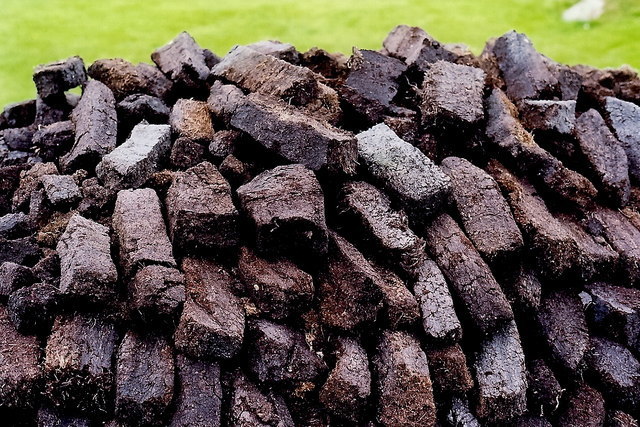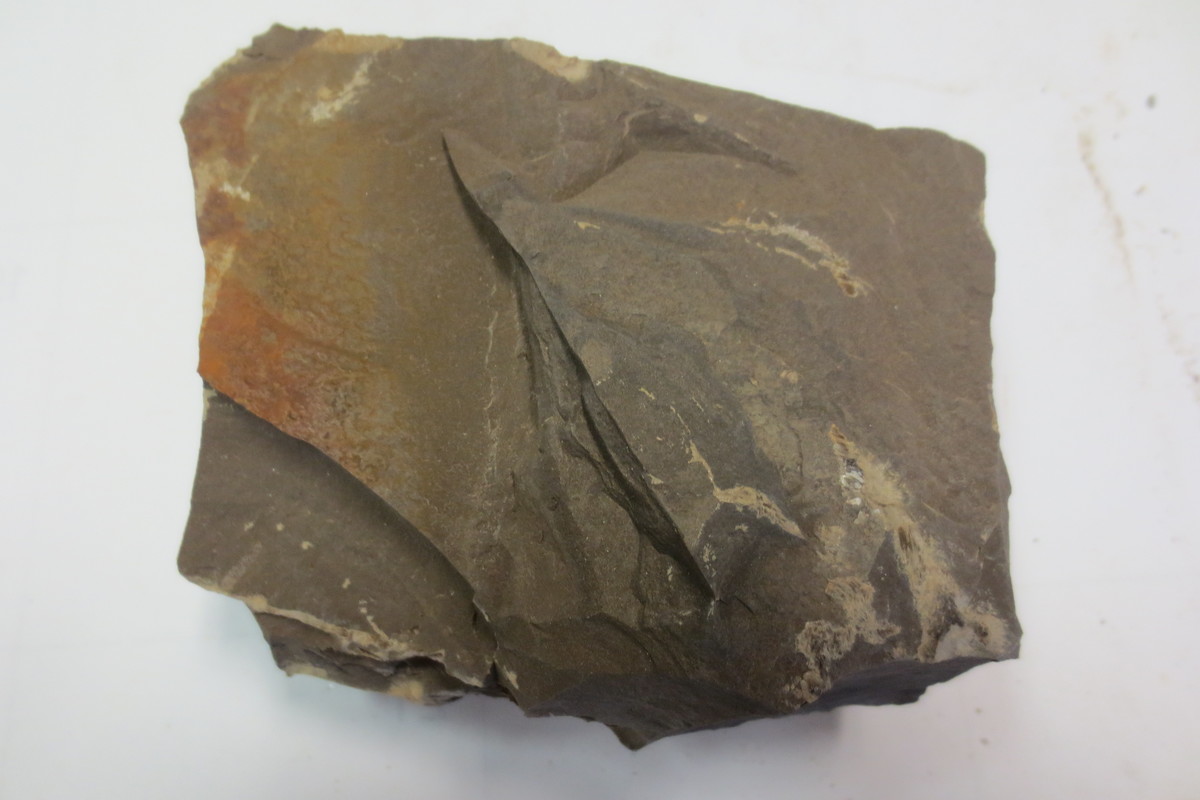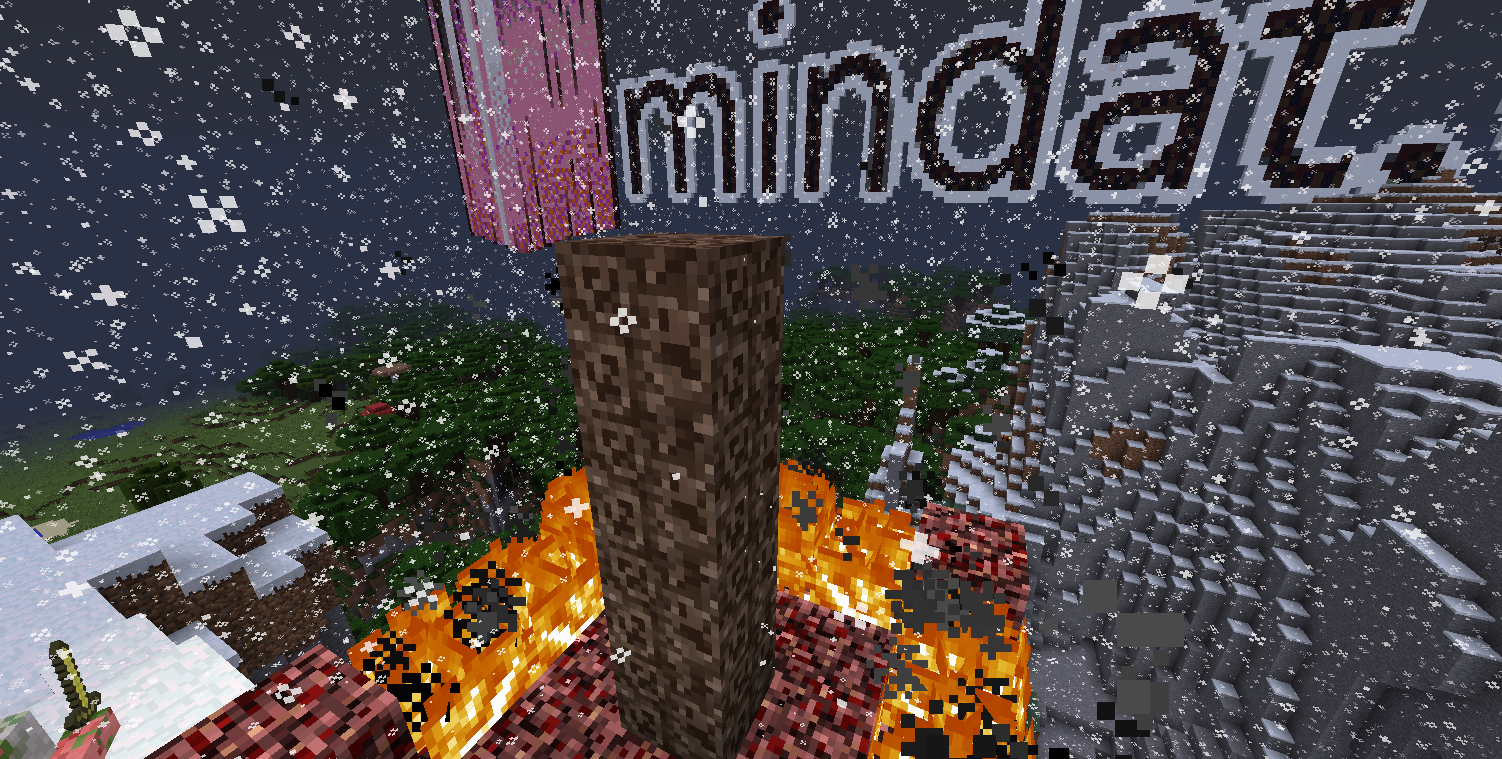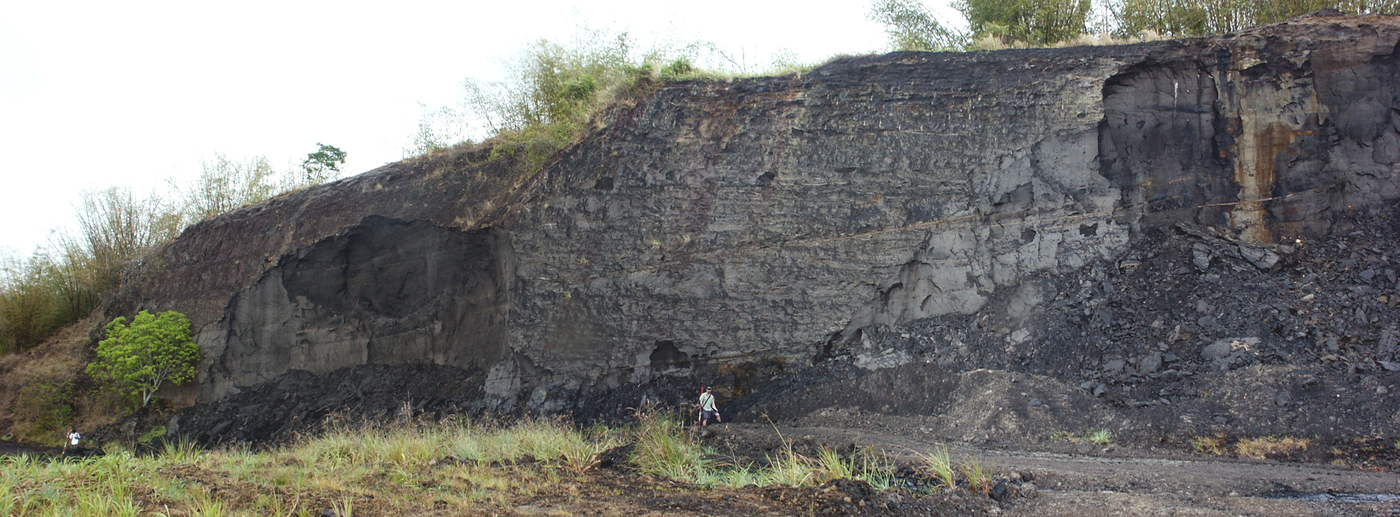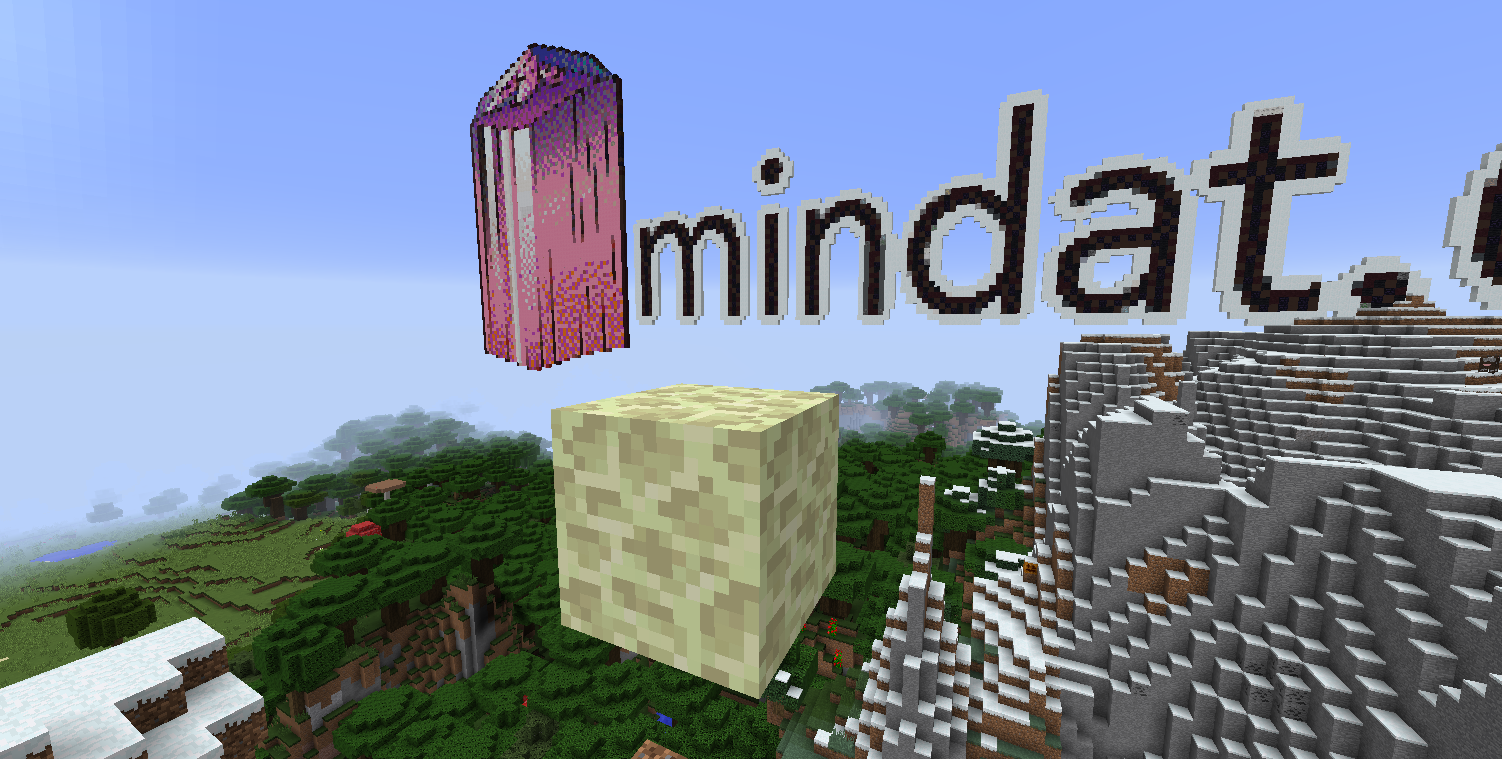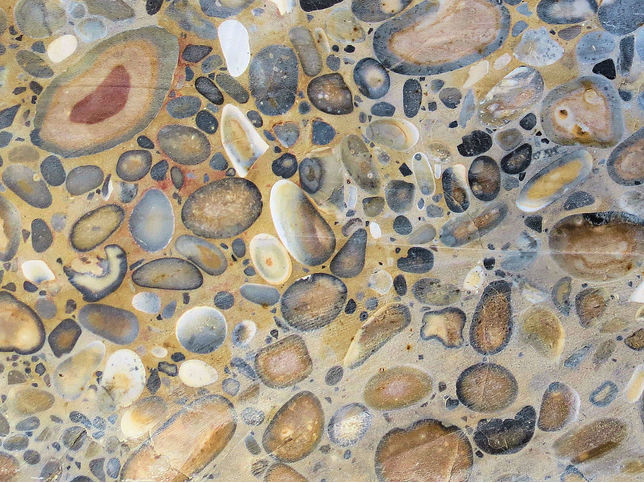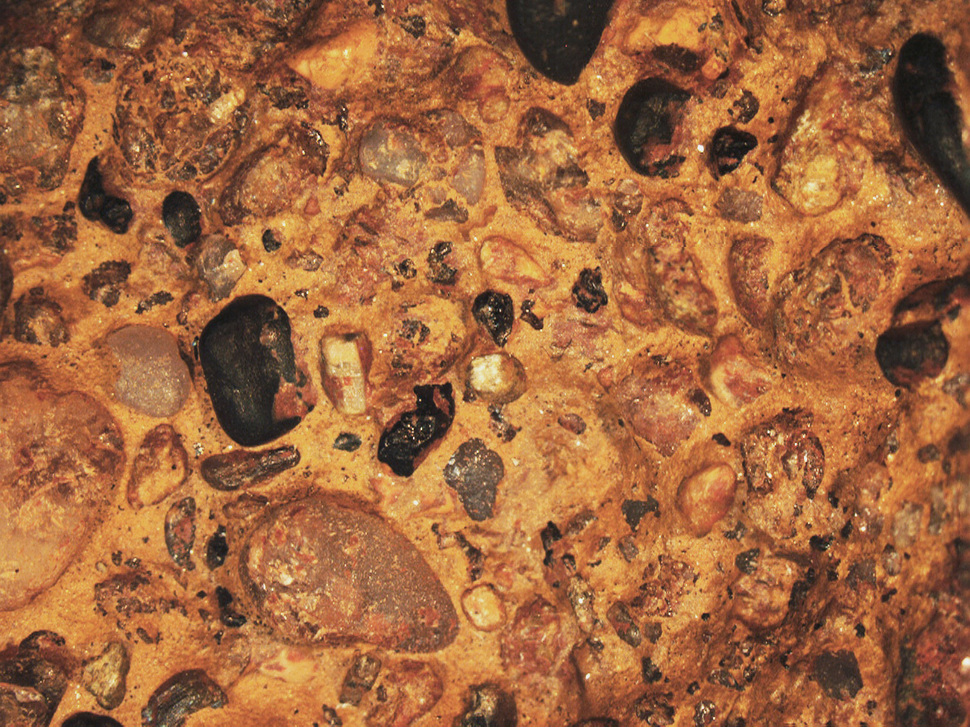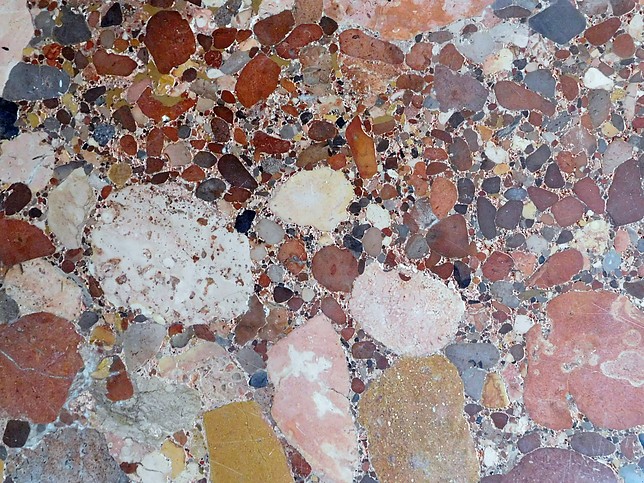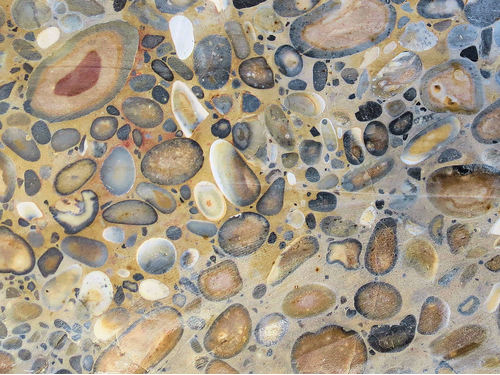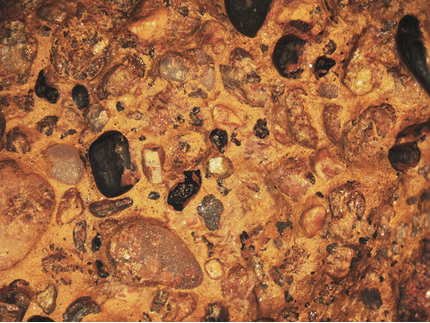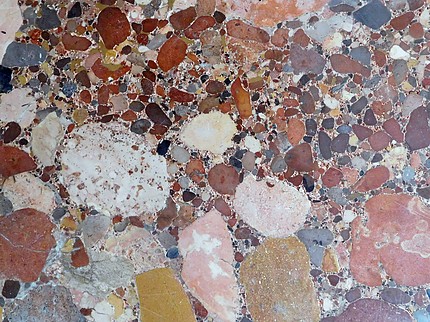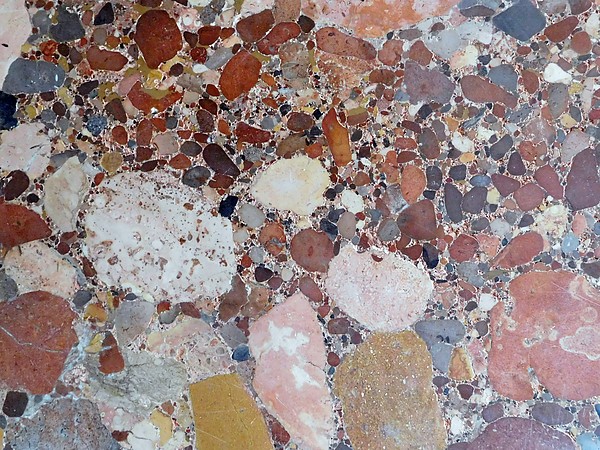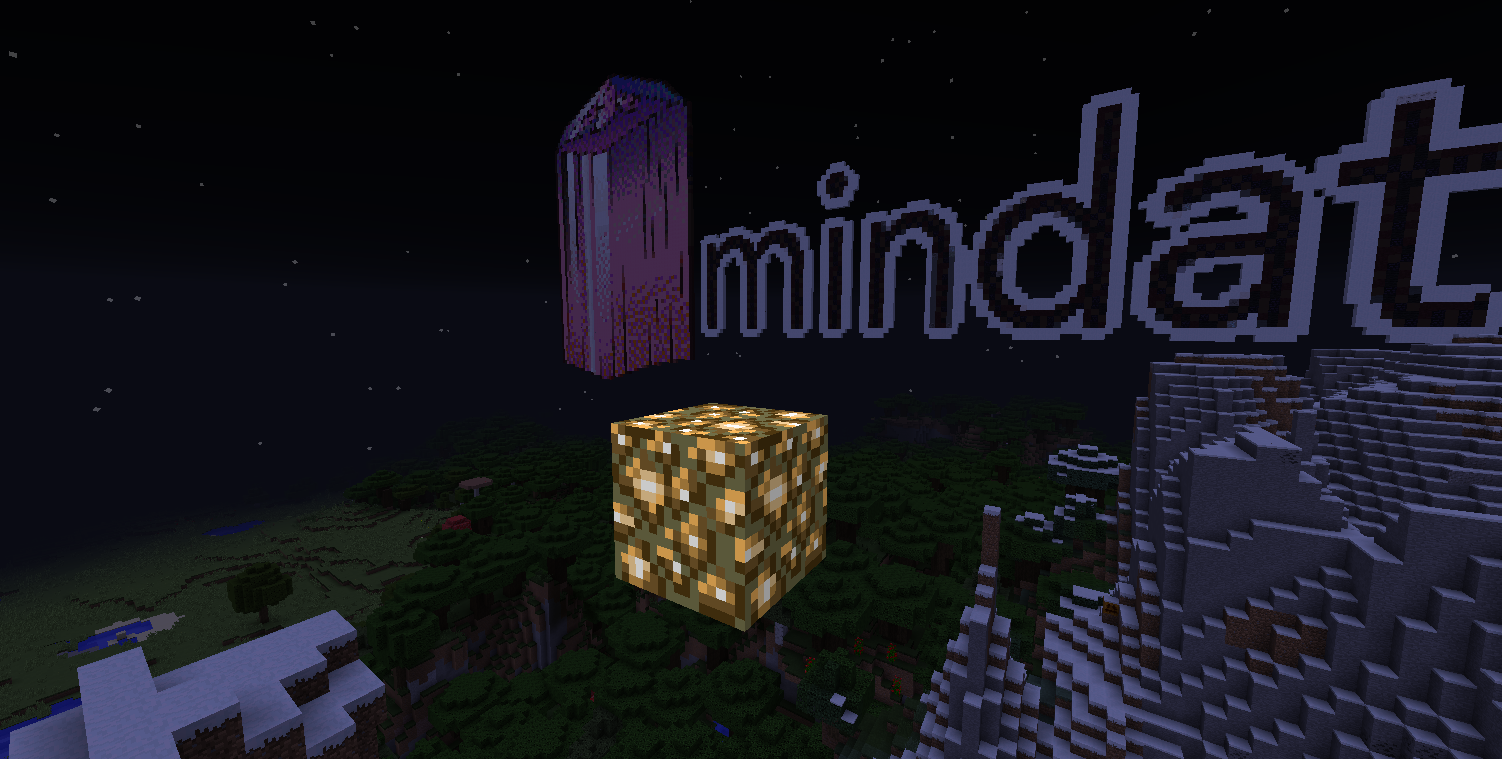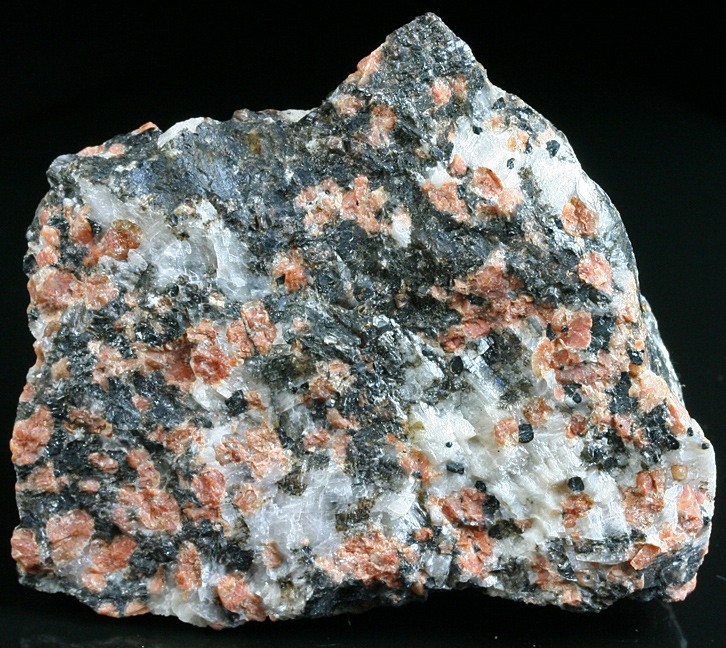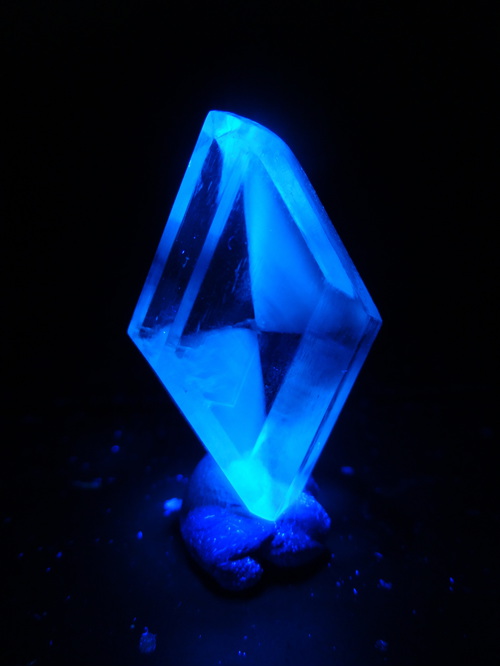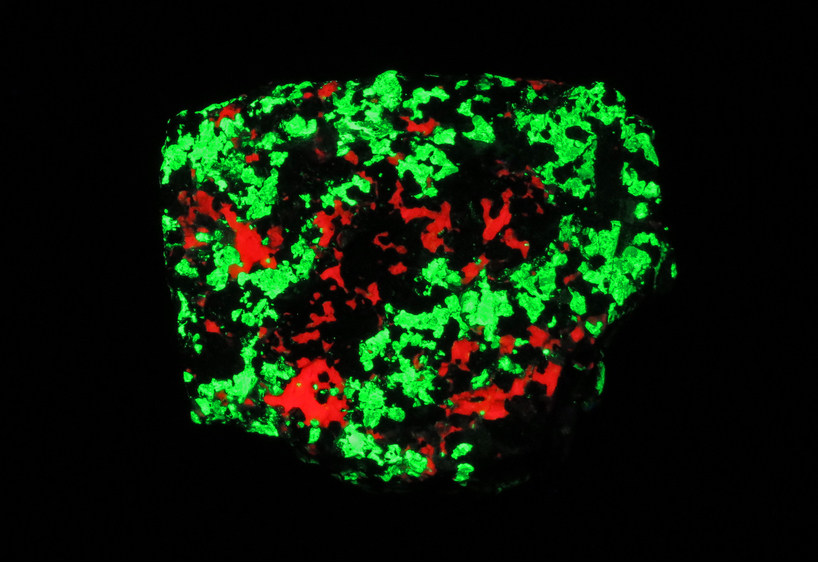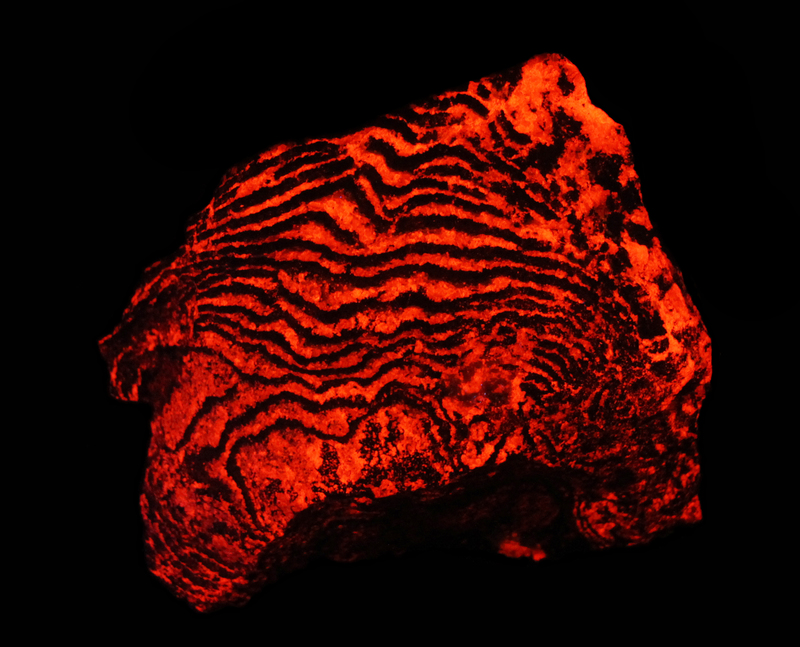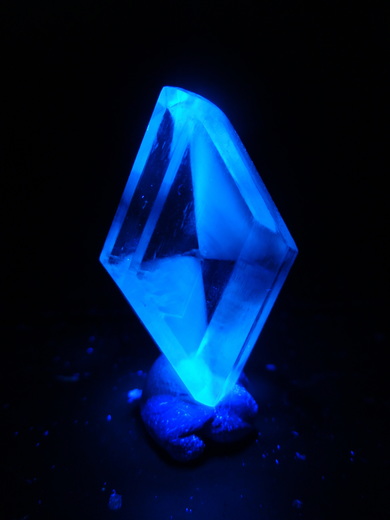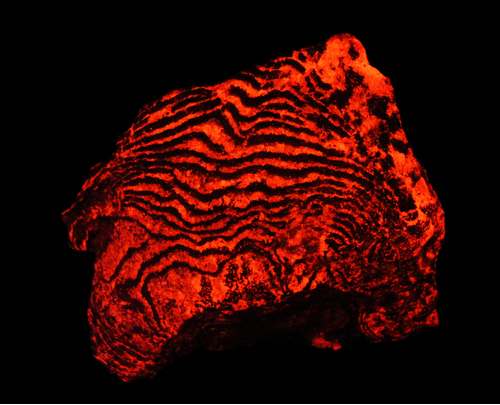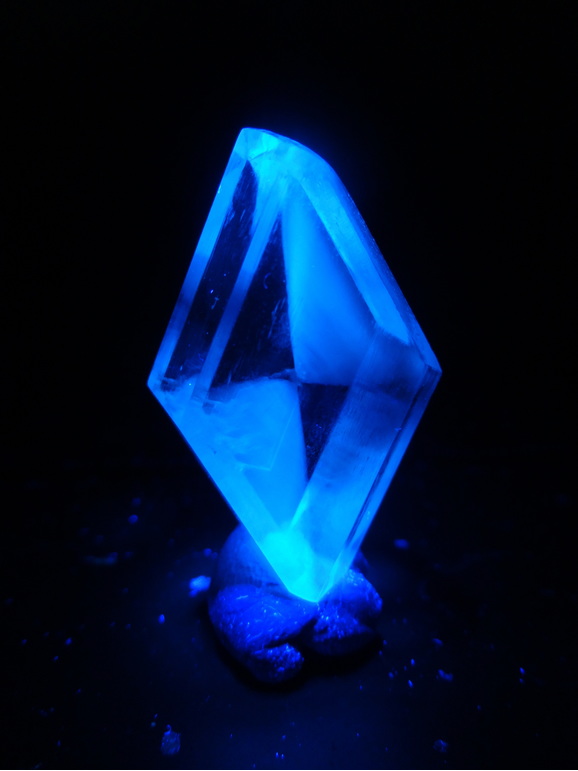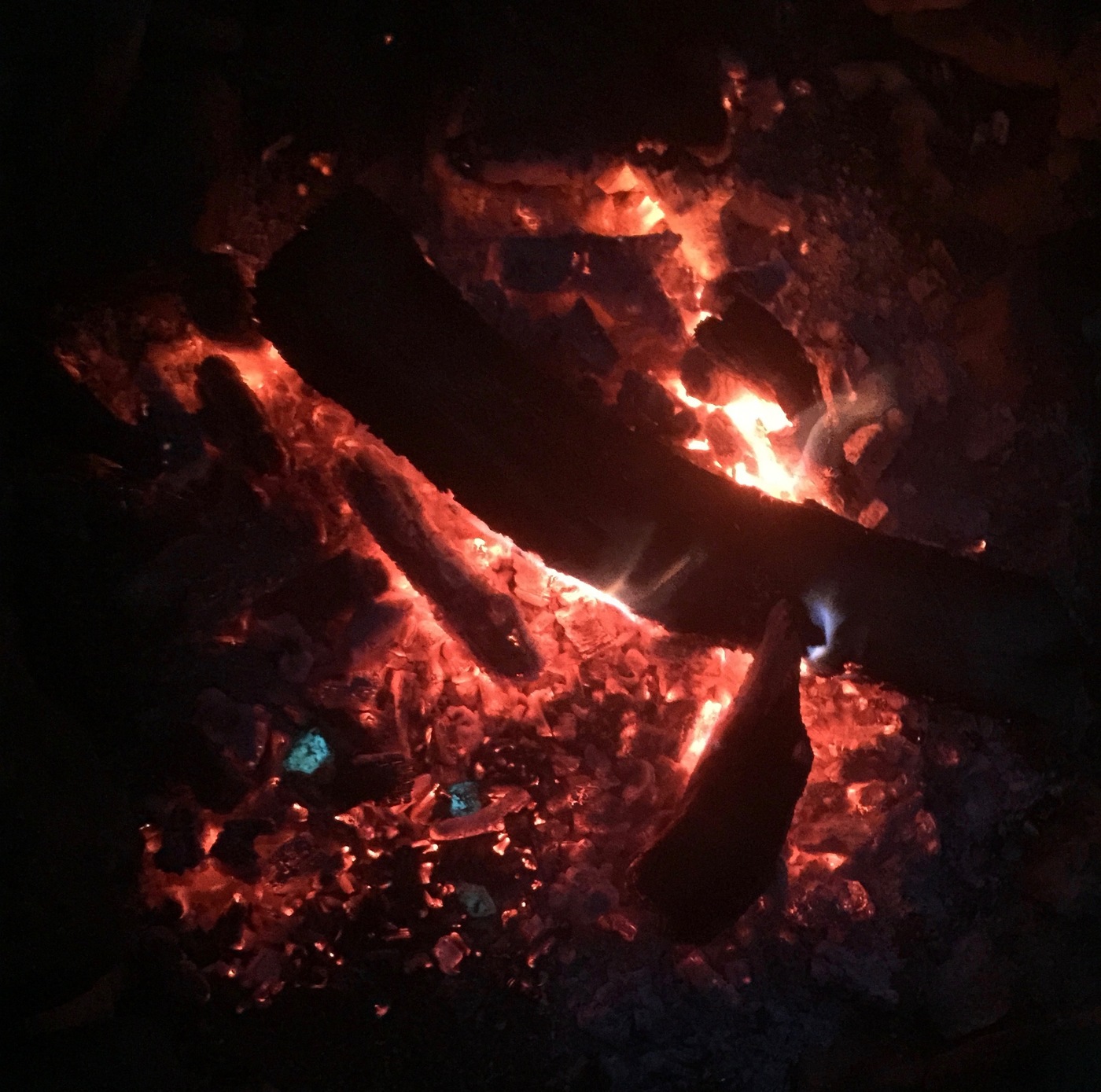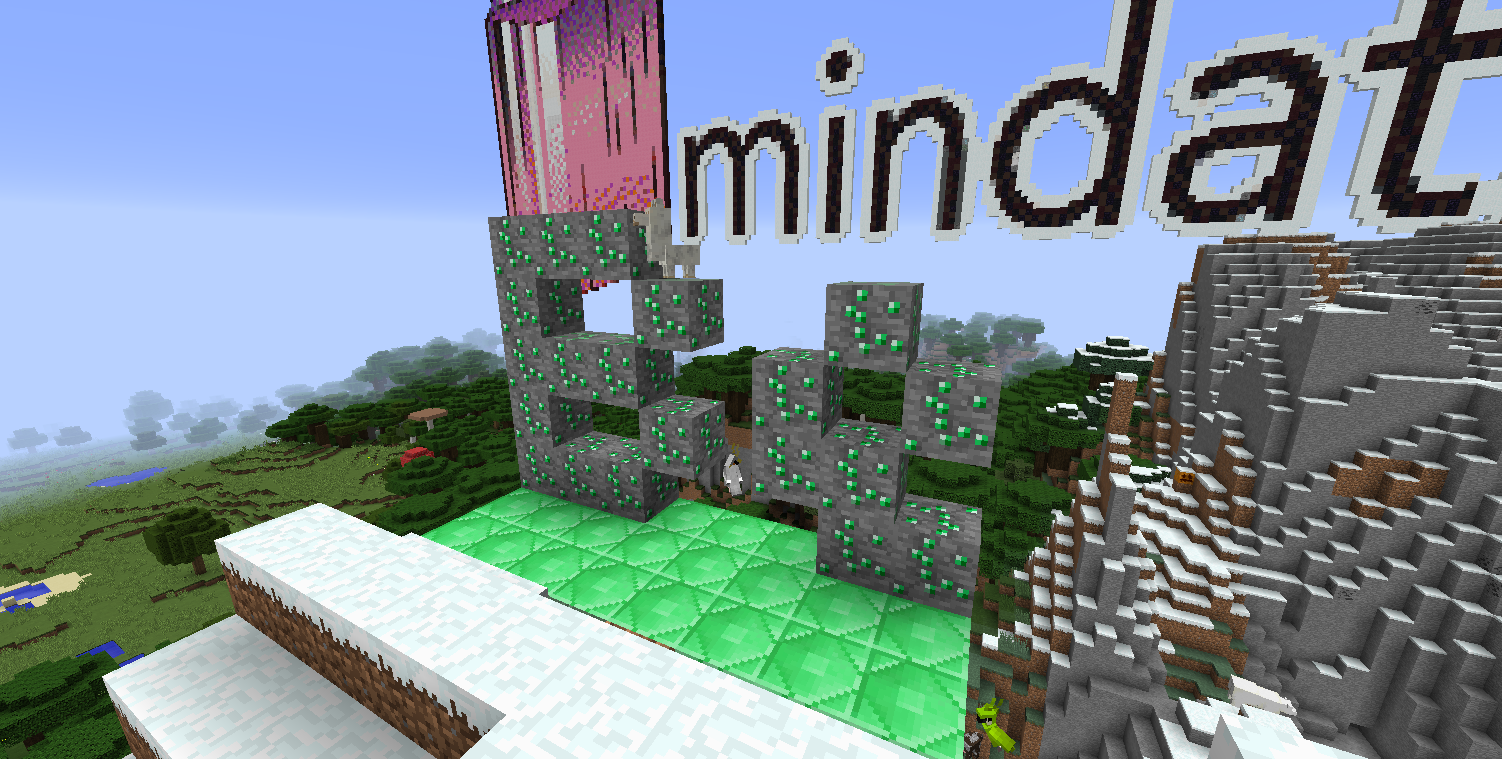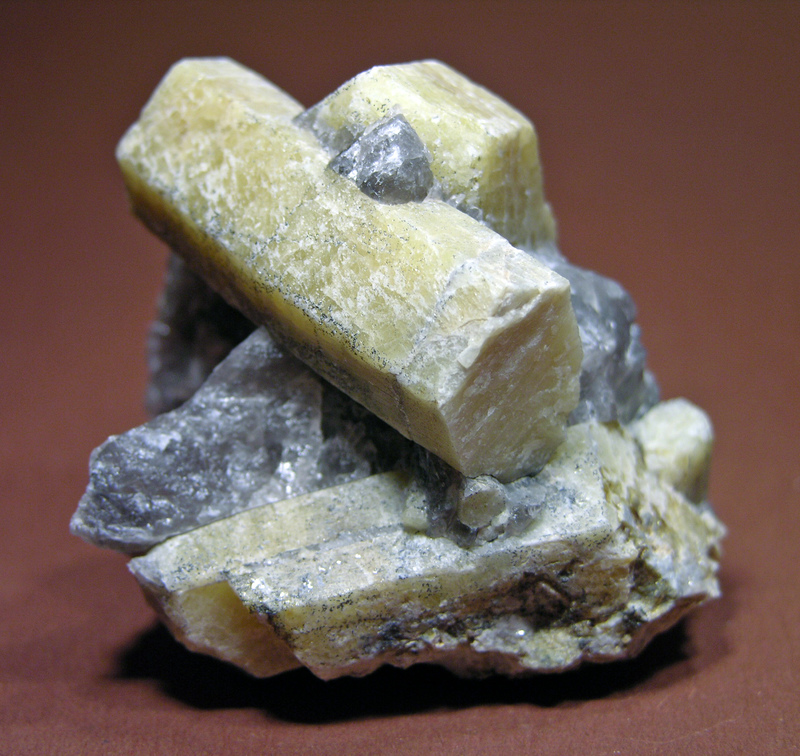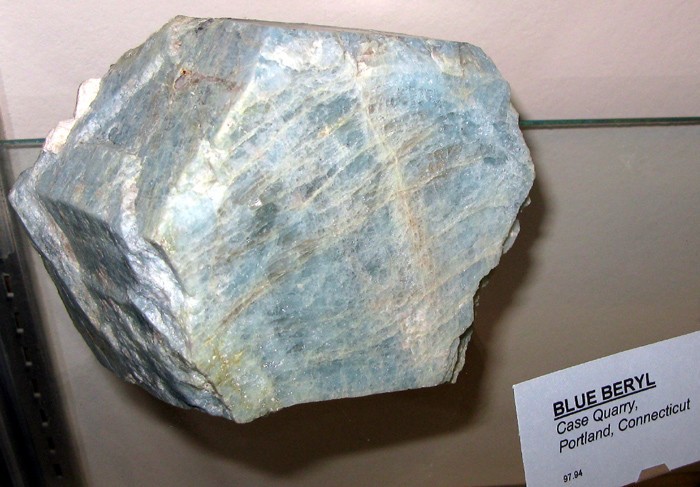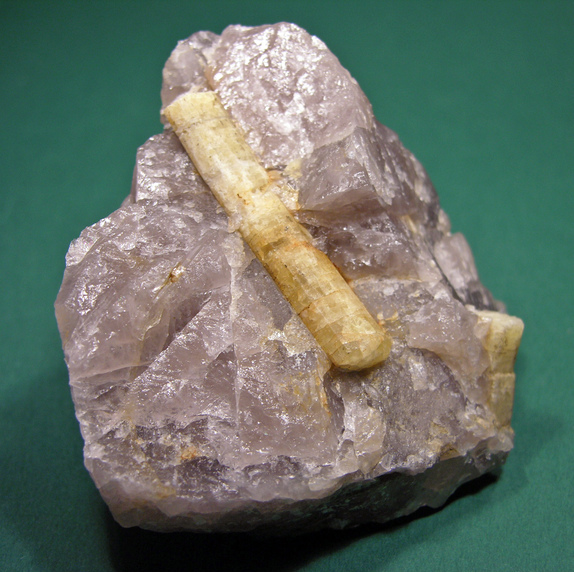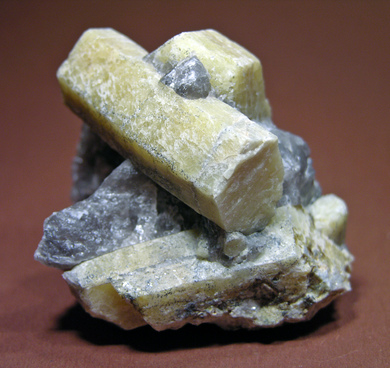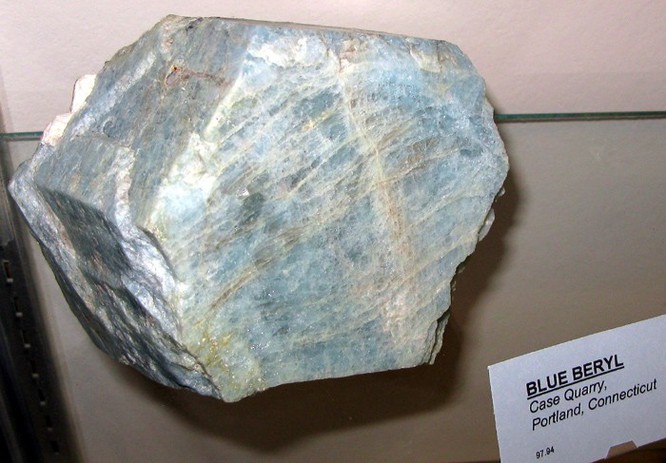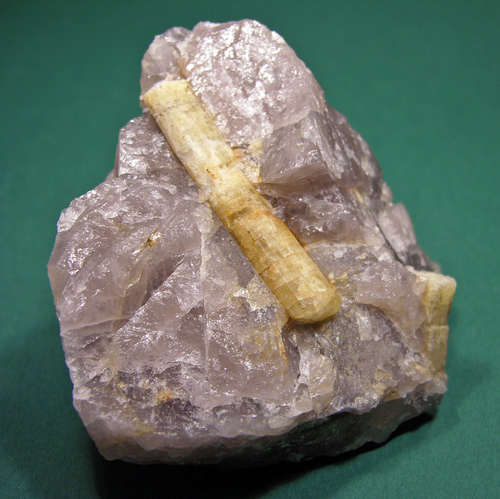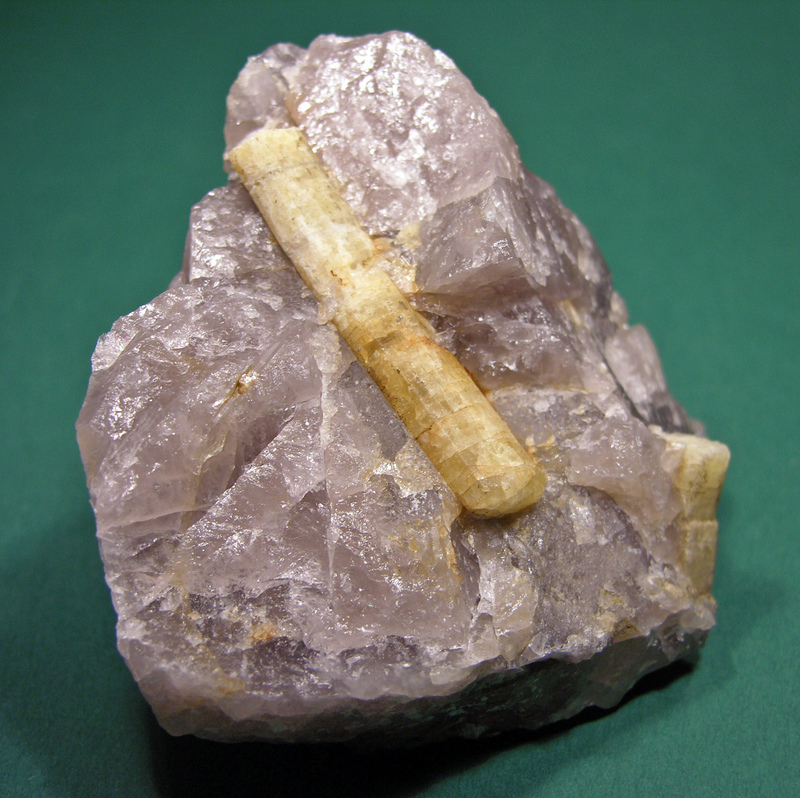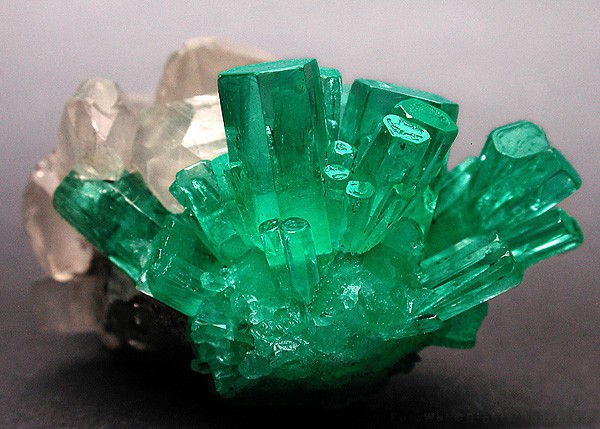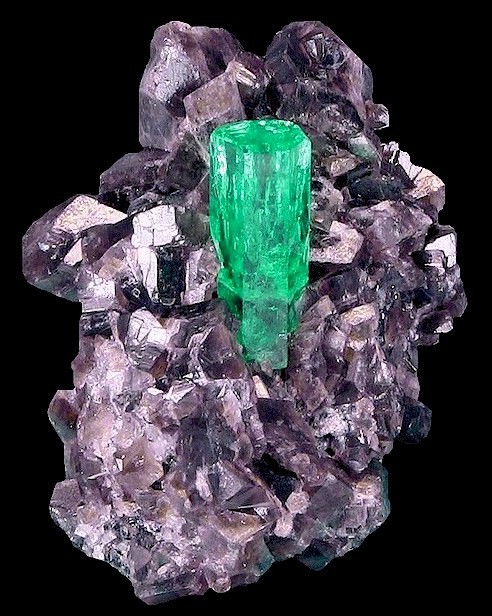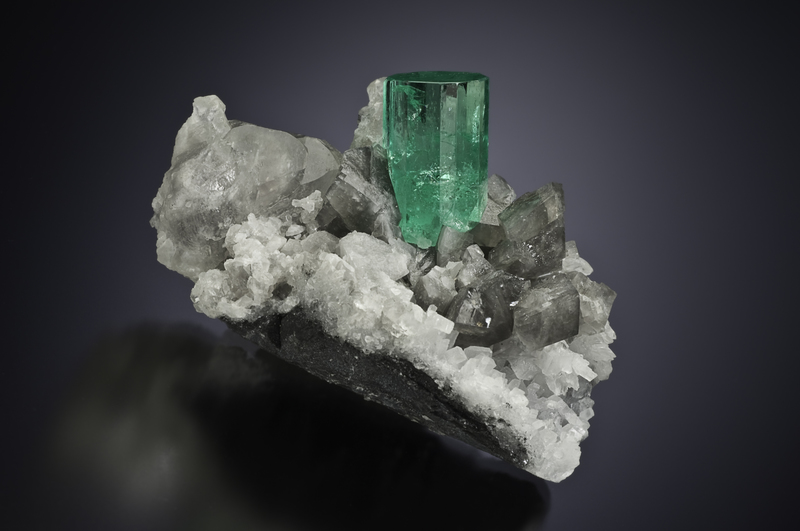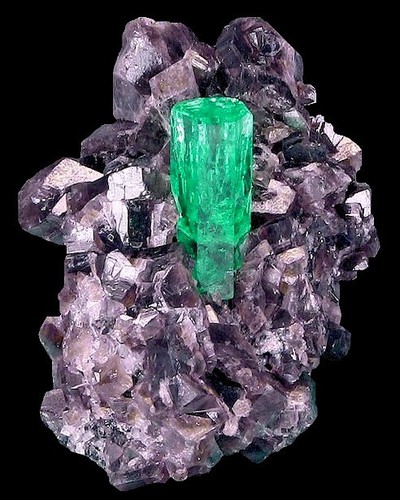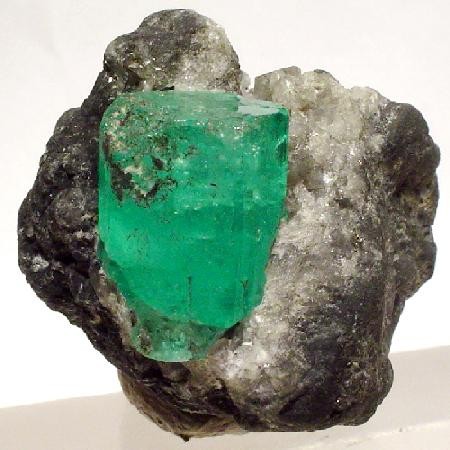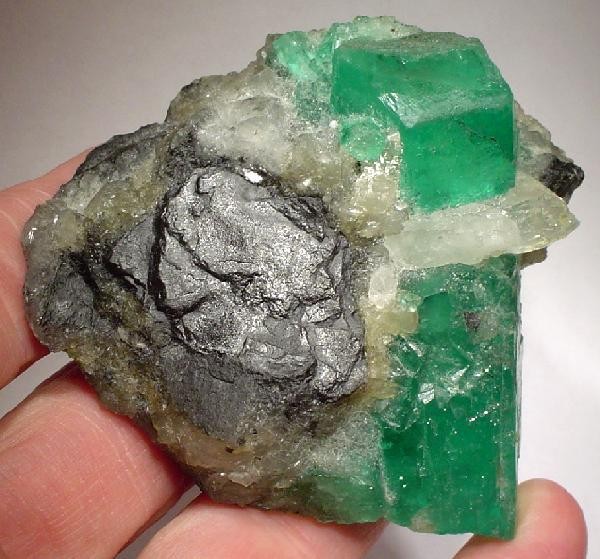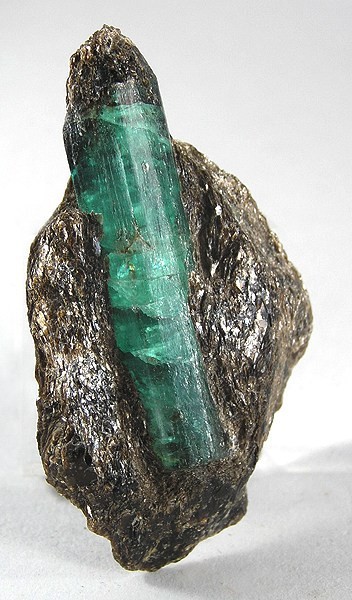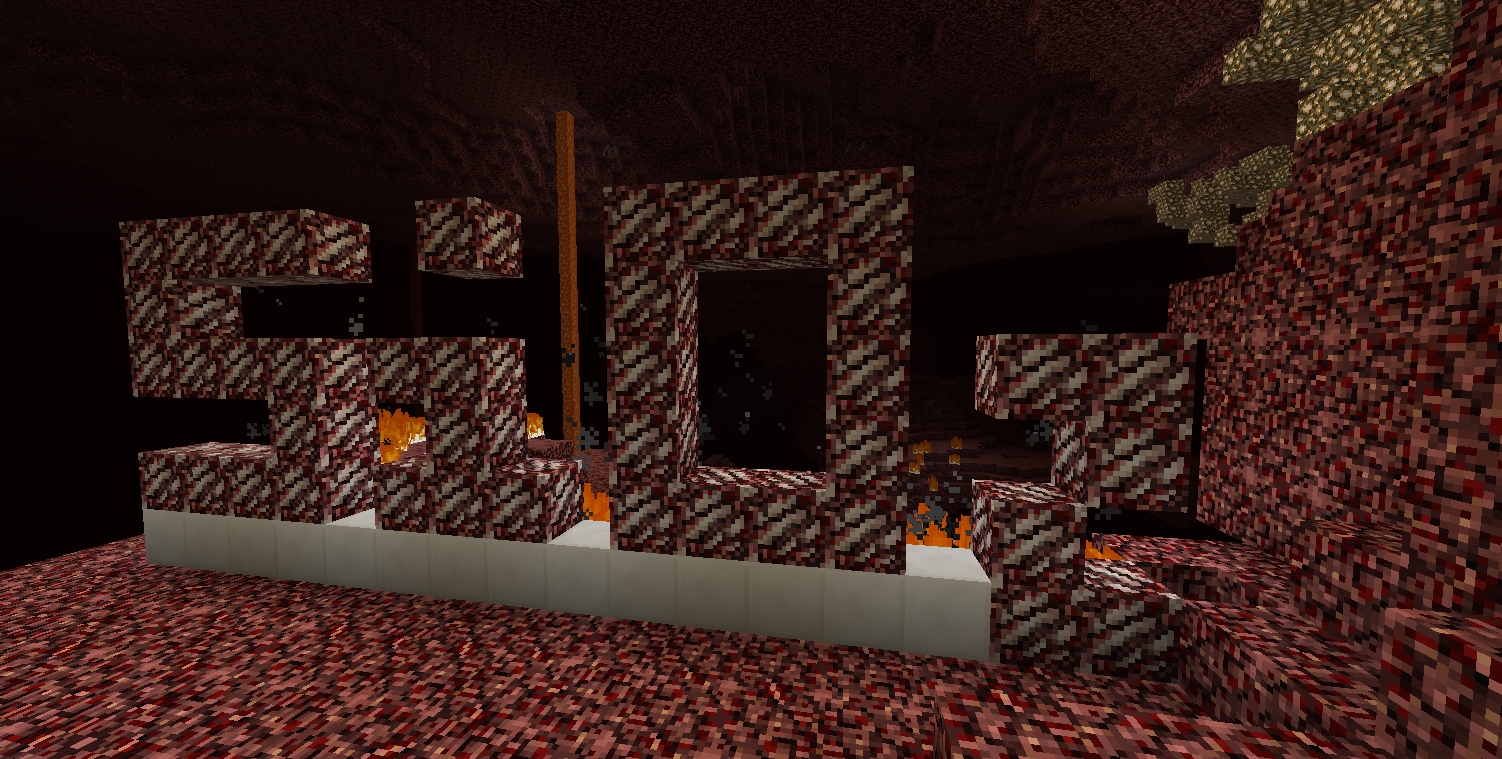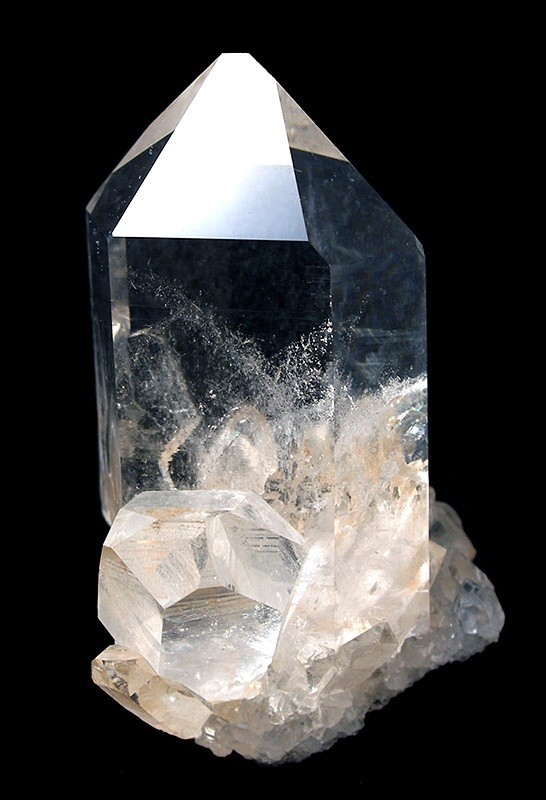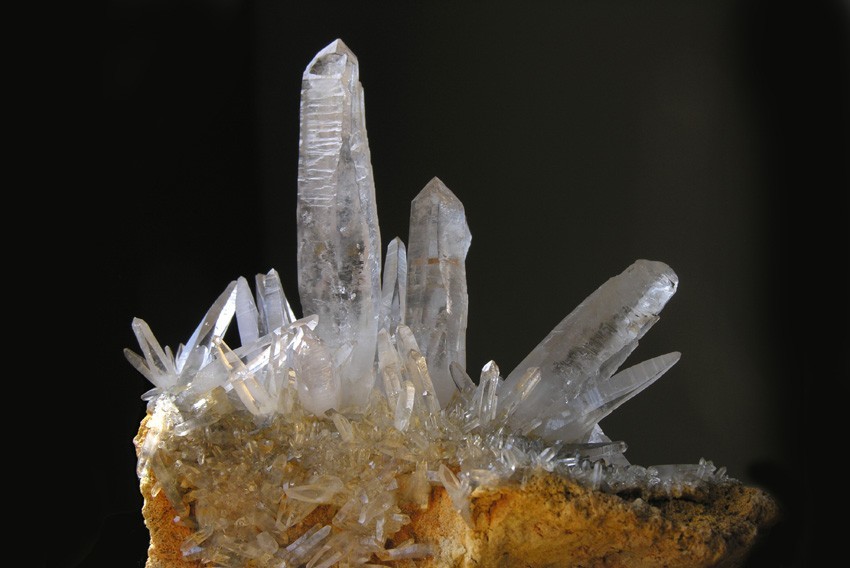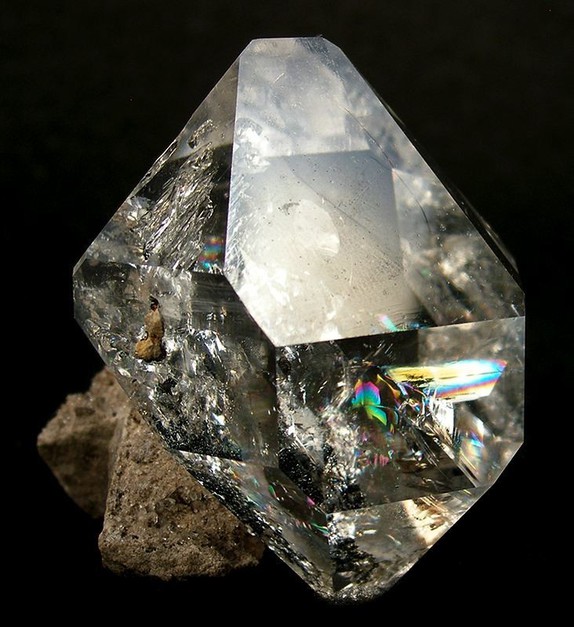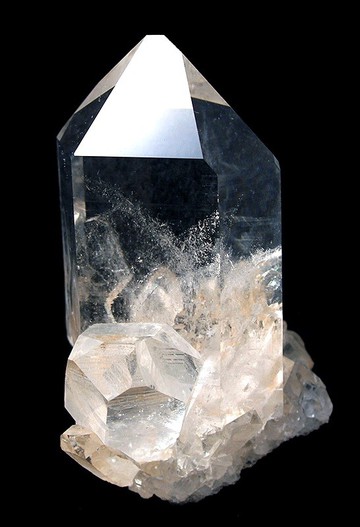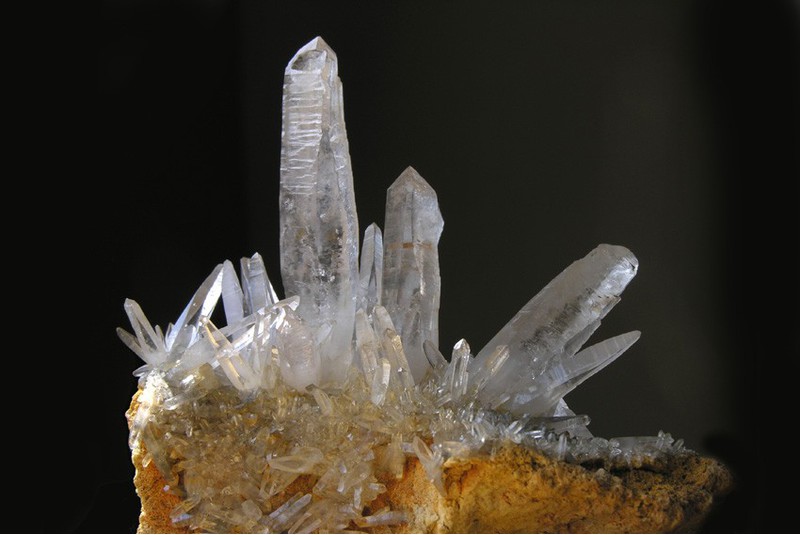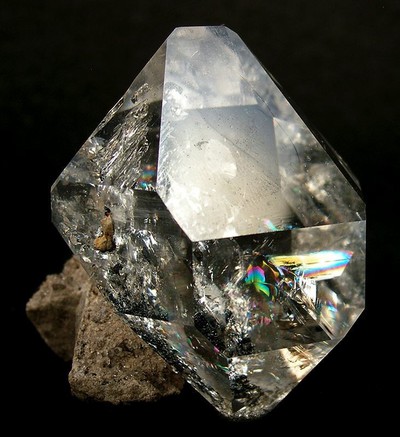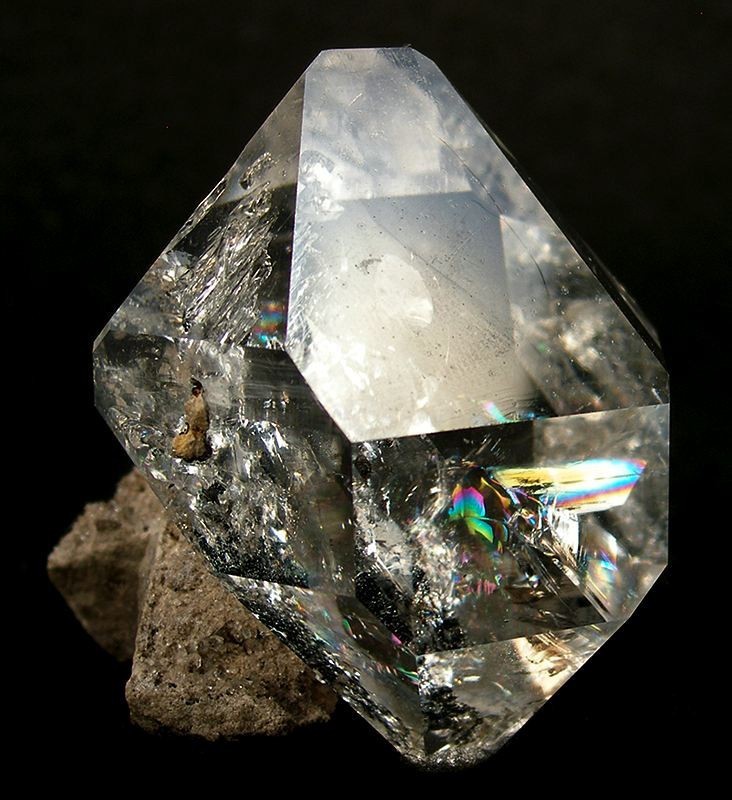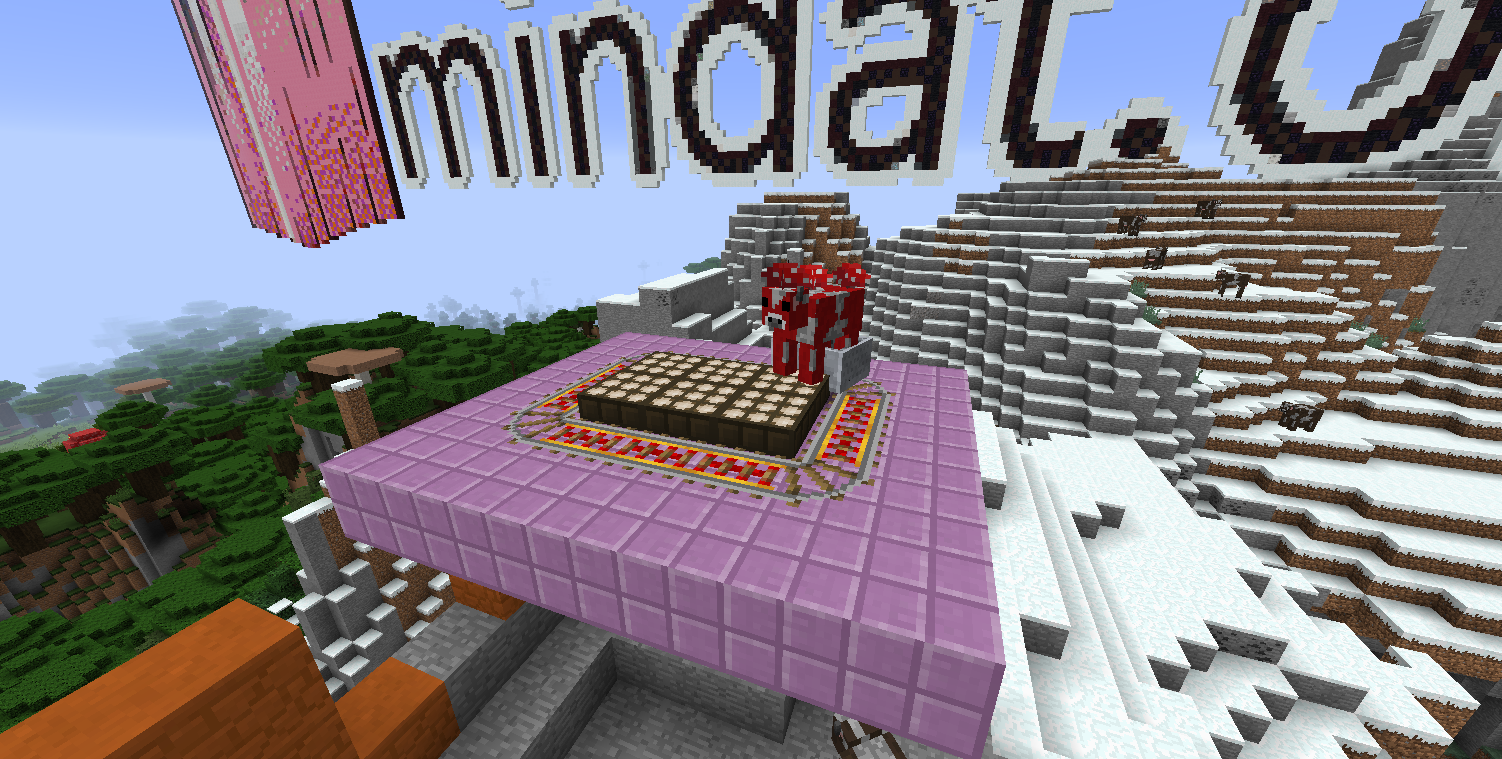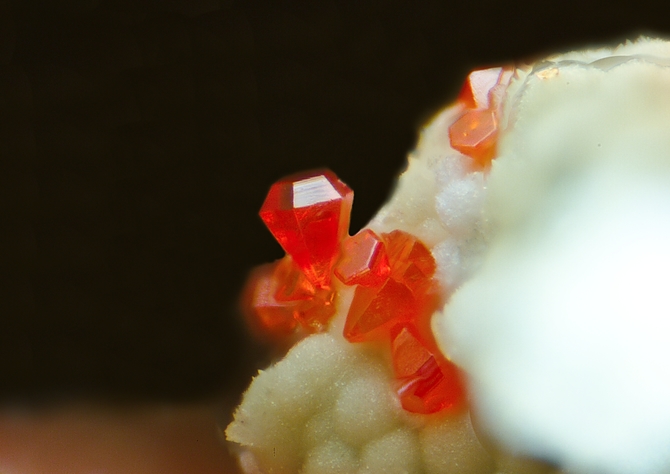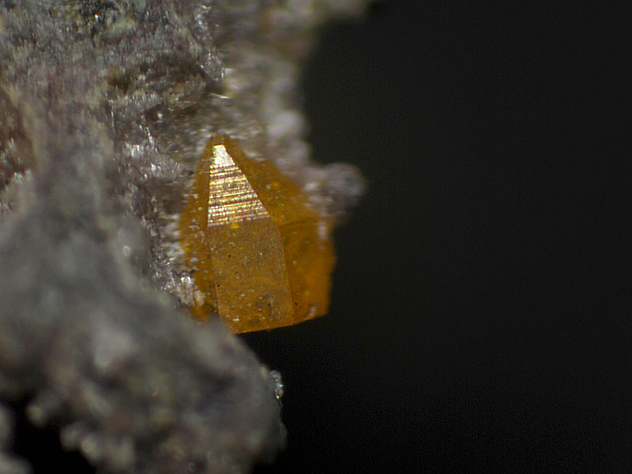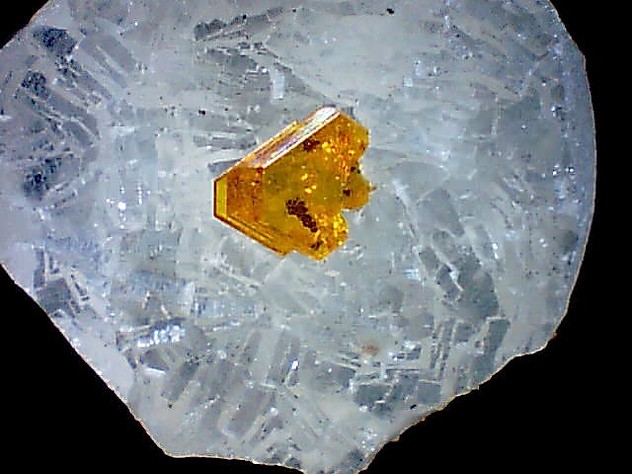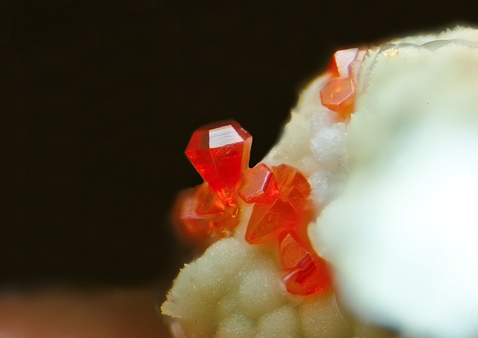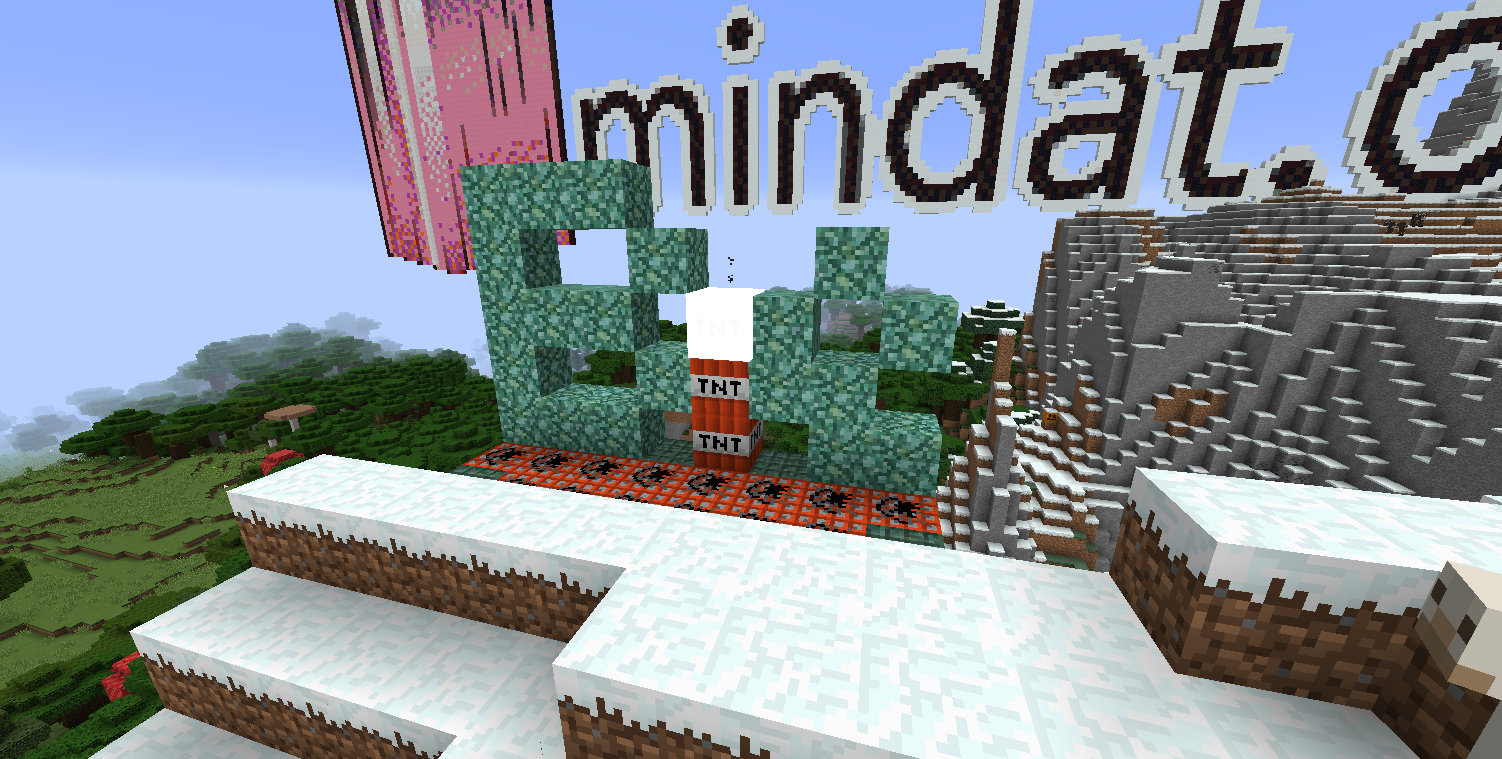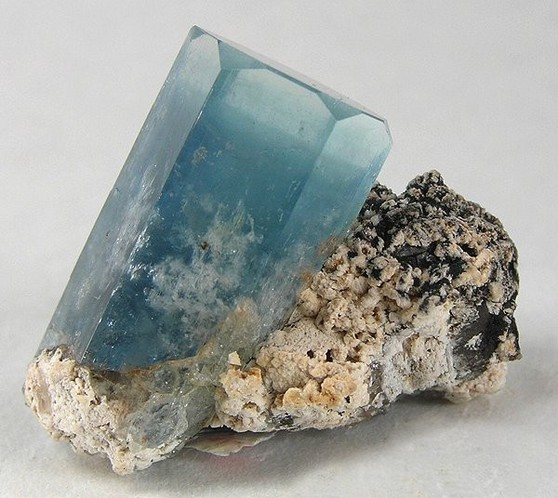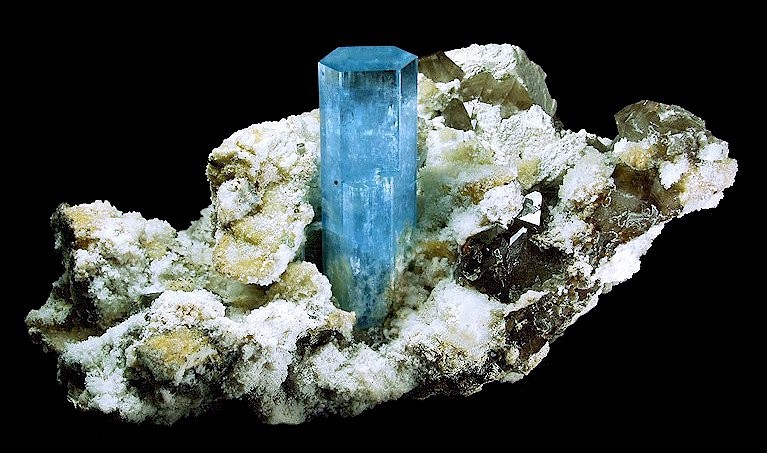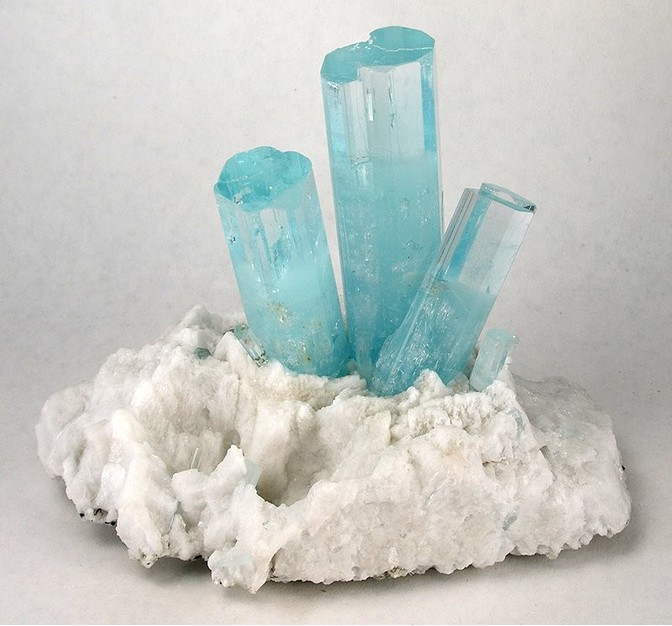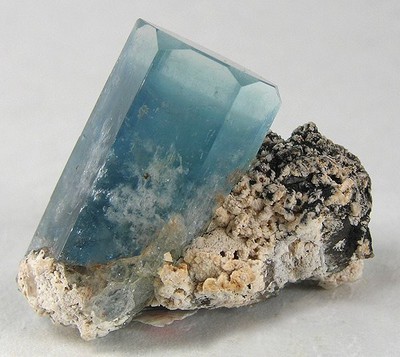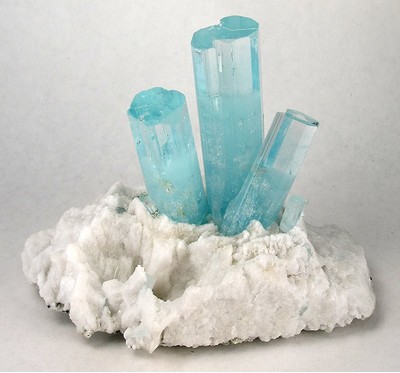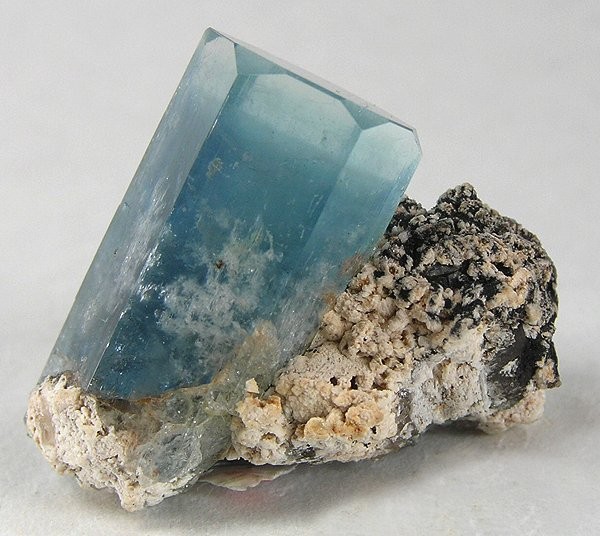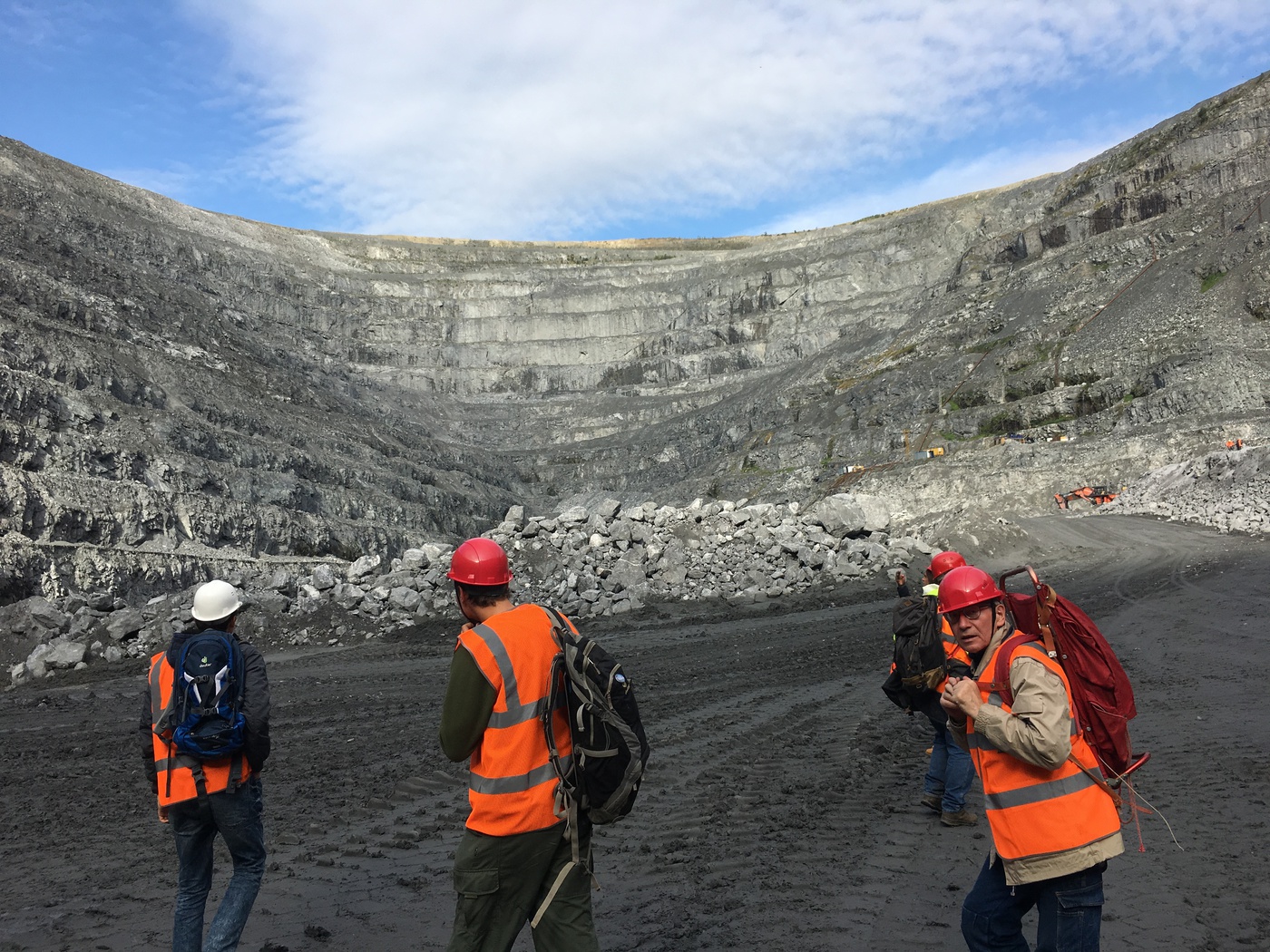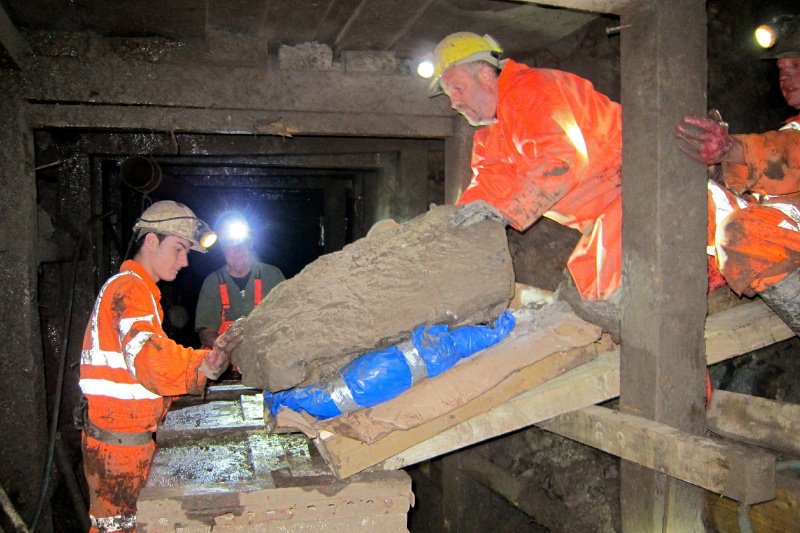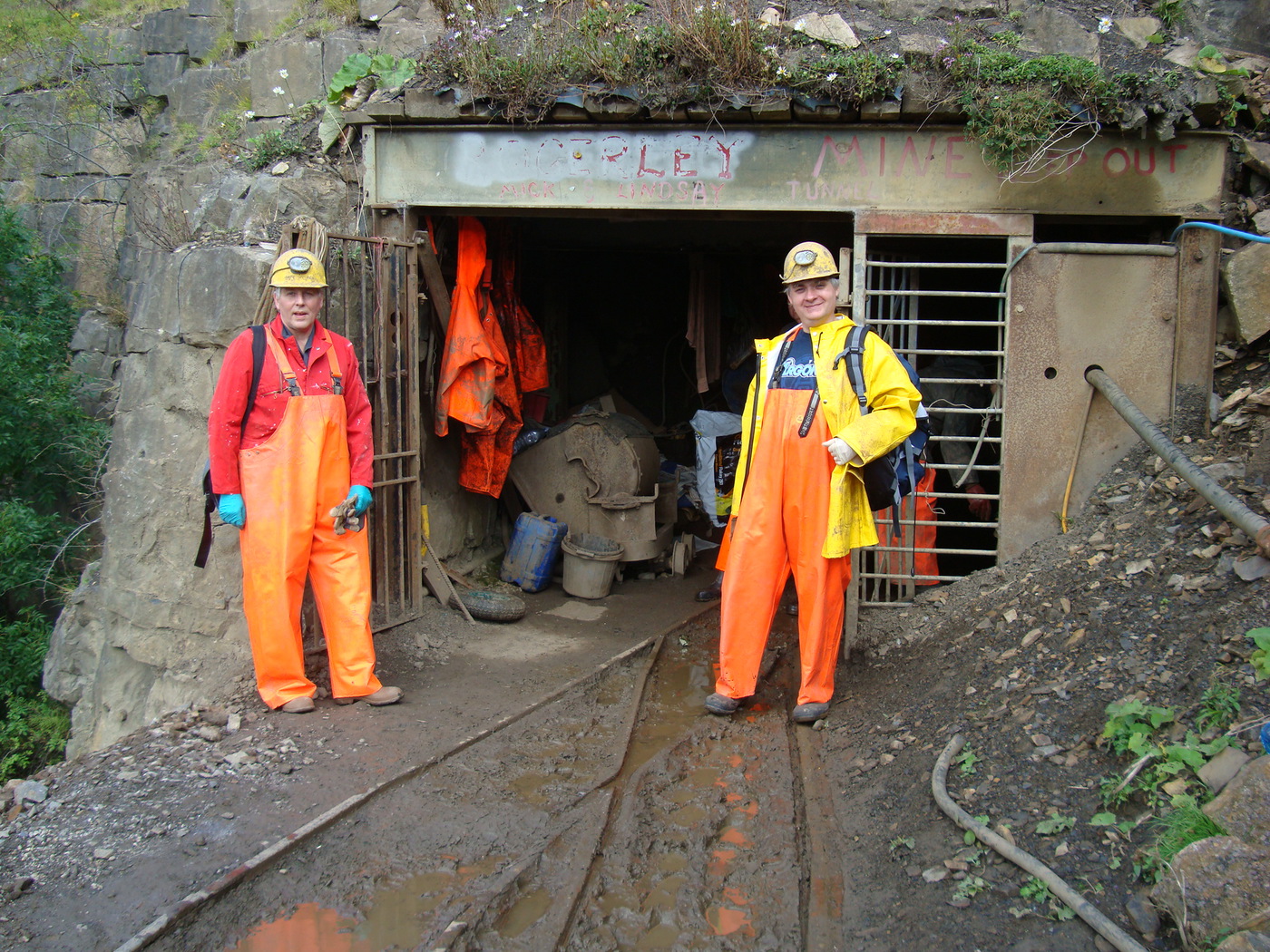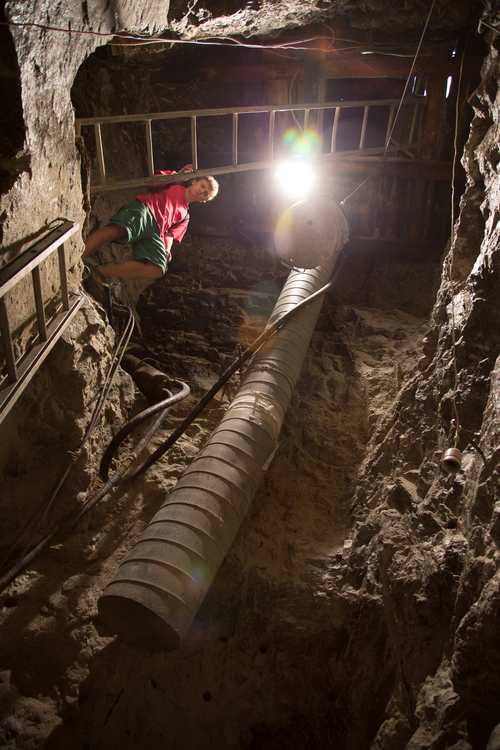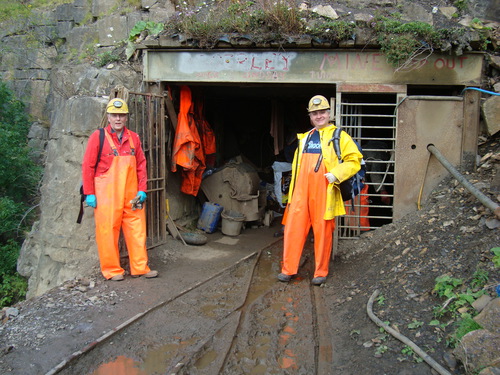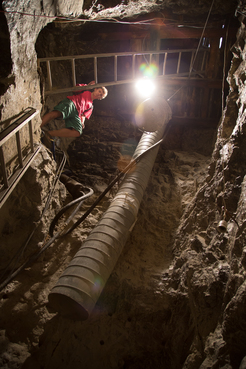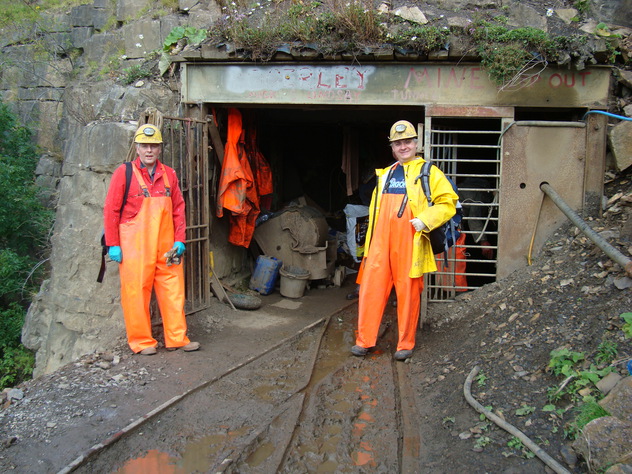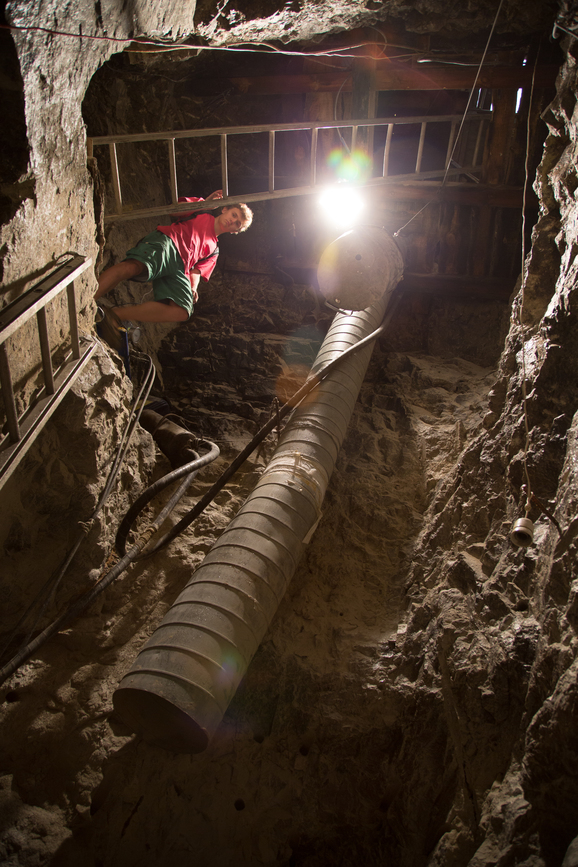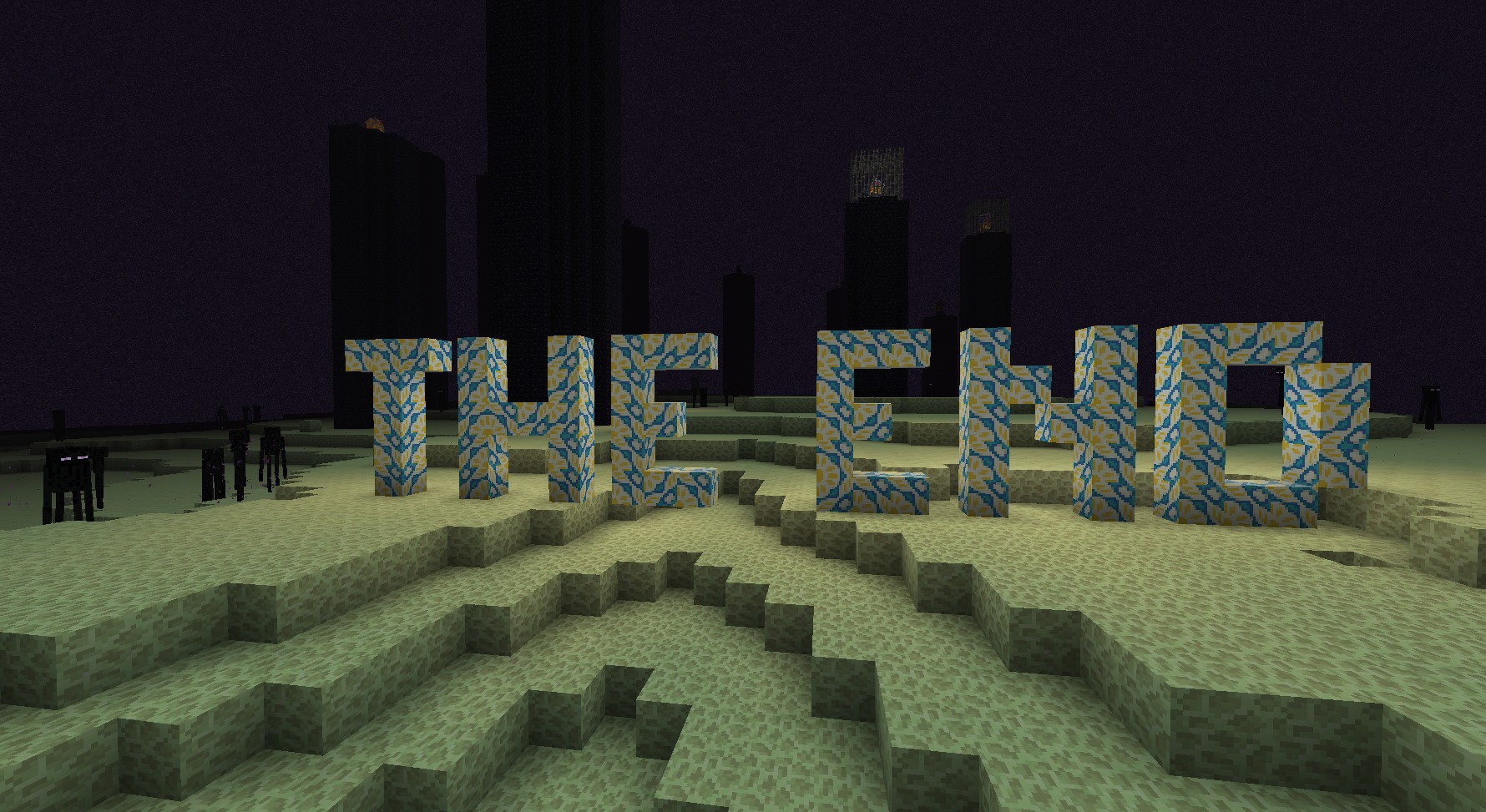The Rocks and Minerals of Minecraft
By Jolyon Ralph, special thanks to Erin Delventhal!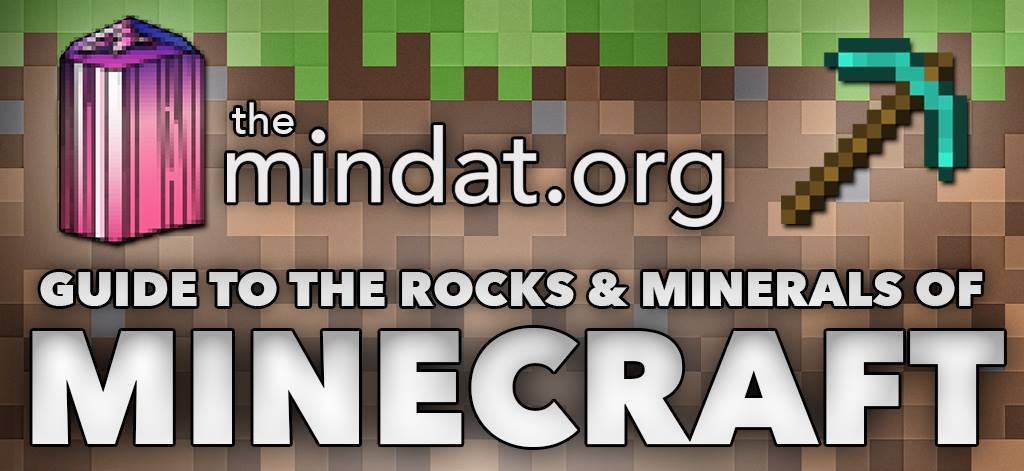
Now updated for Minecraft Version 1.16!
Minecraft is a tremendously popular sandbox game where you mine for resources, build things, defeat monsters and explore a virtually unlimited world.
Have you ever wondered how similar the Minecraft resources are to rocks and minerals in the real world? Let's find out!
Quick Links
- Stone!
- Granite!
- Diorite!
- Lava and Magma
- Andesite!
- Basalt
- Dirt!
- Podzol?!?
- Cobblestone
- Blackstone
- Bedrock
- Diamond and Diamond ore
- Coal
- Clay
- Sand and Gravel
- Flint
- Gold!
- Gilded Blackstone!
- Iron
- Lodestone
- Lapis Lazuli
- Sandstone
- Red Sandstone
- Moss Stone
- Obsidian
- Crying Obsidian
- Redstone?
- Ice and Snow
- Netherrack
- Soul Sand
- End Stone
- Glowstone
- Emerald
- Nether Quartz
- Daylight Sensor
- And finally, Prismarine
- Mining
- The End
If you want to learn more about any specific item as you're reading, you can click the links to view more information and lots more photos!
Yes, plain old Stone. You get to see a lot of this in Minecraft, and you get to dig through a lot of it. It's boring, it's everywhere, but it's useful as a building material and it's critical for making tools during that very brief period when you start the game before you discover Iron.
In the real world, we use the words 'stone' and 'rock' to describe any natural stone or rock that hasn't been identified more accurately. So, here on mindat.org we use the page rock to group all different types of rock together. You might be surprised at how many many different types of rock exist!
Remember: A rock is not the same as a mineral.
Rocks are made up of multiple minerals. For example, the rock granite is made up of feldspar and quartz, often with mica and other minerals thrown in for good measure. Granite isn't a mineral in exactly the same way that a fruit salad isn't itself a fruit, it just contains lots of them.
Random unrelated fact: Did you know in Hong Kong they eat fruit salad with mayonnaise?
Since we were talking about Granite, here it is! A relatively recent addition to Minecraft, it's found in the game as a type of stone in thick seams, often in mountains, but can be found anywhere. It's pinkish and can be polished and used as a nice building material.
Granite is an igneous rock, which means it forms from molten rock that cools and solidifies into rock.
Further, it's a plutonic or intrusive rock, which means that the molten rock cools slowly underground rather than quickly from a lava that has erupted onto the surface. Because it cools slowly, the crystals have time to grow bigger than in volcanic or extrusive rocks (that's the stuff that erupts!). We'll talk more about this soon.
Note: In the image above it's not Lava in my hand, it's a block of orange wool. Never try to hold lava in your hands, especially not in the real world.
Granite doesn't have to be pink. It's often whitish or grey. But reddish/pinkish granites are certainly not uncommon. There's also an unusual type of granite that's called graphic granite - this granite has crystals of quartz and feldspar that have grown together in a weird oriented way which often resembles ancient writing.
Interesting fact: Graphic granite can be an indication that crystals are nearby!
In the real world, granite isn't usually found in seams and small clusters of blocks as it is in Minecraft - instead, it makes up entire mountains! Granite is very common, and large areas of the Earth's crust are built from granite.
In Minecraft, Diorite is another recent addition and is found and used in pretty much the same way as Granite.
In the real world, diorite is another plutonic or intrusive igneous rock, like granite except it's made up of a slightly different set of minerals.
It still contains feldspar, but has much less quartz and usually contains amphibole and biotite which are both dark-colored minerals, which makes the rock darker than granite.
Interesting fact: The darker color is caused by an increasing amount of iron and magnesium!
The rock above is called a hornblende oligoclase diorite because it contains hornblende (a type of amphibole) and oligoclase (a type of feldspar), but is otherwise quite a typical diorite.
Now, before get on to the next rock type, Andesite, we need to have a talk about Lava!
Lava and Magma. (Wait, how can snow settle on Magma!?)
Anyway, you know lava. It's hot and it comes out of volcanoes. It's this stuff:
But what's the difference between lava and magma? They're both molten rock...
Firstly, let's talk about liquid hot magma...
Lava is molten rock that has come to the surface. Magma is molten rock that is still underground.
Generally, as we mentioned before, lava cools quickly and makes rocks with tiny crystals, magma cools slowly and makes rocks with larger crystals. So, if you want to be accurate when describing your Minecraft explorations:
Andesite, in Minecraft, is found in exactly the same sort of places as Granite or Diorite (and for reasons I can't quite understand, in the basements of igloos).
In the real world, andesite is an extrusive or volcanic igneous rock - one that forms from the cooling of lava.
It has the same mineral composition as diorite, but with smaller crystals.
Andesite isn't really the most exciting rock to look at in the real world.
Interesting fact: Andesite is pretty common on Earth, but some scientists think it might be a major component of the surface of Mars (they're still arguing about it though).
Basalt is new in Minecraft update 1.16
The Minecraft Nether Update (1.16) has filled the underworld with dark basalt columns. Basalt, as you could easily guess, is another type of rock that's found in the real world.
It's another extrusive volcanic rock that forms when lava cools relatively quickly. Here are some exciting basalt photos.
Ok, yes, I lied about the 'exciting' part. Sorry.
Interesting fact: Basalt really does form columns in the real world, but unlike Minecraft these columns are usually hexagonal. These form when the rock contracts as it cools.
"Wait," I hear you shout, "Dirt isn't a rock!"
Well, actually, it kinda is. Except we should probably call it 'soil' rather than 'dirt' because 'soil' sounds just a tiny bit more scientific, and we like that.
To be more strict, we're talking about sediment rather than rock.
What is a sediment? It's basically bits of rock and/or bits of dead plants or animals that have piled up somewhere.
Over time sediment can get buried and compressed, and that can turn soft sediment into hard rock.
So, you compress sediment into rock, what kind of rock do you get? That's right - sedimentary rock! We should see some of that soon here...
Note: Oh, and I'm not going to show you any photos of real dirt because, well, that's a bit of a waste of time. Just turn your shoes upside down if you want to see some dirt.
"What's podzol?," I hear you ask?
Podzol, or as it's known in most places spodosol, is a very special kind of FANCY dirt.
Spodosol is a soil containing an ash-like layer usually associated with forests.
And forests are exactly where you'll find it in Minecraft (well, Mega Taiga biomes to be precise).
Interesting fact: Spodosol is usually not a great soil for growing things in because it's very acidic.
One of the first things new Minecraft explorers discover is that the smooth nice Stone they mine turns into ugly, lumpy Cobblestone.
So, Cobblestone is basically broken rock all stuck together somehow to make a building material.
Now, building materials are all very interesting - I could talk for hours about bricks - but it's not what we are here to discuss, is it? We're only looking at natural materials in Minecraft and their natural counterparts in the real world.
So why is Cobblestone in our list? Because in Minecraft it can be found naturally, where Lava has come in contact with water.
In the real world, when Lava erupts underwater, it forms something that is similar to the Cobblestone we see in Minecraft: we call it pillow-lava.
Here's what pillow lava looks like when you dig through a deposit of it in the real world:
That's our Cobblestone, for sure! But what's WAY more exciting is how it is formed!
Here's some video of pillow lava forming underwater:
Also new in the 1.16 update is blackstone which is a sort of basalt cobblestone found in the Nether. It can be used in the same way that cobblestone can, to make various decorative blocks, slabs, furnaces, weapons and tools.
In reality, 'blackstone' would just be a darker type of pillow lava
Here's a picture of a nice basalt pillow lava.
If you dig deep enough, you'll hit Bedrock. This is true both in Minecraft and the real world.
But in the real world, we call 'bedrock' the first hard rock you hit after you've dug through the soil. It's NOT an impenetrable barrier.
What do we have that's similar? Do we have a rock that's so tough it's impossible to dig through?
Not exactly.
But it turns out it's really difficult to dig very deep holes in the Earth anyway.
So let's have a look at what the inside of the earth looks like!
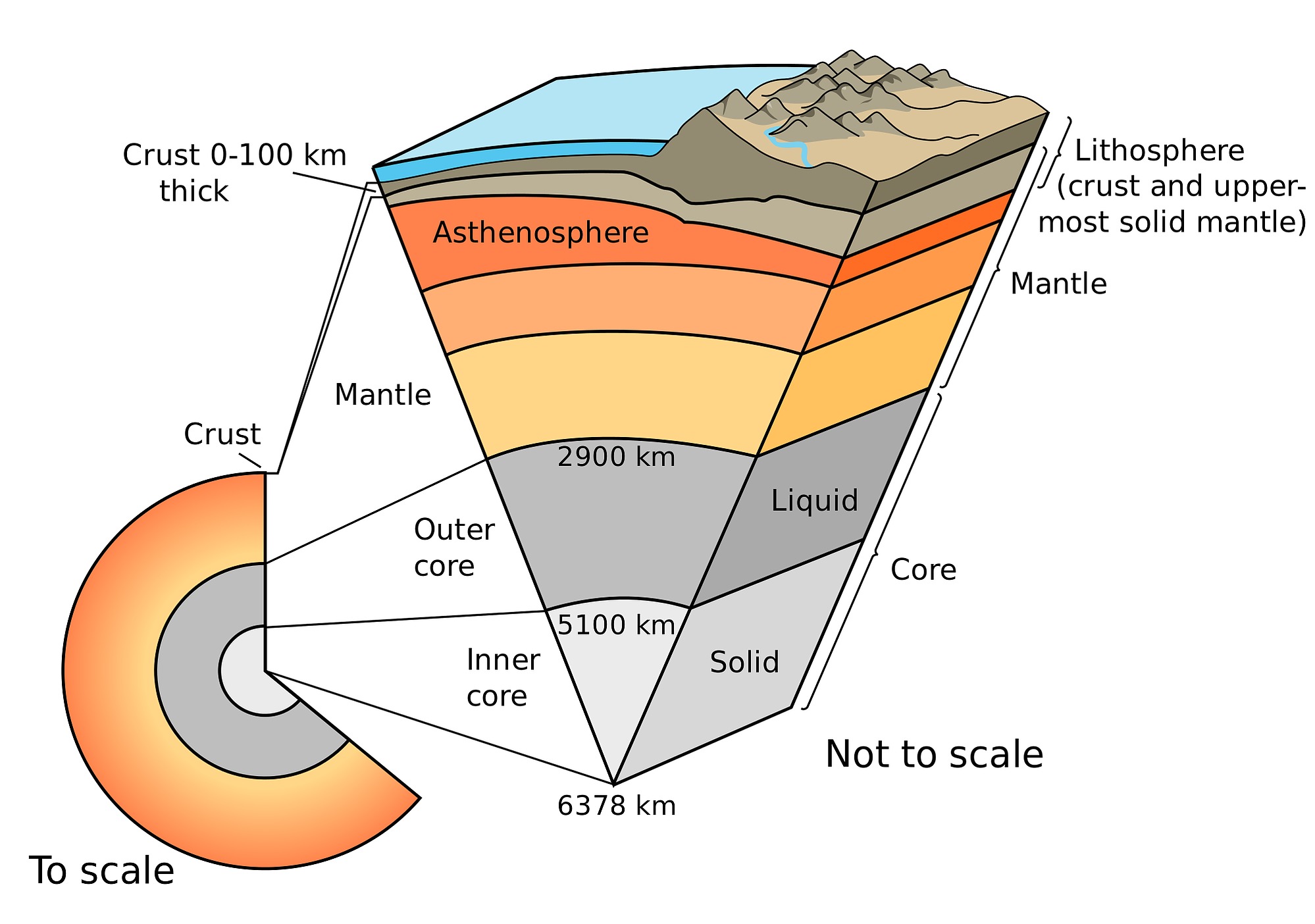
The Earth is mostly made up of very hot rock and metal. The thin outer layer of rock called the crust is all that we can see.
But don't let the name 'crust' fool you. It's not like bread at all with a hard crust protecting a soft spongy starchy interior. The deeper you go inside the earth, the hotter it gets and that makes it very difficult to dig through.
You see, no-one has ever dug deep enough to go through the crust.
Interesting fact: Back in the 1970s, the Soviet Union did try drilling a very, very deep hole to see what would happen: The Kola Superdeep Borehole. They drilled 12 kilometers (7.5 miles) down, and still didn't reach the mantle. They quit when they were only 1/3 of the way down because the rock reached temperatures of 180 °C (356 °F)! Remember, the deeper you dig the hotter it gets, and that makes drilling difficult (especially when your drill starts to melt!).
But let's just say that you did manage to dig down through the crust and reach the mantle. What do mantle rocks look like? Are these our 'bedrock'?
Fortunately, we do know what they look like because sometimes fragments of the mantle are carried up by volcanoes. Here is a piece of the mantle - a bit of rock that's come from tens of kilometers down and was brought up to the surface through a violent volcanic eruption.
The green stuff is the mantle rock - in this case, it is mostly the mineral forsterite, which a type of olivine.
Interesting fact: sometimes this olivine can form crystals large and clear enough to be cut into gemstones. Olivine as a gemstone goes by the name peridot.
The molten rock (magma, remember?) carried these fragments of the mantle up with it from deep below the Earth and, when it erupted, this molten rock (now it's called lava, remember?) cooled and turned into this volcanic rock with these green chunks of the mantle still trapped inside.
So, perhaps this green, olivine-rich rock (more properly called olivinite) is the closest thing to our Minecraft bedrock.
But wait. This olivine isn't the only thing that's carried up from deep below us in the mantle by volcanoes...
In Minecraft, you have to dig DEEP to get Diamonds. In the real world that's not always true!
Diamonds do form deep, deep in the Earth. We think they form at around 160km (100 miles) down inside the Earth's mantle.
Remember: It's very hot there, but there is also lots of very, very intense pressure because the weight of everything above it is pushing down on it!
But that's exactly what you need to create a diamond!
But before we get too deep into this subject, let's take a couple seconds to appreciate how beautiful diamonds are!
Here are some natural, uncut diamond crystals.
Now, back to the science! Diamond is, as you know, made completely from carbon.
Some diamonds are thought to have been formed from organic matter that has been carried down deep into the earth. So if something that dies (a dinosaur, for example) gets buried it can turn into oil if the conditions are right. But if it's really, really lucky and gets transported deep enough, it could turn into a diamond.
Important fact: As far as I know there are no known diamonds made from dinosaurs. The youngest diamonds are 900 million years old, which is at least 3-4 times older than the dinosaurs
Now, that's not to say that somewhere deep below us the remains of a dinosaur aren't turning into a diamond right now, but we may have to wait a few hundred million years before it finds its way back up to the surface!
Boring fact: Most of the organic matter that formed oil (and probably some diamonds) actually came from algae.
"Diamond ore" is the rock that diamonds are found in. We generally don't call it 'diamond ore', most geologists only use the term 'ore' for rock that needs to be heated or treated with chemicals to process it, with "diamond ore" the rock is just ground up and the freed diamond crystals picked out. We'll explain a bit more about ore later, because right now you want to read more about diamonds!
There are several types of rock that diamonds can be found in.
The most famous is one called kimberlite, named after the town of Kimberley in South Africa where the Cullinan Diamond (the world's largest diamond) was found. Kimberlite forms 'pipes', which are big solid tubes of rock that started way deep down in the mantle and (because of some pretty complicated stuff) the magma expanded rapidly towards the earth's surface. (They were very explosive, but they're also very rare so you don't need to be worried about that.) The tubes of magma that flowed up towards the surface carried the diamonds with it, cooled, and turned into solid rock, trapping the diamonds within the rock.
Another rock that diamonds can be found in is called eclogite. It's another green mantle rock like the olivinite we saw earlier. Here are some of these rocks:
So this is how diamonds, even though they formed very, very deep below us, can be found at the surface of the Earth.
Many diamonds are mined from alluvial deposits - sands and gravels - where they collected after being released from the rocks they were originally trapped in over millions of years of erosion.
Of course, it's not "diamond ore" unless it has diamonds in it. But diamonds are exceptionally rare, even in a diamond-bearing rock such as a kimberlite and only one in a hundred kimberlite 'pipes' contains any diamonds at all.
Still, here is what it would look like if you dug out a REAL piece of "diamond ore."
But wait! Diamonds aren't used for jewelery in Minecraft, but for making tools. How does that work?
In Minecraft, diamonds are extremely tough and can be used to make pickaxes and diamond armor. In the real world diamond is hard, but it is not tough, and there's a big difference!
So what is the difference?
Diamond is hard, which means it can scratch any other natural material and no other natural material can scratch it. Hardness describes a thing's ability to resist abrasion.
Diamond is not tough. In mineralogy, the measure of how tough a thing is is discussed using the term tenacity, which describes the type reaction the thing has to physical stresses like bending, crushing, and breaking.
There are lots of words that describe how materials react to these stresses, and diamond is what we call "brittle." This is why if you take a hammer and hit a diamond, you'll suddenly have a lot of very tiny pieces of diamond (and the person you took the diamond from will be very upset).
So diamond is used for drilling tools, grinding tools, and anything where the abrasive nature of the diamond is important. But it can never be used for things like a sword or a pickaxe (at least, not if you want to accomplish anything)!
Interesting fact: There is such as thing as a diamond chainsaw. And it can be used in mining
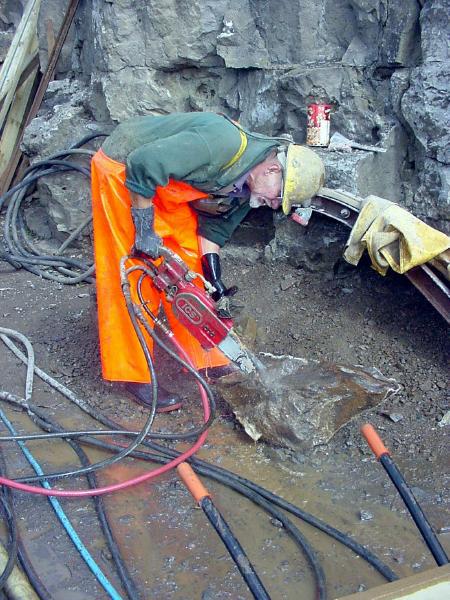
Byron using the diamond chainsaw
Rogerley Mine, Rogerley Quarry, Stanhope, County Durham, England, UK
Rogerley Mine, Rogerley Quarry, Stanhope, County Durham, England, UK
I'm assuming you already know what coal is, but I'll tell you again anyway.
Coal is the compressed remains of fossil plants (mostly trees) from ancient forests that were buried in sediment, squished by the pressure of all the other rocks that eventually covered them, and got squeezed and heated into coal. It hasn't been buried deep enough, or become hot enough, to turn into diamond.
In Minecraft, you find 'veins' of a few dozen blocks associated together. In the real world these coal veins, or coal seams as they are more usually called, can be tens of meters thick and cover vast areas!
Here are some coal photos I found especially for you.
Interesting fact: That last one, jet, is a special type of coal that is actually used as a gemstone. It can take a good polish and the Victorians used to use it a lot for mourning jewelery.
Yes, clay is a rock. It may not seem like it, but it is - not all rocks have to be, um, rock hard.
Clay is made up of tiny particles formed from the erosion of other, older rocks.
So it's a sedimentary rock!
It's formed from tiny particles of mashed-up rock which has been altered into brand new minerals - primarily a group of minerals called, quite predictably, clay minerals. And because they're made up of tiny particles you can't see without a microscope they tend to be very, very boring.
Note: There are some people who specialise in the study of clay minerals. They tend to be very, very boring too.
Actually, I lied - they can be fascinating! Here are some photos. On the left normal clay in a rock face, on the right some highly magnified clay mineral photos.
Yes, now we're getting lazy and combining sand (and red sand) and gravel to talk about them all together. But that's because in the real world, they're quite similar!
Sand and gravel are classed as sediments and will become sedimentary rocks sooner or later - as soon as they get squeezed or cemented together somehow.
Technically, "sand" is a sediment where the grain size is between 0.0625mm to 2mm, and "gravel" is a sediment where the grain size is between 2mm and 64mm. Unlike clays, these are generally grains and pieces of the original rocks that have been ground up and rounded rather than changed into new minerals.
In Minecraft, if you dig through gravel, you'll soon enough start collecting flint. Like many things in Minecraft this isn't far from the truth.
In some gravels, especially those that formed where chalk rock was eroded, pretty much every single pebble is flint.
The best flints are the jet black flints found in the white chalk, especially in the South East of England and across parts of Europe. In Poland and Russia they even find banded flint which is especially fancy.
But can you actually make fire from flint?
Yes, flint and steel is a real and very traditional way to start a fire. If you ever wanted to try it, look at this video:
Note: Please use this information responsibly!
Gold, a precious metal prized like no other, mostly because there aren't any other precious metals in Minecraft...
In the real world, gold is a precious metal prized almost like no other. Other metals (such as platinum) may be more valuable, but everyone understands gold and it's value.
Unlike most metals, gold is usually found in nature in it's native state. That means it is found as just gold, not combined with other elements such as sulfur or oxygen into an ore mineral.
But wait, that doesn't mean there are just big chunks of gold laying around all over the place!
Usually gold ore looks like this:
No, that's not gold you see on the rock. That's rust.
Most gold ore has gold as microscopic particles you can only see with magnification, and often so few of them you'd need to search through a pile of rock for hours to find one. But even then, the rock can be economic to mine for gold!
Big pieces of gold can be found, but they're much, much, much rarer. And of course, we've got all the photos to prove it. Some are nuggets (water worn) and some are even crystals. (Yes, gold can form crystals too!)
Interesting Fact: Remember when we talked about tenacity? Gold is what we call malleable, which means that could hit it with a hammer and it wouldn't smash - instead it would flatten into a thin sheet of gold metal. But in the same way as when you smashed that diamond, the owners would not be very impressed at this.
Deep in the Nether (version 1.16 onwards) are the remains of the Piglin castles, the Bastion Remnants. Sometimes these contain Gilded Blackstone which is a type of blackstone that's a source of gold nuggets.
In reality, gold can sometimes be found in basaltic rocks, usually a type called an 'epithermal gold deposit', which is where the basalt has been altered by water which has been super-heated by the heat of the magma close to the surface.
Finding iron is the important step in transitioning from your Minecraft 'stone age' to the age of metal tools.
Iron ore is pretty common worldwide, and the two most common iron ore minerals are hematite and magnetite, both of which are combinations of iron and oxygen.
One interesting thing about iron - it takes a lot of energy to smelt iron from iron ore, which means you need high temperatures, which is why it took people a long, long time to figure out how to get iron.
But some early cultures, such as the Ancient Egyptians, had a very small number of iron objects and weapons before they knew how to smelt the ore. How did they do this?
They found metallic iron in meteorites and used that! Some meteorites are composed almost entirely of iron and nickel. A dagger found in the tomb of Tutankhamun was shown to be made from meteorite metal!
Here's a slice of an iron meteorite.
In Minecraft (1.16 upwards), a lodestone can be used to alter the direction that compasses point - very useful for finding your way home.
In the real world 'lodestone' was the name given to natural magnetic minerals - notably the iron ore magnetite you just read about - used to create compass needles.
A lodestone can only change the direction of a compass needle if held very very close, the magnetic field of the Earth is far too strong for any magnet to alter a compass from greater distances.
Lapis lazuli is a beautiful decorative stone both in the Minecraft world and the real one.
In Minecraft, Lapis Lazuli can be turned into a blue dye, but in the real world Lapis Lazuli was ground into a powder and used to make blue oil paints.
The big difference between Lapis Lazuli in the Minecraft world and the real world is that there really isn't such a thing as "Lapis Lazuli Ore". The rock Lapis Lazuli is quarried and the rock is then carved into whatever shape item is needed - no smelting or processing other than this is needed.
Lapis Lazuli is a rock composed significantly of a blue mineral (lazurite* or hauyne) along with some calcite and pyrite.
Interesting fact: The Ancient Egyptians loved pyramids, cats and Lapis Lazuli. It is thought that the Ancient Egyptians got their Lapis from a mine in what is now Afghanistan. This mine is still working today producing most of the Lapis Lazuli currently on the market.
*Boring fact: Although the rock Lapis Lazuli was named after the mineral lazurite, we have since found out that a large percentage, maybe the vast majority, of 'lazurite' in the rock Lapis Lazuli is actually a slightly different mineral called hauyne. The name Hapis Hauyli doesn't really sound anywhere near as cool though.
In Minecraft sandstone is a rock that's made out of sand. No prizes for guessing that's exactly what it is in the real world too.
Sandstone is a quite common sedimentary rock.
Sometimes the grains of sand are cemented together naturally and it's a very hard rock, other times it's quite loosely compacted and you can break it back into sand grains again using your fingers.
Here's some sandstone:
Most sandstone is made out of grains of the mineral quartz, which we'll see more of later...
What about Red Sandstone? Yes, sandstone is often red, this is quite common especially in desert environments.
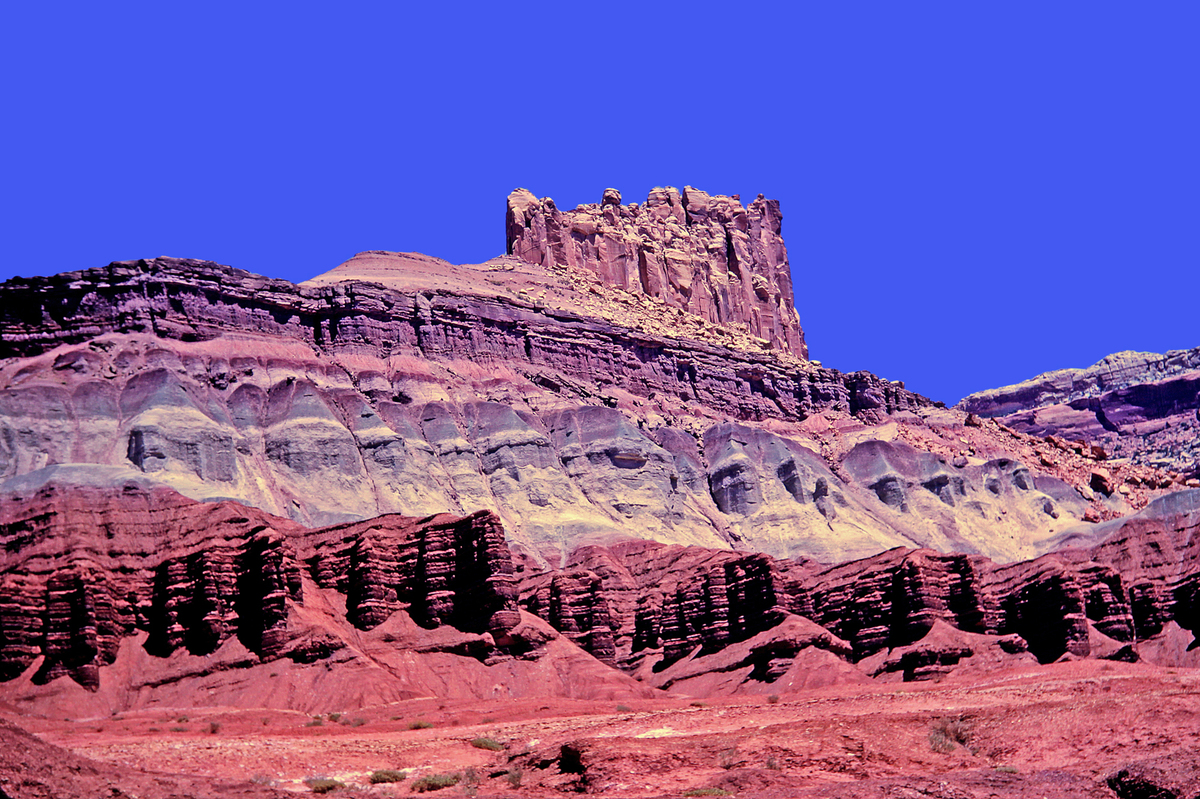
Geology of the Capital Reef National Park
Capitol Reef National Park, Capitol Reef Area, Wayne County, Utah, USA
Capitol Reef National Park, Capitol Reef Area, Wayne County, Utah, USA
Interesting fact: Pure quartz sandstone would be white, but impurities give it a color, and in this case it is iron oxide (which you better know as rust) that colors this sandstone red. Yes, it's rusty sandstone.
Now, Moss Stone in Minecraft is just a Cobblestone with moss growing in the cracks.
But in reality there are "mossy" types of stones where the green patterns are totally natural and not organic at all.
The most famous of these is called moss agate. Have a look at some pieces:
Moss Agate is a semi-precious gem material that's made up of quartz with green inclusions of chlorite that give it the distinctive mossy pattern.
These inclusions are not fossils, they're not something living that's grown into the rock, they're 100% inorganic, just irregular groups of chlorite crystals that grow in a way that resembles moss.
It's also sometimes called tree agate.
What do you get in Minecraft when you put water onto lava? That's right, obsidian!
In the real world that's almost how it works, except usually it's a very sticky slow-moving lava which cools very quickly in cool air.
As we mentioned before, when a rock cools slowly you get big crystals. When a rock cools quickly you get small crystals, and when a rock cools very, very quickly it doesn't have time to grow any visible crystals at all - it turns to glass, a glass we call obsidian.
Here are some photos of natural obsidian. The one on the right is called 'snowflake obsidian', the white patches are a mineral called cristobalite.
As far as we know, there is no way in the real world to open up a gateway to another dimension using obsidian bricks. But if you have some spare time feel free to try...
A new type of obsidian is found in the 1.16 update of Minecraft, it glows and drips glowing purple particles. It's found as part of ruined portals.
As far as we know there are no natural forms of obsidian that cry, however shards of obsidian are very sharp and if you cut yourself with one you could be the one crying!
There are many things geologists argue about. There are many mysteries that haven't been solved. But one thing that causes a surprising amount of debate is "What on Earth is Redstone?"
Redstone isn't obviously mapped to any real-world rock or mineral. It's something that's been made-up for the game.
But that hasn't stopped geologists and mineralogists from coming up with their own theories.
The best theory is that redstone's electrical properties relate to copper in the real world.
One popular theory is that redstone relates to a beautiful red copper mineral called cuprite.
Here are some photos of cuprite:
Cuprite is sometimes mined as an ore of copper, and it can be smelted to produce copper metal.
But we don't have to put redstone ore in a furnace to get redstone out in Minecraft, so I think that Redstone is not cuprite, but native copper - a pure copper metal found in some rocks.
Native copper can be taken out of the rock and worked and used as copper without any further processing, so it's a much better match to redstone than cuprite.
The problem is that it's not really red, it's more, well, coppery. Sometimes it does get quite red, and I'll try to find the reddest of our red copper photos for you (sometimes it's red because it's coated with a very thin layer of cuprite, but pretend I didn't tell you that).
Yes, ice is a mineral. Not the ice cubes in your freezer because those are man-made. But natural ice, such as you'd find in glaciers, at the North Pole or as snowflakes.
Here are some natural ice crystals for you to enjoy. They're quite beautiful and believe it or not, there are some people that collect ice crystals!
As with all of these entries if you want to learn more, just click the mineral name link and you can view lots more photos. As of today we have 274 photos of ice! Or just click here if you're too lazy to follow the links.
Note: A mineral is defined by several things, but one of them is that it must be naturally occurring.
Here are some natural ice crystals for you to enjoy. They're quite beautiful and believe it or not, there are some people that collect ice crystals!
As with all of these entries if you want to learn more, just click the mineral name link and you can view lots more photos. As of today we have 274 photos of ice! Or just click here if you're too lazy to follow the links.
Now, this is going to be a fun one to try and match with the real world.
Let's check the properties.
- Rock-like. OK
- Stays on fire when you light it. Hmmm tricky.
- Found in the underworld. Ah. I think we have a problem.
- Stays on fire when you light it. Hmmm tricky.
- Found in the underworld. Ah. I think we have a problem.
Strangely there is something that almost matches. It's rock-like. It can burn (but it doesn't burn the same way that Netherrack does). And it is historically associated with the Devil and the underworld.
That thing was known as Brimstone and is now known as sulfur. Ok, but there's one big problem. It doesn't look anything like Netherrack.
Let's scratch that and look just for rock-like things that burn and look just a little bit more "Netherracky".
What about peat?
Who? No, what.
Peat is another type of soil. This time one that is mostly made of plant debris. It can be cut into blocks, dried, and burned as a fuel.
Well, peat is associated with wet marshlands, not the
One last try. Let's look at sapropelite, which you may have heard about under the more informal name of 'Oil Shale'.
This is a rock that can burn. Here's someone setting fire to a couple of pieces.
Here's a photo - it definitely looks a little more "Netherracky!":
And since shale is a rock formed by compression of clay, silt, or mud, it was buried pretty deep at some point!
So it's not perfect, but it's at least a better match than sulfur or peat. So, until we can think of something better, this is our Netherrack in real life.
Ok, since we've already set sail on the good ship U.S.S. Tenuous, we might as well complete the voyage and say that Soul Sand is "oil sands" or "tar sands" or, again to be scientific (but with a cool name this time round) bituminous-sand.
Note: To avoid embarrassment, put the emphasis on the second syllable of 'bituminous' when you say it out loud.
These are being talked about a lot right now as they're seen as a major source of oil for the future. Of course, a huge new source of oil might not be the best thing for the world right now as we try to move towards cleaner, renewable, energy sources - so perhaps there is at least the tiniest link between hell and bituminous-sand.
Here's a photo of a quarry with bituminous-sand. It does look quite menacing.
Here we go again... End Stone, in Minecraft, is the material found in 'The End', which unsurprisingly is at the end of the game when you play it as a proper game. It looks a bit like cheese but we really have no other properties of note to make any judgement about it.
So, judging by appearance alone, and because I want to get back to real rocks in Minecraft, I'm going to assign it to something based just on appearance*.
And that would be conglomerate.
Conglomerate is a sedimentary rock made up of rounded pebbles of various sizes along with sand and finer particles all compressed together into a hard rock.
Here are some examples:
Interesting fact: One type of conglomerate is called pudding stone, but please don't try eating it.
*Note: Assigning identities to rocks of minerals by appearance only is not a recommended policy - looks can be deceiving! There are lots of tests that can be done to tell you important information about a sample of rock or mineral. But unfortunately, we don't have any End Stone to test.
Glowstone is found in the Nether in Minecraft and emits light.
There aren't any stones that naturally glow without some kind of energy being put into them first, but there are some that glow in a very spectacular way when put under an ultraviolet light!
These are minerals that show the property of fluorescence, and they are quite beautiful.
On the left is the rock under normal light, on the right, the same rock in short-wave ultraviolet light.
Here's a gallery of some more fluorescent rocks and minerals...
But wait! There may be an even better match for Glowstone.
Important fact: Some minerals glow with unusual colors when they're heated. The property of giving off light with exposure to heat is called thermoluminescence.
And we all know that the Nether is a hot place. Maybe that's what causes the Glowstone to glow?
Here are some bits of thermoluminescent fluorite that have been thrown in a camp fire and are now glowing blue:
In Minecraft, Emerald is a precious gemstone rarer than diamond only ever found in extreme hills biomes. In reality? Yes, it's another thing Mojang got exactly right! Emeralds - or at least the best quality gem emeralds - are rarer than diamonds. They're also usually found in mountainous regions.
Emerald is the name given to the green gem variety of the mineral beryl. Beryl is also an ore of the metal beryllium.
Most beryl is pretty ugly. Here are some ugly beryls for your enjoyment:
But occasionally as a beryl crystal grows, it captures a little chromium (or possibly vanadium) which can, in the right conditions, turn it a brilliant green color. This is what we want to see! Non-ugly emerald:
What about "emerald ore"? What do these rocks look like?
Emerald is unusual for a gemstone because it can be found in a variety of different rock types. In Colombia, it is associated with black shale, in many other places it is found in a metamorphic rock called schist (no jokes, please).
Ok. Quartz ore is not a thing, at least not in the real world. Rock with quartz in it isn't usually called quartz ore. Its called, um, a rock with quartz in it.
Note: The term ore refers to any rock or mineral that contains an economic quantity of extractable metals or other elements. That means you have to be able to make money from mining it, or it's not an ore! This leads to some interesting situations, but we'll talk about that another day.
Anyway... In Minecraft "Nether Quartz Ore" (ugh) is found (surprise!) in the Nether. You mine it and smelt it to get Nether Quartz which can be used to make certain redstone devices such as the Redstone Comparator or the Daylight Sensor. You can also use Nether Quartz to turn Cobblestone into Diorite, and Diorite in to Granite. We'll talk about that in a bit.
So, back to the real world.
Quartz is one of the most common minerals found on the Earth.
Most sand is tiny rounded grains of quartz, so sandstone is mostly made up of quartz. Quartz is a common mineral in many igneous rocks such as granite as we mentioned before. To read more about the most common minerals, click here.
So what does quartz look like? I'm glad you asked... Here are a few, but you can also view a whole load more quartz photos here.
Now... What about this making Diorite from Cobblestones stuff?
Actually, this is quite a smart thing that Mojang put into Minecraft because it shows the difference between some of these rocks. Pay attention carefully here!
Diorite is an igneous rock that contains only a small amount (if any) quartz. If we assume that our 'cobblestone' is a volcanic rock that contained no quartz (and although that's possible, it's certainly not always the case), then it's fair to say that adding some quartz to a 'cobblestone' could, if you remelted it and let it slowly cool, give you something similar to a diorite.
And if you add more quartz again? Well, granite has a lot more quartz than diorite, so again, cook up some diorite with added quartz, let it cool for a few years and you might just get something more like a granite come out (technically it'd be something called a granodiorite, but they look quite similar to granites.)
Tip of the hat, Mojang. That is a clever one.
Yes, I know this isn't natural, but there is an interesting connection to the mineral world here!
In Minecraft, a Daylight Sensor is crafted using Glass, Nether Quartz and Wood Slabs. In the real world of electronics, a common type of light sensor is called a CdS cell, or CdS photoresistor. They have historically used a material called cadmium sulfide to measure the amount of light falling on them. Cadmium is a toxic metal so the use of CdS cells is now very much restricted and other materials have taken their place.
But yes, cadmium sulfide is found as a mineral in the natural world. The most common of these is called greenockite, and here are the obligatory photos:
In Minecraft, Prismarine is found in underwater ocean monuments. It's a building stone for sure, but so far in the game we've never seen where prismarine actually comes from, whether it's something that the sea creatures made or if it's something they mined from somewhere under the ocean that hasn't made it to the game yet.
So, what can we match this to in the real world? I'm afraid to say there's only one real option, and it's another variety of that ugly beryl we talked about before. It's aquamarine.
Aquamarine is a pale blue to pale green gem variety of beryl.
It forms hexagonal prisms so the name 'Prismarine' really does suit this stuff.
Now I'll let you into a little secret: aquamarine is my least favorite mineral.
"Why?" I hear you ask, "It looks cool,"
Well, yes maybe, but the photos I've shown you are some of the best. More often it's a very pale blue and the shape of the crystals is a plain hexagonal prism, not very exciting at all - at least to me (we all have our likes and dislikes). So I'm all for taking all the aquamarines and using them to build undersea monuments!
What are my favorites? Well, have a look through our past Photo of the Day gallery to see some great minerals (and locations minerals come from!) that we've posted.
There's just one final question.
How does mining in Minecraft compare to mining for minerals in the real world?
Well, a large percentage, maybe the majority*, of the world's minerals come from huge open-cast (also called open pit) mines.
*Note: We're not sure if anyone has ever done the exact math on this, but these large mines move tons (literally) more rock than smaller mines, so by sheer statistics, this is probably true.
To get an idea of the scale of a large mine, here is an open-cast mine we visited recently in Russia:
If you want to read more about our collecting trip to Russia, see the following articles:
1. Part 1!
2. Part 2!
But most mines are much smaller and are actually very similar to the sort of holes you'd dig in Minecraft (except it's a LOT harder to dig through real rock - trust me!)
Smaller mines often have a different "anatomy" than large mines. Instead of large holes open to the surface, small mines are made up of intertwined tunnels and chambers (there's a lot of very specific words for different types of tunnels and chambers, but we'll talk about that another day).
Important fact: Just because a mine is made up of tunnels and chambers does not mean it isn't "large." Some of these mines can be made up of many, many, many miles of tunnels and span large areas!
Here are some scenes from a couple of smaller mines I have visited:
Read more about some of my underground adventures in the following articles:
1. Fluorite mine, UK!
2. Fluorite mine, UK! (same mine, later visit)
3. Dioptase mine, Kazakhstan!
Interesting Fact: Some people assume that it's very cold underground. This isn't really the case at all! Temperatures underground are what we call static, which means they stay the same. So in the summer, it could be 40°C (104°F) or -15°C (5°F) in the winter, but throughout the entire year, it will be the same perfectly average temperature underground. (These numbers vary depending on where you are on earth and it does get hotter as you go deeper, of course, but the point is the same.)
I hope you've enjoyed reading this, and if you want to see more minerals or learn more then stick around and explore our site. Maybe you can find somewhere near where you live to go out exploring to find minerals of your own. We'll help where we can!
If you like this article please share the link with your friends!
If you want to learn more click here to view the mindat.org homepage.
This article is copyright © mindat.org 2017.All Rights Reserved, and may not be reproduced in any way without explicit permission. YouTube videos copyright of their respective copyright owners and embedded as per standard YouTube rules. 3D Blocks on title strips reused from minecraft.gamepedia.com (CC BY-NC-SA 3.0.) Minecraft content and materials are trademarks and copyrights of Mojang and its licensors. All rights reserved. This article is not affiliated with Mojang or Minecraft in any way. Thank you to everyone who helped!
Quick NavStone!Granite!Diorite!Lava and MagmaAndesite!BasaltDirt!Podzol?!?CobblestoneBlackstoneBedrockDiamond and Diamond oreCoalClaySand and GravelFlintGold!Gilded Blackstone!IronLodestoneLapis LazuliSandstoneRed SandstoneMoss StoneObsidianCrying ObsidianRedstone?Ice and SnowNetherrackSoul SandEnd StoneGlowstoneEmeraldNether QuartzDaylight SensorAnd finally, PrismarineMiningThe End

